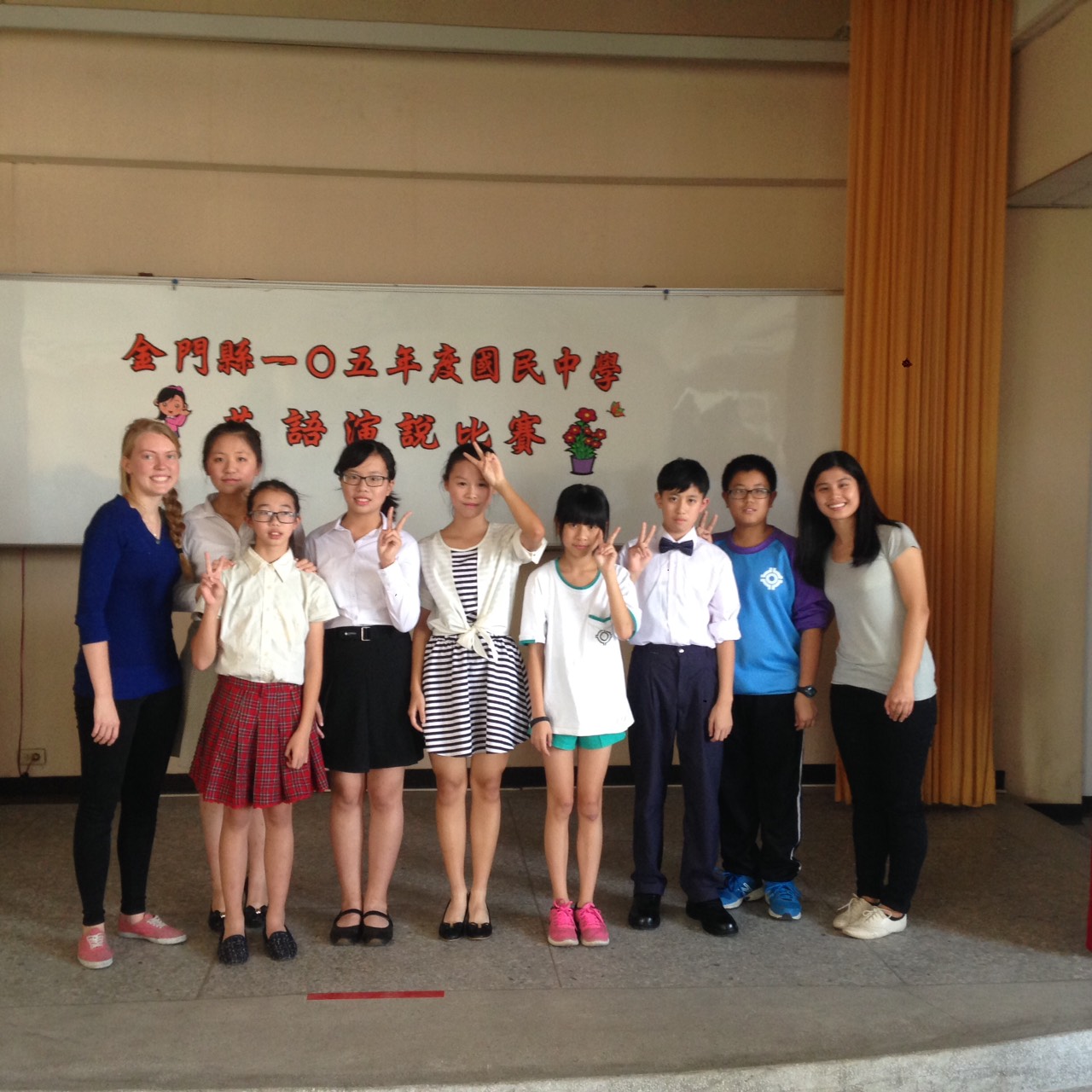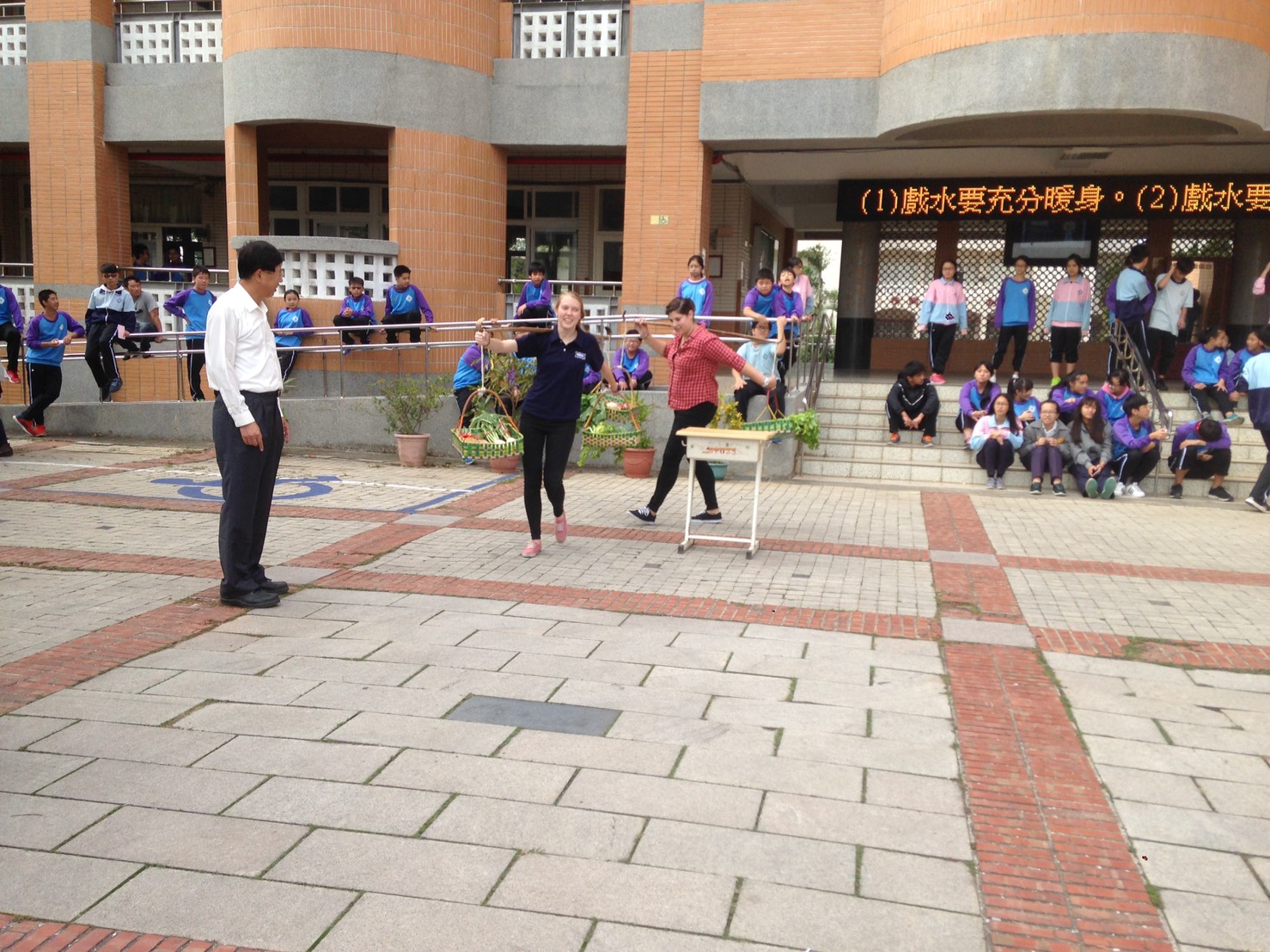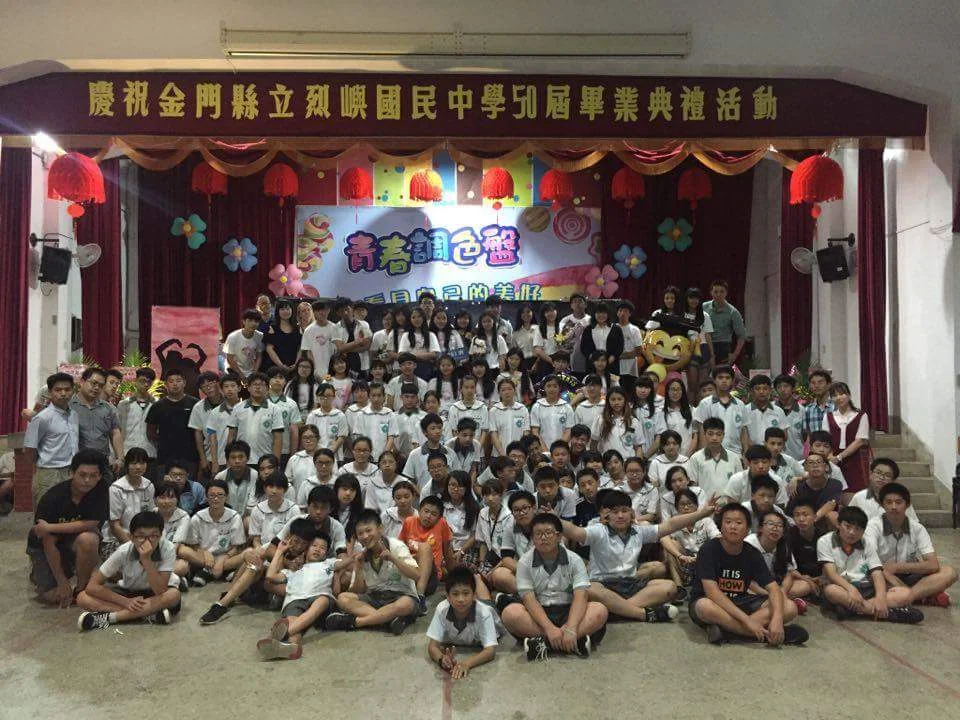
An Lan Elementary School
2019-2020 ETA: Melanie Carroll
Location: Bishan Village, between Shanwai and Shamei
Commute: Short-Medium – From Shanwai, An-Lan is a 5-10 minute scooter ride or a 15 minute bike ride. Taking the bus from Shanwai requires a transfer in Shamei, and is not practical. From Shamei, the school is approximately 5 minute scooter ride.
Resources: An-Lan is equipped with a large English Classroom. All English classes are held there. The room has a smartboard and themed window shades with a variety of English words. The ETA is given free range in the usage and decoration of the room. There is also a small English library in the back full of great books, movies and music.
Teaching: Co-teaching classes are out of the textbook and workbook, but the solo classes are your own to design. You can create your own curriculum, build and expand upon what the kids are learning, or reinforce what students are learning in their regular English classes.
Average Class Size: Around 12-13 students per class
Co-teachers: Two, Samantha and Andrea
Specialties: Beigan- Traditional temple music
An-Lan Elementary School is a small school in the northeastern corner of the island. A majority of the students are from the Bishan and Shanhou areas. Most of the classes are very small and the teachers are dedicated to having the students learn English. Many of the homeroom teachers, even with limited English, will try and help in class in any way they can. An-Lan also celebrates major cultural holidays with fun activities. As an ETA, you are given a lot of freedom to try new things both inside and outside the classroom. For example, I was able to take 1st grade Chinese, calligraphy and traditional Chinese painting with the students. In the beginning, Samantha does a great job of letting you slowly settle into the schedule and teaching solo-classes. The staff here is extremely friendly, and will help you with anything, whether it is working on teaching style, or any problems that occur in your daily life. Samantha is an amazing teacher and is very fun to work with. She is open to new ideas, offers great feedback about teaching styles and has a great sense of humor.
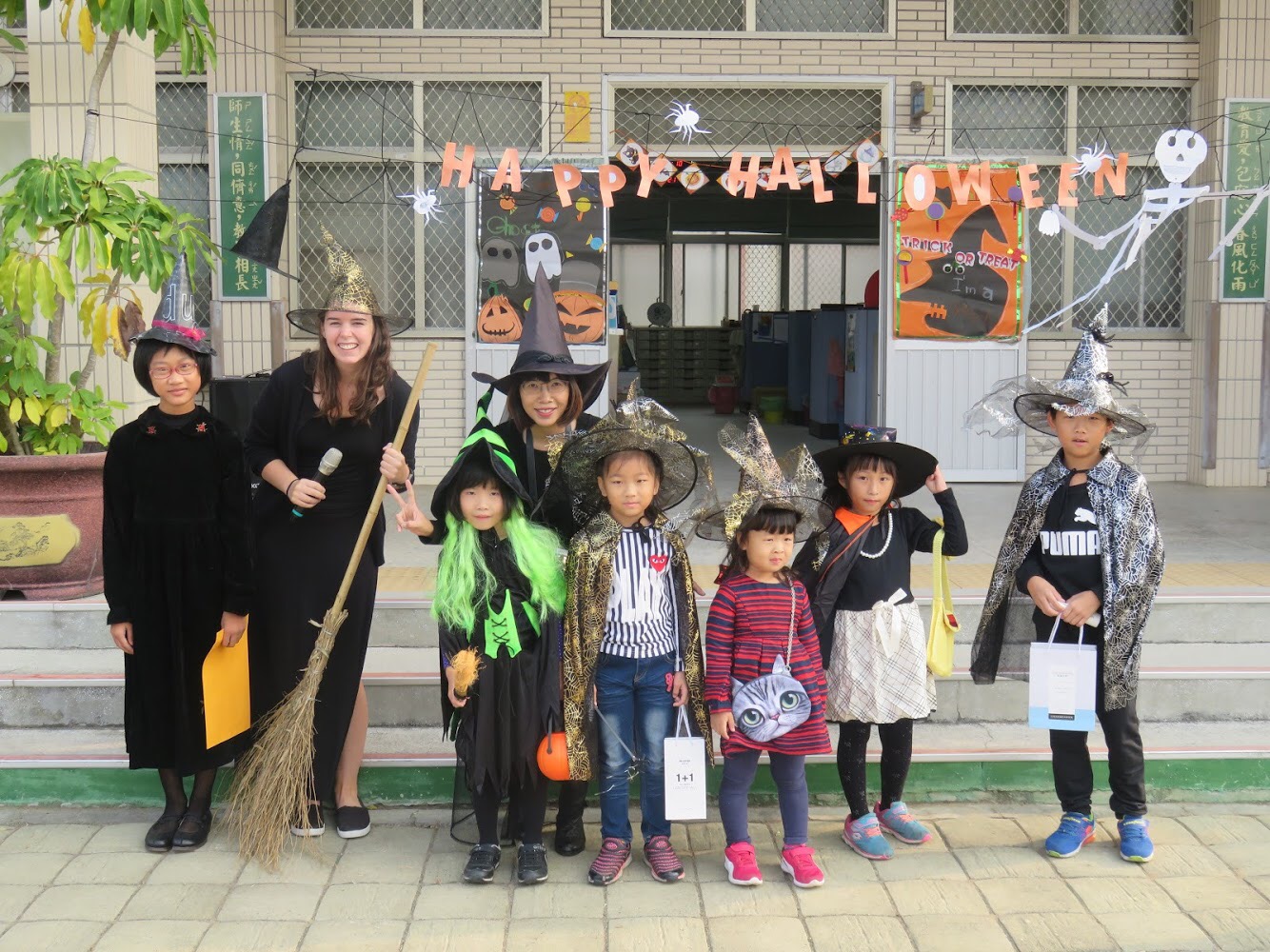
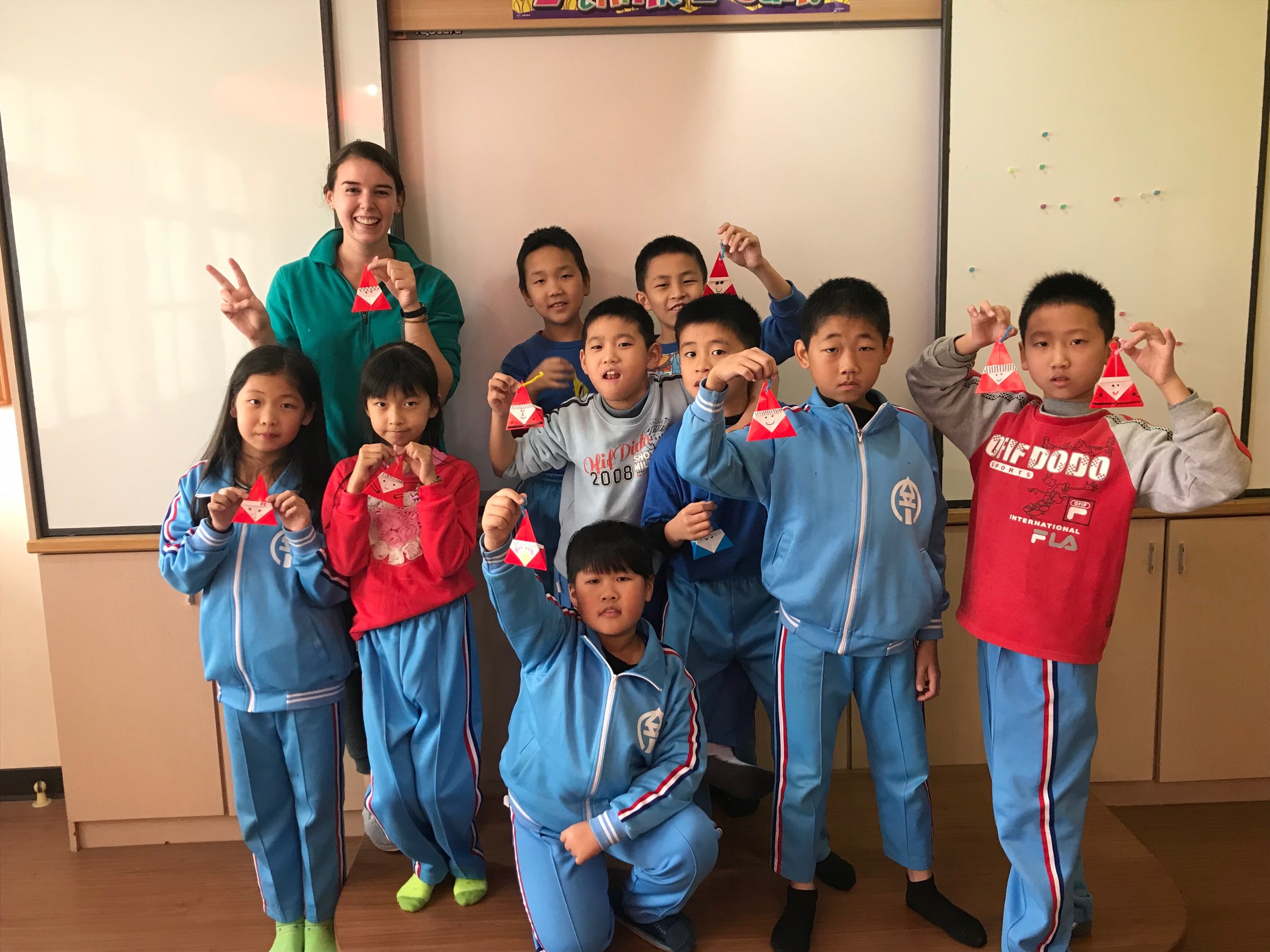
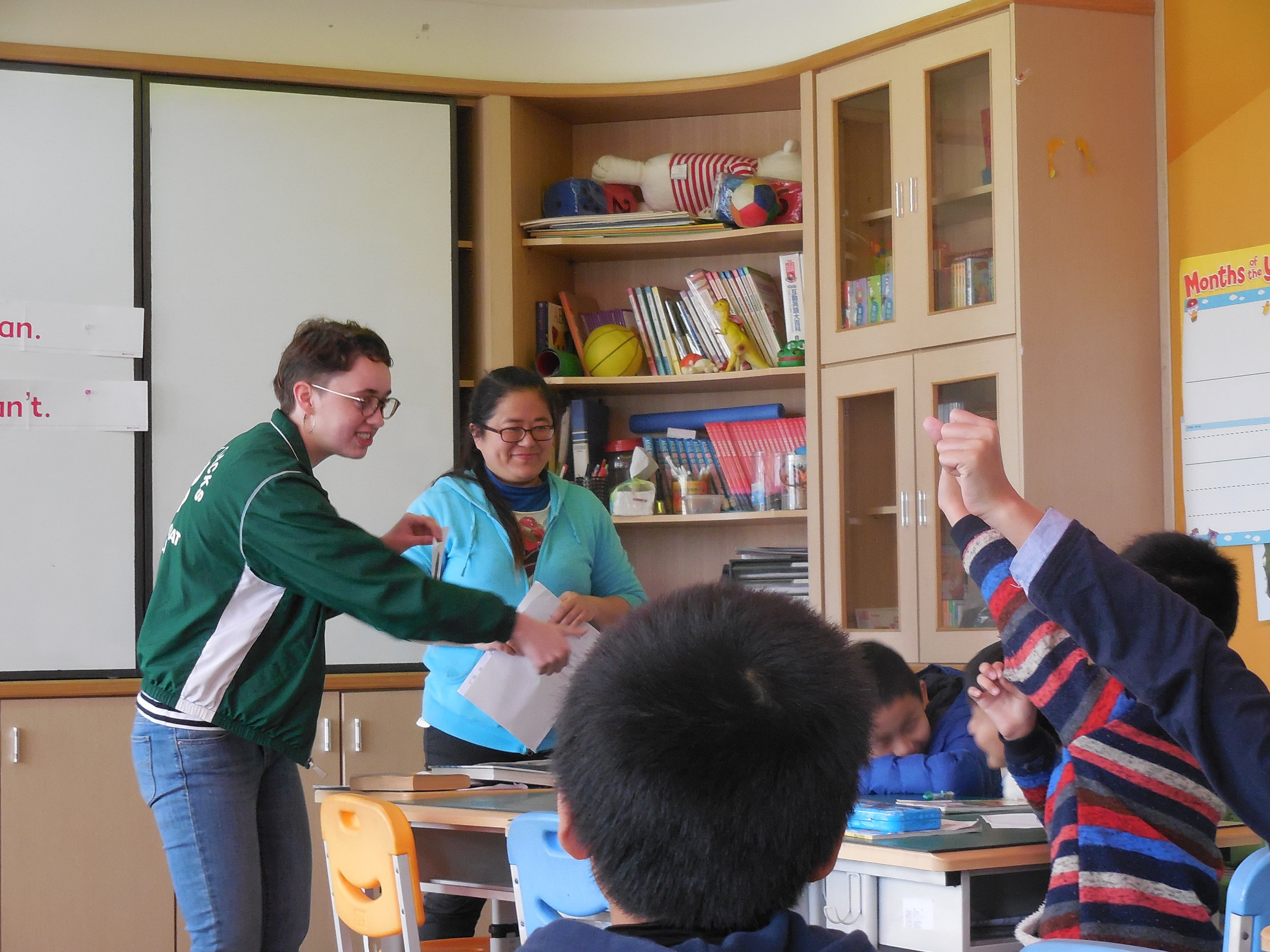
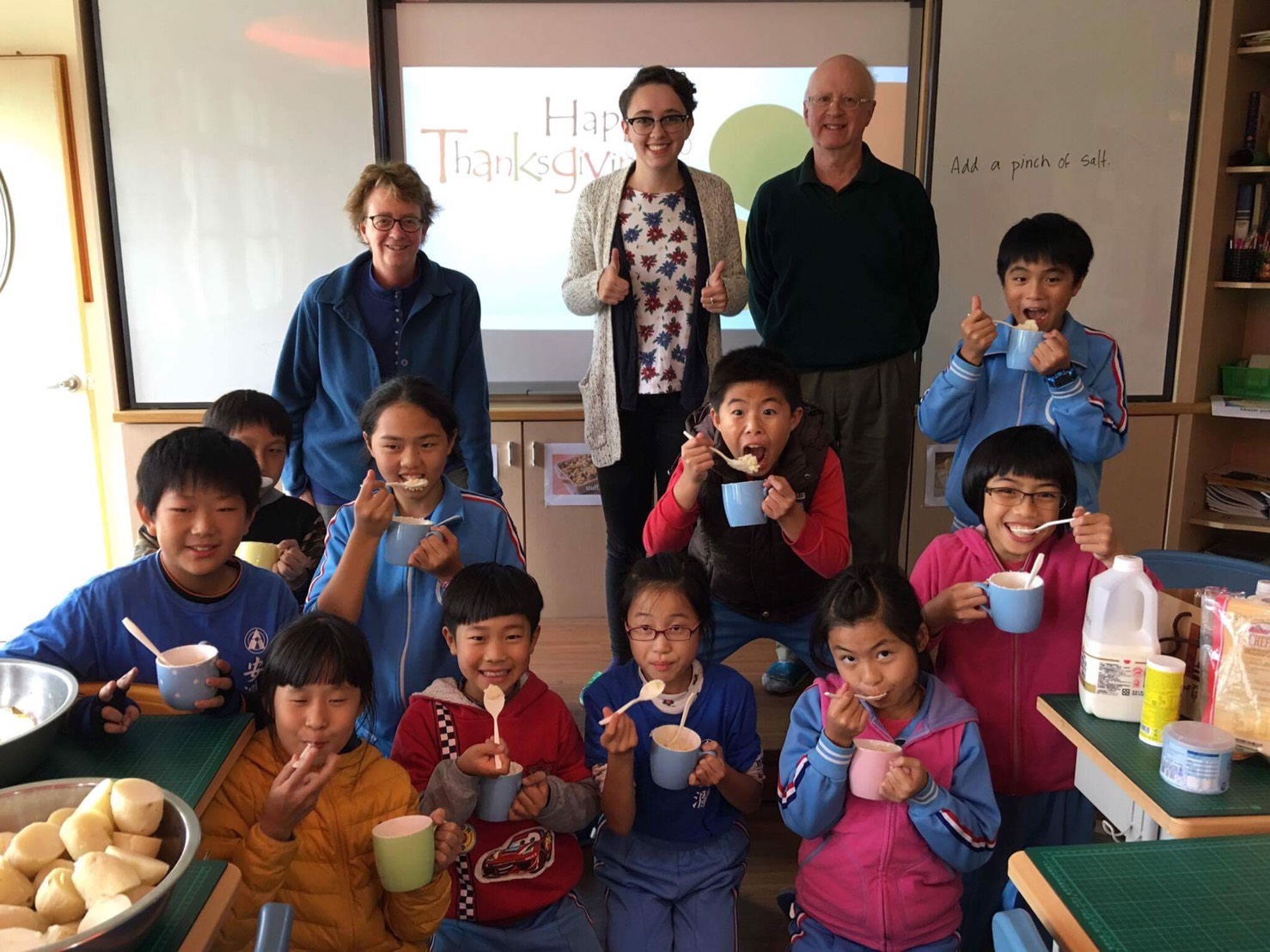
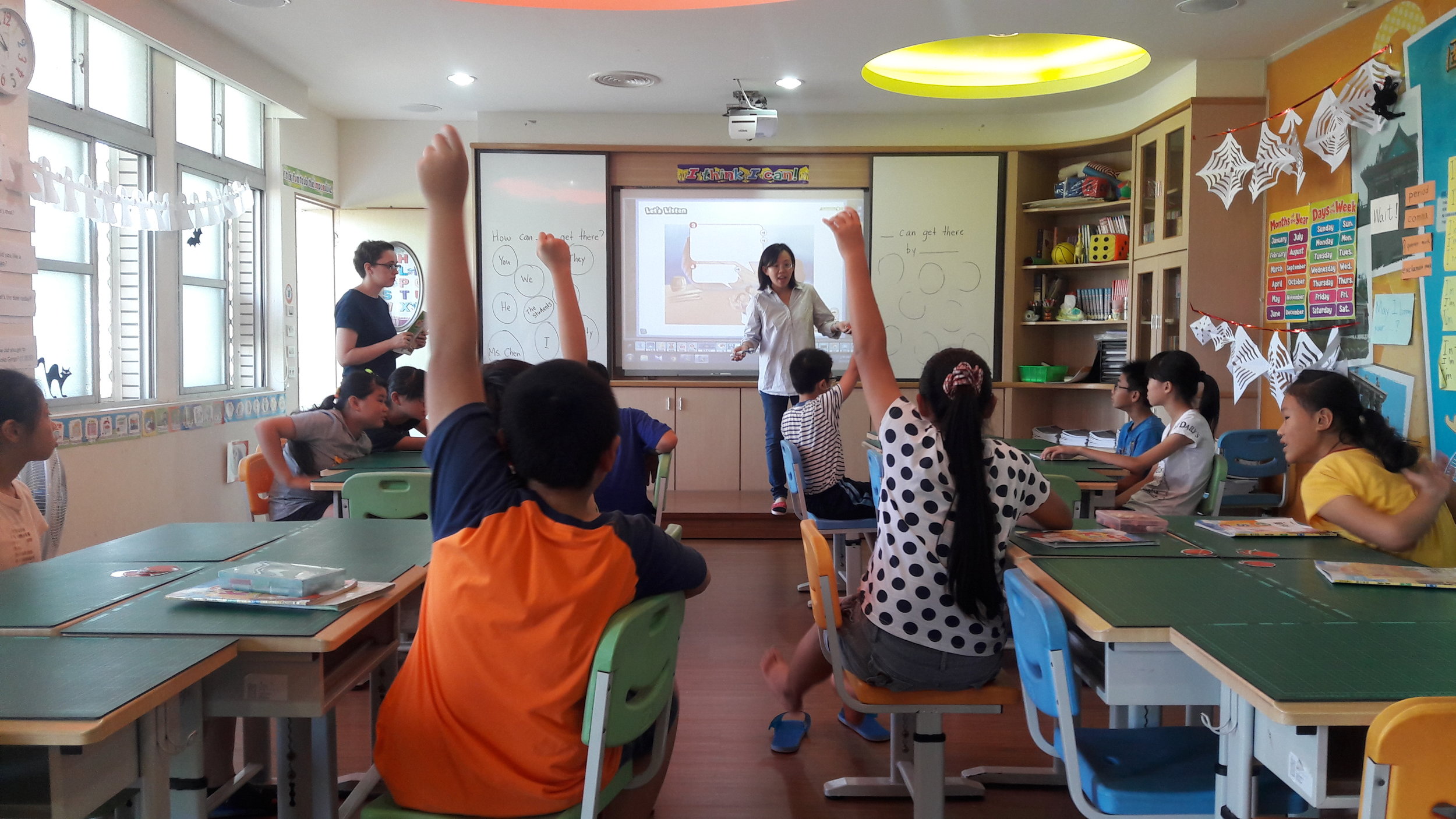

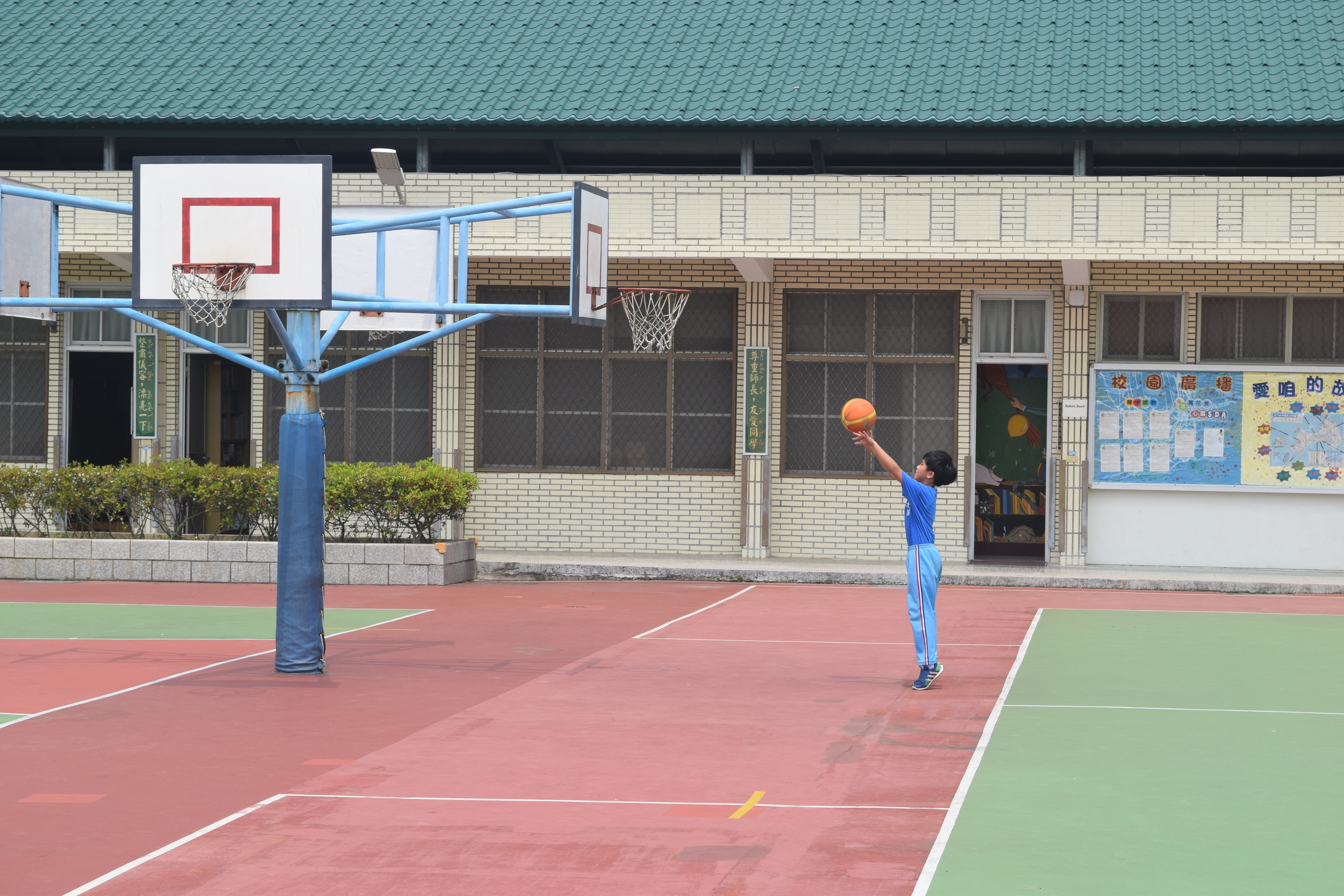
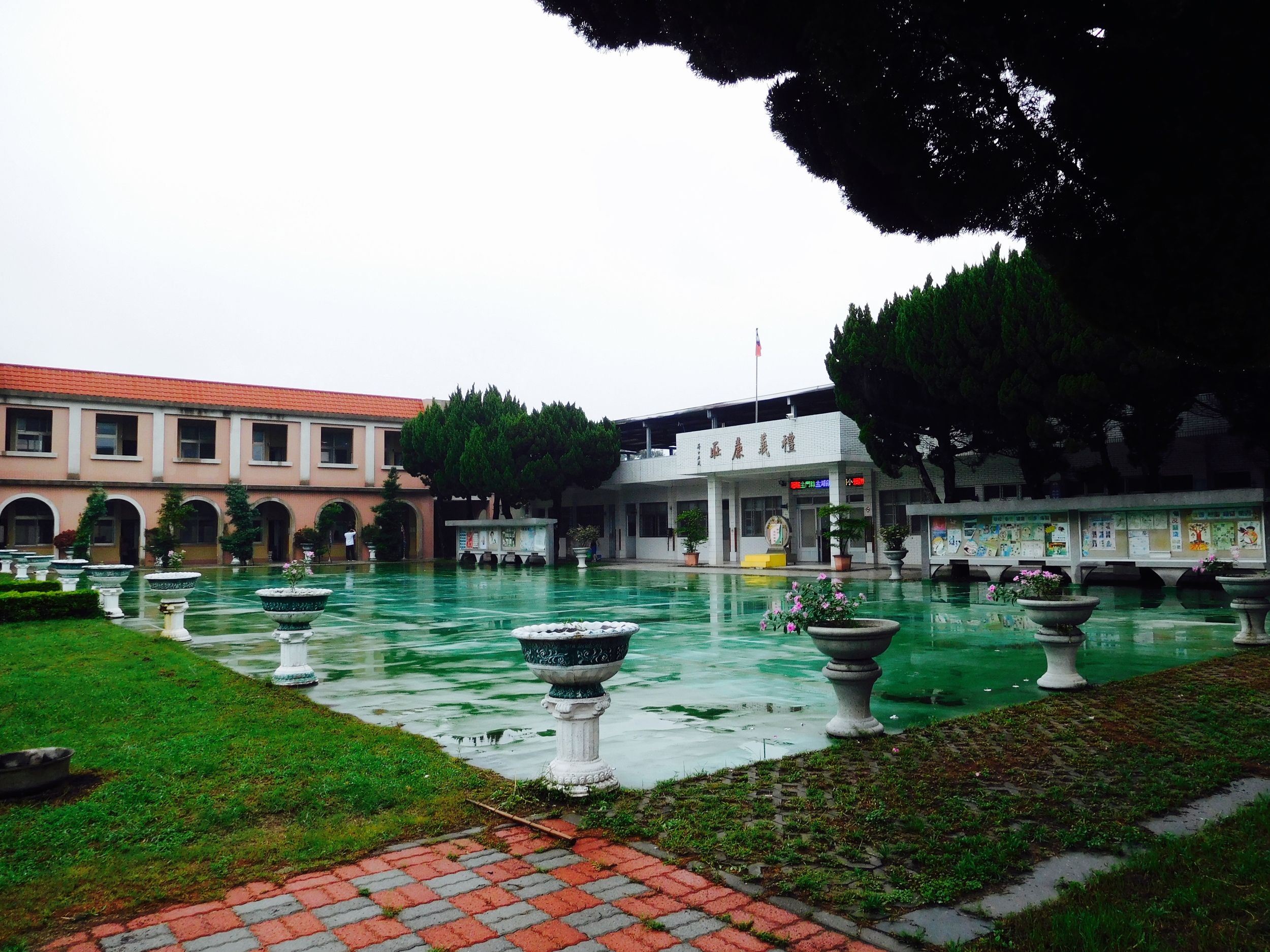
Bo Cun Elementary School
2019-2020 ETA: Jessica Jue
Location: The Southeast tip of Jinhu Township, near Liaoluo Village (料羅) and the coastline.
Commute:Short –From Shanwai (山外) it will take 5-10 minutes by scooter or 15-20 minutes by bike. There are also buses No. 19 and No. 20 from the Shanwai Station that service Bo Cun.
Resources: Classrooms are equipped with a computer and a Smartboard. Most of the Smartboards are not activated as such but will work fine as projectors. In the office, you will likely have your own cubicle and computer. The office has a printer, laminator, copy machine, and is well stocked with printer and colored paper, markers, scissors etc. There are Audio-Visual, Art and Science classrooms that you can ask to use for special projects.
Teaching: Co-teaching classes will mostly focus on going through textbook materials with grades 3-6 and preparing them for mid-term and final exams. Solo classes will be with grades 1-6 and have no set curriculum; they are dedicated to holidays, culture, extra vocabulary, textbook review games etc. Bi-weekly, the Thursday mornings are also English Day where the ETA will lead a school-wide activity for 10-15 minutes. There is a rolling white board and other materials to assist with this activity, as well as use of the AV room for PowerPoint presentations.
Average Class Size: Small to medium – 7 to 20 students.
Co-teachers: One or two
Specialties: Traditional Music, Ping Pong
Bo-Cun (also written as Bo-Tsuen or Bor-Tsuen) is a small school with one class per grade and an average class size of 12 students. The small classes mean you can get to know all of your students very well by the end of the year. It also means that you can create fun games and activities for smaller groups of students and easily do any sort of craft or project with them without having to use too many materials or have too much trouble managing the classroom.
The community around Bo-Cun is small but growing, and many of the students have grown up together or are related to each other. Additionally, many of them come from fishing and farming families. A main fishing port is a 10-minute walk away and there are multiple beaches within walking or biking distance. Because of their proximity to the ocean, Bo-Cun has an affinity for seafood, as exemplified by their great school lunches and the frequent school staff dinners at a local seafood restaurant.
Bo-Cun also holds school-wide meetings every Monday and Thursday morning where teachers give announcements and students receive awards. These meetings take place outside unless it is pouring rain.
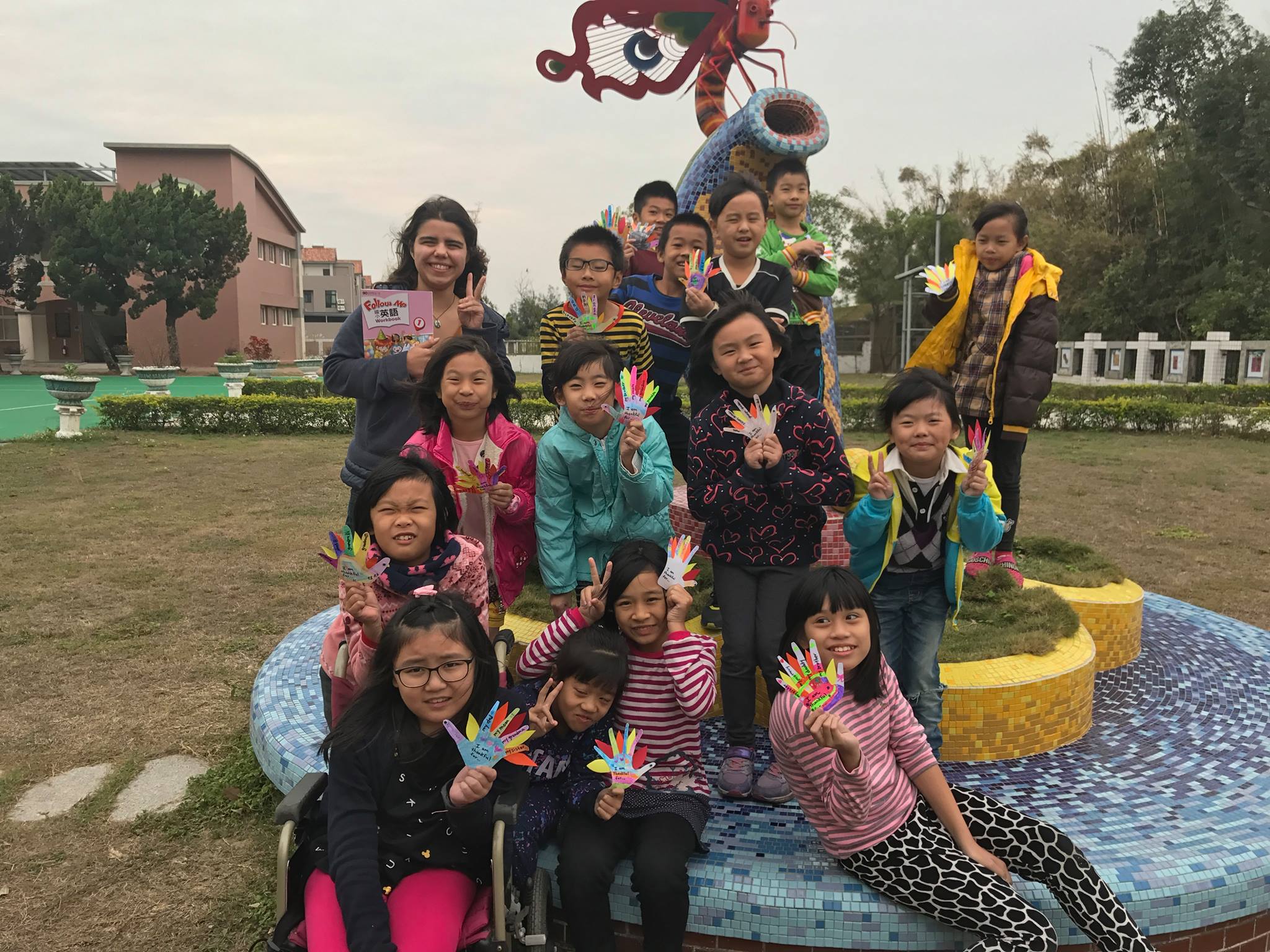
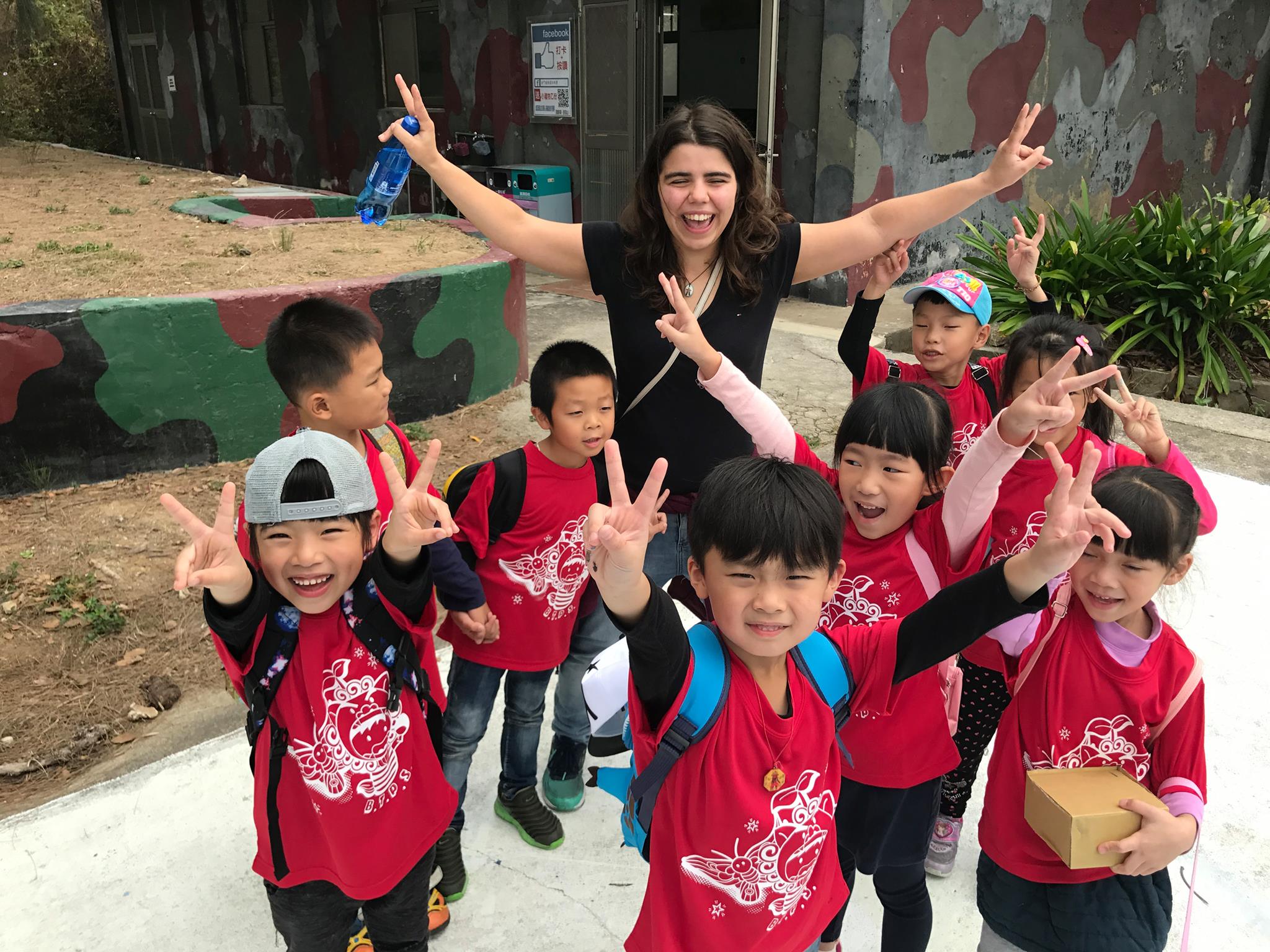
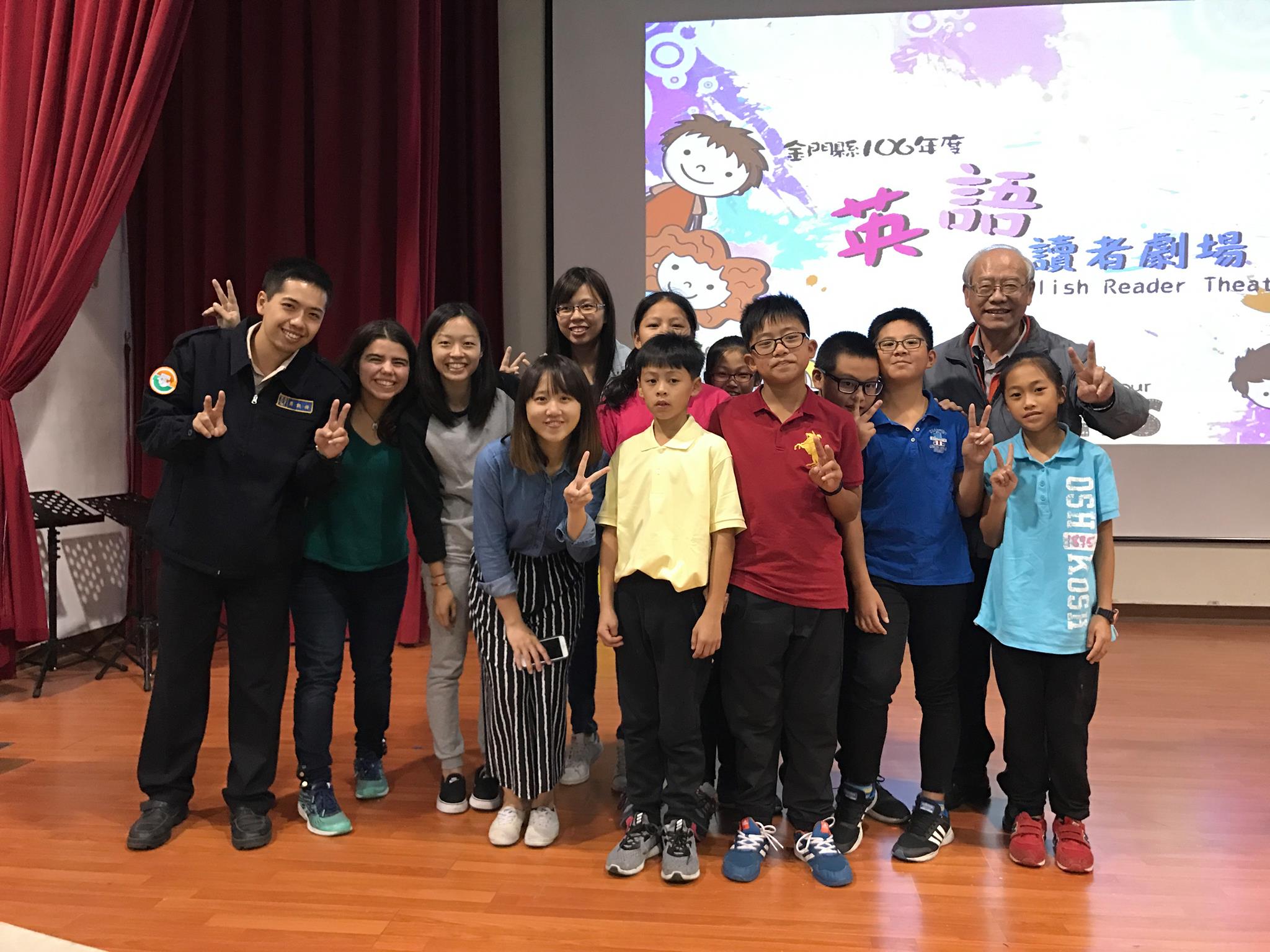


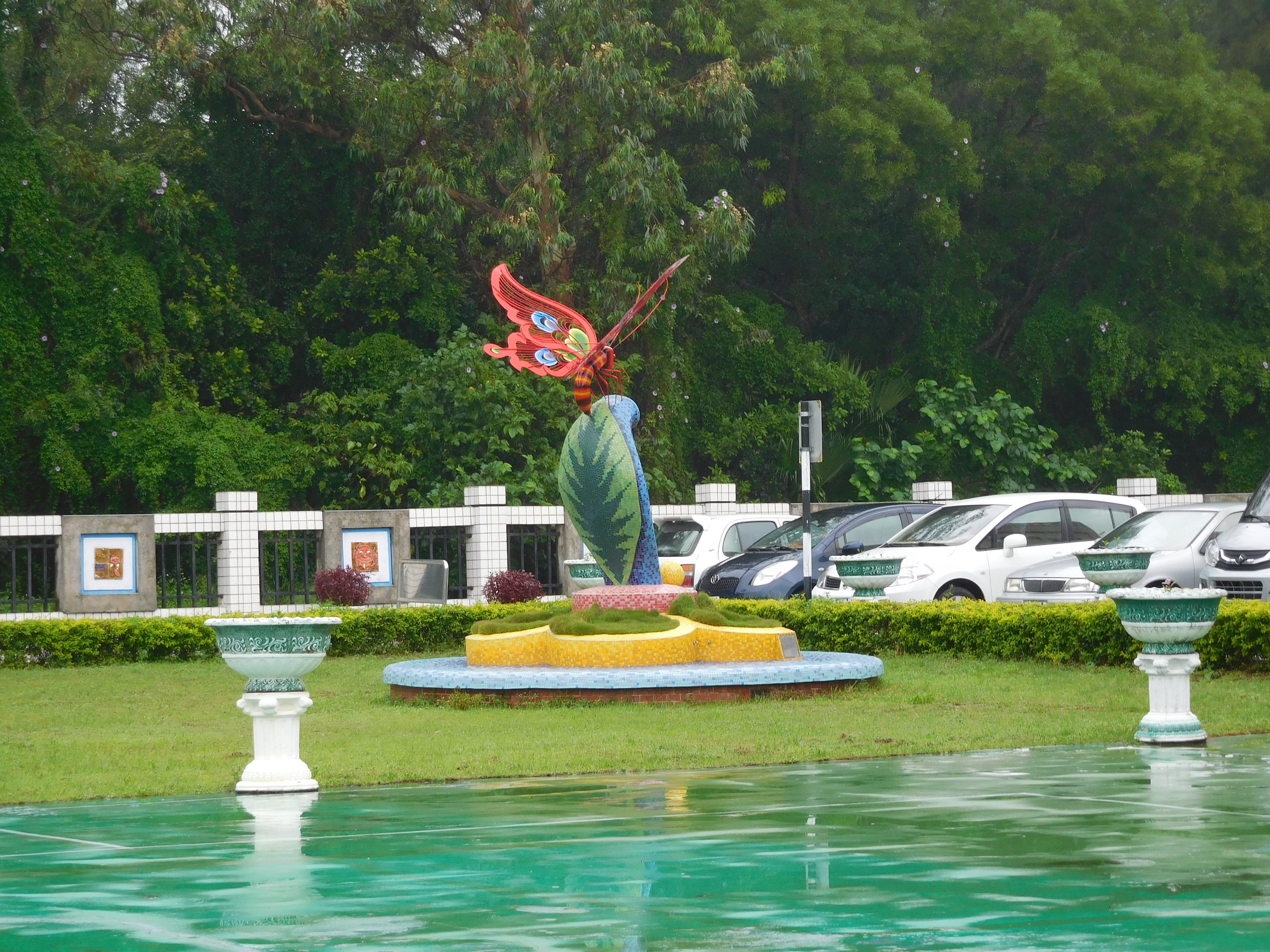


Duo Nian Elementary School
2019-2020 ETA: William Lekan
Location: Near southeastern end of Kinmen, in a rural area.
Commute: Short – You must take a 10-12 minute scooter ride from Shanwai. There are no bus stops near the school.
Resources: Classrooms are equipped with computers, smart boards, and projectors. All students have personal white boards and markers. Recently, Duo Nian has also received tablets for each student that work over wifi. ETAs are provided with their own desk and desktop computer in the main office. The office has basic supplies (paper, paper clips, post-its, staplers, tape, glue) but you will have to buy your own supplies if you want to make anything extra for the classroom (posterboards, markers). There is also a laminating machine and a paper cutter that any teacher is free to use. Previous ETAs have left a lot of supplies on the desk for you to use. Duo Nian's library also has a selection of English books that the ETA is free to use in their lessons.
Teaching: Co-teaching classes follow the textbook. Duo Nian uses the Super Wow series for grades 4-6 and Follow Me for grade 3. For individual classes, the curriculum is essentially up to you! You can choose to add on to textbook lessons or teach any English language topic or American culture theme you feel is relevant. In previous years, the ETA has taught a school-wide cultural class for grades 2-6 and an English dialogue class for grades 3-6. ETAs have also gotten involved with reading English books to kindergarten classes and held a twice-weekly English Club. Duo Nian usually plans their own school-wide activities for holidays such as Christmas and Mother's Day, and the ETA is encouraged to take part adding an English-language component such as Christmas caroling. Typically, the ETA's schedule will have a majority of solo-teaching classes and only one co-teaching class per grade for grades 3-6.
Average Class Size: Small — 10-15 students
Co-teachers: Two
Specialties: Unicycle, Art, Tug-of-War, Softball
Duo Nian Elementary School is a small school located in a rural area on the southeastern end of Kinmen. Because of the small class size, you can build intimate relationships with your students and design activities and games with relative ease and flexibility. Expect to teach a majority of solo classes, which makes for more work but greater creativity in lesson planning. While co-taught classes follow the textbooks, the ETA is able to expose students to a wide variety of topics and vocabulary in their solo classes. The staff at Duo Nian is very friendly and helpful. While your LETs are your main point persons, there are typically two - three tidayis (school soldiers) who act as great resources for any questions about the school and school activities. Duo Nian will have whole-school celebrations for holidays such as Teacher's Day, Christmas, Children's Day, and Mother's Day that are a lot of fun.
The campus itself is beautiful and is equipped with a large Activity Room with a computer, stage, and projector. In the past, ETAs have used the Activity Room for school-wide activities, English Club, and a dialogues class. Don't be surprised to see students unicycling around during break periods! Duo Nian is the only school on the island to practice unicycling and students begin learning from 1st grade. Duo Nian regularly competes in island-wide competitions, including singing, tug-of-war, and Sports Day. A great way to bond with your students, teachers, and show support for your school is to attend any competitions and performances.
Duo Nian provides a great opportunity to get to know your students, be included in a friendly school community, and learn unicycling!

Gu Cheng Elementary School
2019-2020 ETA: Tina Wu
Location: South of Jincheng, near Gugang Lake and Zhushan Village
Commute: Short--a 3-minute walk if living in Gugang, about 7-10 minute scooter ride from Jincheng
Resources: Classrooms are equipped with computers, smartboards, decent wifi, and a blackboard. Gu Cheng allots a set amoutn of funding for you to get materials, and is generally very well-supplied. You have unlimited printing access, and access to craft materials (scissors, glue, etc.). The ETA has a computer in the office.
Teaching: You are expected to teach a total of 16 classes. In 2015-2016, the ETA taught 12 solo classes and 4 co-taught classes. You have absolute autonomy in your solo classes, but hopefully it will be an enrichment of already learned vocabulary/sentence patterns from the past years. The co-taught classes follow a 20-20 model, where the LET teaches the first half of the class (vocab/sentence patterns) and the ETA takes the latter half (activities, games, etc.).
The 2015-2016 academic year was the first year Gu Cheng employed a Fulbright ETA. Nestled in the quaint town of Gugang, Gu Cheng Elementary School boasts a rich history of over a century. There are many sibling pairs/cousins that attend the school together, and the students' relationships with each other are particularly close. Many of the teachers have been teaching at Gu Cheng for 10, 20, or even 30 years, and are extremely friendly and will more likely than not pepper your desks with weekly sweets and gifts. Gu Cheng is like a small family--many of the homeroom teachers have been with the students since first grade, and really understand each students' strengths and weaknesses and can be great resources.
Gu Cheng students participate in a myriad of competitions, from Reader's Theater (the ETA will more or less be in charge of this) an drumming to basketball and softball. Students also have individual competitions (drawing, calligraphy, essay writing), and you rae more than welcome to attend the competitions and cheer the students on. The students also love to dance and will prepare a long time for school events.

Gu Ning Elementary School
2019-2020 ETA: Rebecca Harbeck
Summary: Teaching at Guning is like joining a hard-working family. Building relationships with your co-workers and students make each day rewarding.
Location: Northernmost school in Jinning township, near the twin villages Beishan and Nanshan (also known as Guning Tou).
Commute:Guning is about a 10 minutes drive north from Dingbao and a 15 minute drive from Jincheng.
Resources: A personal desktop computer is given to each ETA to use for lesson planning, as well as an individual cubicle in the office. Classrooms are all equipped with a smart board and connected computer. The office has a laminator, color printers, and office supplies for teacher. There are no restrictions on resources that ETAs can use in the school, and co-workers are happy to help ETAs find supplies they might need at stores outside of school. If you want to plan a special event or project, ask if there is funding available!
Teaching: Guning ETAs have 8 co-teaching classes and 8 solo classes, and ETAs are responsible to develop curriculum for those solo classes. There are two co-teachers at Guning, one for 4-6th grade and one for 3rd grade.
Average class size: Medium – 12
Specialties: While Guning does not have a famous specialty like other schools, they have historically ranked high in reader’s theater and the county-wide field day. The kids here have talent! You’ll soon discover that Kinmen is full of competitions--dance, singing, English, oration, and on and on. Guning kids participate in all of these activities, so there is always some way you can help cheer them on!
Other: Guning Elementary School is a small school situated at the rural northwestern tip of Kinmen. The entire student body is less than one hundred students so you’ll quickly get to know all of the students (even the ones you don’t teach). Kids here are generally enthusiastic about English class, but their level might be slightly lower than some of the bigger schools. Still, they are bright and dedicated enough to compete with Taiwan’s greatest.
The LETs and other faculty here create a really supportive environment, and are always willing to help, especially in the ETA’s critical first few weeks. The ETA at Guning has the freedom to teach anything they want in their solo classes. This is two sided: it’s a great opportunity for someone who is a self-starter excited to prepare a year’s worth of materials alone, but it might be tricky for someone who needs a little more direction. In addition, they can create extracurricular clubs to share their non-academic passions with the students. Overall, Guning is a wonderful school to be placed at and all former ETAs have had highly valuable and enjoyable experiences here.

He Pu Elementary School
2019-2020 ETA: Rachel Udabe
Location: Near Shamei, off of Huandao North Road.
Commute: Short - Medium – From Shamei, He Pu is 5 minutes away by scooter or 10 minutes by bike. You can also take the 7:20 bus from Shamei. If living in Jincheng or Shanwai, the commute is a bit farther, about 12-15 minutes by scooter.
Resources: All classrooms are equipped with computers and projectors. However, the internet is unreliable; previous ETAs recommend putting all media on a hard drive to take with you throughout the day. For lecture style classes, you can try using the presentation room. The auditorium, which is usually only used for PE, is also available for class with advanced notice; it has a lot of open space to use for big games or performances.
Teaching: Co-teaching largely follows the Hello Kids! textbook, with requirements to fill out the workbook and textbook by the end of every semester. The students tend to have four English classes a week: two co-teaching, one with their LET, and another with another foreign English Teaching Assistant. Previous ETAs used their solo class for cultural lessons in addition to providing supplemental help on textbook grammar and/or vocabulary. Many students do not go to English cram classes and will benefit from the extra practice.
Average Class Size: Middle to large — 12-30 students with a 17 student average.
Co-teachers: Two or Three
Specialties: Ping Pong, Basketball
He Pu Elementary is a smaller sized school with a big heart. The principal really wants to encourage student creativity and achievement. Students showcase their talents at weekly assemblies and at talent shows at the end of every semester. Any activity encouraging school spirit is encouraged. Everyone is passionate about basketball or ping pong – you’ll often walk into a class with students checking the scores on an NBA game. The school lunches are delicious, and the chefs are some of the friendliest ladies you’ll ever meet. Discipline is very important to the school culture, which contributes to a very safe and supportive learning environment for the kids.

Hu Pu Elementary School
2019-2020 ETAs: Suraj Renganathan
Location: Jin Ning Township; near Hu Xia on the western side of Kinmen, a small village close to the beach.
Commute: Short - about a 5-10 minute scooter ride from downtown Jincheng.
Resources: You can view the 2016-17 Hu Pu video, “Hu Pu [We Love You],” at https://www.youtube.com/watch?v=TLGc4eSYvRk&feature=youtu.be for a preview of life teaching at Hu Pu!
Teaching: ETAs lesson plan on their own. The majority of classes are solo-taught, though a homeroom teacher or tidayi might be present in the back of the room. In the 2016-2017 academic year, ETAs taught approximately 16 classes per week.
Classes fall into 3 categories: Life English, English Subject, and regular curriculum. A huge majority of ETA classes are completely up to the ETA to decide; these free blocks are marked “Life English,” and while there may be guidelines as to what you could teach, it’s ultimately up to whatever you want to teach and do. Have fun! Hu Pu is able to reimburse (reasonable!) costs of supplies, which is something to keep in mind. Last year, ETAs had heavy involvement in particular classes (Destinee—5 2nd grade classes; Jackie—8 1st grade classes) which allows the planning of bigger long-term lessons or projects that culminate in something fun.
As an aspiring bilingual school, one of Hu Pu’s unique traits is that ETAs can teach subject classes. In 2016-17, that class was “Science,” a supplemental English Science course, taught by one ETA (Jackie) to grades 3-6. For Science, the school expects your curriculum to somewhat match the Chinese science course, and provides the Chinese textbooks for reference. For 2016-17 Science, the Chinese science units served as a guide, but the ETA ultimately decided to develop their own curriculum with different activities and lessons that were still related to the unit in general, with a more conceptual Q/A-style teaching than regular drilling. Hu Pu did commission an English Science curriculum from one of its old English teachers who just moved to Taichung to teach, so Science English may very well be different in 2017-18. If you teach Science this year, definitely feel free to contact Jackie. She can help you get started!
Some classes do involve required curriculum. 2016-2017 marked Hu Pu’s second use of “Let’s Talk,” a simple curriculum where students learn a new 2-3 sentence dialogue every 2 weeks. Younger students may have phonics courses as well, though you can teach that however you like. Teaching, on the whole, is very much what you want to do at Hu Pu.
Average Class Size: Small - largest 2016-17 class was 14 students while the smallest was 6 students. The preschool classes may have 20-30 students each, though those are ultimately not the same as Life English-type classes and are only 1-2 times a week. These numbers for 2017-18 may be a bit larger than in the past.
Co-Teachers: Most classes, being solo, will not have a “co-teacher” proper, but teachers are pretty willing to work with you if you have a project or activity you think you’ll need help with. Definitely approach the zhu ren (Rick) or administrator (Adrienne) with anything you need. Occasionally, you’ll also be the assistant teacher in one of the “real” English classes, but you won’t need to really plan for those as much, as they follow the textbook.
Specialties: Jumprope
In 2015-2016, Hu Pu began to transition into a bilingual school. In 2016-17, that transition became more marked, and it is now a prominent advertised feature of the school. It is therefore very centered on English learning, and a lot of the students are quite good at English—talk to them! You will have plenty of opportunities to play with the kids in between classes, after lunch, and after school. Being that it is such a small school, everyone gets to know each other pretty well in no time. Both 2016-17 ETAs made lasting friendships with other teachers that they treasure and carry beyond Fulbright.
Hu Pu celebrates different English holidays including Halloween, Thanksgiving, Christmas, and Easter, and has English activities (either during part of the school day or on a Saturday) that ETAs help plan and carry out. For instance, ETAs might teach a dance to a class or two for graduation or holiday events. ETAs are able to plan and go on field trips with students in order to practice English outside the classroom—if you have an idea, just ask!

Jhou Huan Elementary School
2019-2020 ETA: Sami Leung
Location: In Donglin, Little Kinmen (near the only 7-eleven!)
Commute: Long – You must take the intra-island ferry from the Shuitou port (水頭) to Little Kinmen’s port and then scooter to school for a total of about 30 minutes one way. To get from JhuoHuan to the biweekly workshop meetings in Shanwai (山外),it takes about an hour and you have to rush your lunch.
Resources: Classrooms are equipped with computers and smart boards/projectors. ETA will get their own desk and is on the main floor office with other home room teachers and administrators. ETA’s own desktop computer, cabinets, and other office materials (printing, paper, lamination, staplers, etc) are provided.
Teaching: Teachers follow the textbook, Hello, Kids! and begin English starting from 2nd grade. Depending on what you majored in, you will be either given solo classes for each grade, or specialty co-teaching classes such as art or music.
Average Class Size: Medium — 12 to 21 students
Co-teachers: Four (Three English co-teachers, one music co-teacher)
Specialties: Ping-Pong, Running
Jhuo Huan Elementary School is the largest elementary school in Little Kinmen. The students live in the Donglin area, and most of them walk or bike to school. All of the teachers are extremely accommodating, friendly, and welcoming. The elementary school encourages English learning and activities including having students sing English songs in music class, having Halloween and Christmas activities in English, and participating in Jinmen and Taiwan’s Reader’s Theater Competitions. Jhuo Huan provides free delicious lunches made by their friendly cooks. Jhuo Huan is a wonderful and loving family – they do their best to support each other and make their teachers and ETA feel part of the community.

Jhong Jheng Elementary School
2019-2020 ETAs: Jonathan Lujan、Eunice Shek
Location: Jincheng, next to the alleys and down the street from Kinmen Senior High School
Commute: Short, a 10 minute walk or 3 minute scooter ride from the downtown Jincheng apartments.
Resources: Each teacher will be provided their own desk, desktop computer, a set of drawers, and basic office supplies in the English teachers’ office. There is a black-and-white printer in the office, a copy machine in the homeroom teachers’ office on each floor, and a color printer in the Academic Affairs office. All classrooms have a computer, a projector, a smartboard, and speakers. English teachers share paper, markers, glue, and scissors. Teachers can also check out English language books in the 4th floor library. If you need materials that aren't already in the office, just ask!
Teaching: All classes are co-taught with an LET. All students have 2 Language and Culture classes per week. Grades 3-6 also have 2 textbook English classes per week. In 2016-2017, the ETAs each co-taught all the Language and Culture classes in a grade level. ETAs will also collaborate to teach and design curriculum for a first or second grade English Club.
Average Class Size: 25-30 students per class, 15-20 students for English Club
Co-teachers: 9; Megan, Lynn, Cathy, Phoebe, Jennifer, Phoebe, Carter, Yvonne, Michelle
Specialties: Everything
Located on the eastern side of Kinmen, Jhong Jheng Elementary School is the largest elementary school on the island with over 1,000 students in grades 1-6. Class sizes are large, and previous ETAs have been responsible for co-teaching in one grade only. Typically, you will see these students twice per week for Language and Culture class. All of the students are from Jincheng, so socioeconomic standing varies. In every class, there are students who attend cram school and have a level of English higher than the textbook and students who severely struggle with the language. The school hosts various events and competitions ETAs can help with, such as English singing competitions, Readers Theater, and American holiday station-oriented activities. The staff is helpful; you just need to ask.
Jhong Jheng would be a good school for ETAs with a low Chinese level and/or minimal teaching experience. There are many English-speaking teachers and administrators at Jhong Jheng. The high number of co-taught classes can also help new teachers grow into their role.

Jin Ding Elementary School
2019-2020 ETA: Taylor Grinage
Location: Right in the middle of Dingbao, a suburb located about 7 minutes from Jincheng
Commute: Very Short—Jin Ding is about a 7-10 minute walk from the Dingbao apartment.
Resources: Jin Ding provides you with a computer that has both English and Chinese capabilities and a cubicle in the office. In 2016-2017, due to limited office space, the ETA shared a cubicle with an LET. The office has a number of printers, both black and white and color, a paper cutter, and other regular office supplies that the ETA can use without restriction. Each classroom has a smartboard, blackboard, computer, and speakers. The exception to this is 2nd grade, which is located in a separate building. Instead of a smartboard, each second grade classroom has a projector and two television screens. The school library is well stocked with a collection of English books and resources. Co-teachers also have a supply of game materials and toys that are available for community use. If you need any materials that aren’t already in the office, just ask!
Teaching: The classes at Jin Ding are mostly co-taught with 2-3 solo classes (5th and 6th grade). At first, it may seem like the ETA does not have a lot of freedom as far as curriculum is concerned, but an active ETA will have no problem contributing to the day-to-day lesson plans. The ETA teaches 7 classes—two 3rd grades and two 4th grades twice a week, two 5th grades, and one 6th grade three times a week—for a total of 17 classes.
Average Class Size: Medium. The smallest class size is 15 students (classes are split in two once they reach 30 students). The largest class in 2016-2017 had 23 students.
Co-teachers: Jin Ding has three LETs: Joy, Joyce, and Charlotte. All three have distinct personalities, but are all very effective and wonderful teachers. They all have great English, several years of experience with the ETA program and are very supportive of the ETA. Co-teaching with them is a cooperative, collaborative, and fun partnership.
Specialties: Jin Ding specializes in Chinese yo-yo and Ukulele. During off periods, be prepared to see things flying through Jin Ding's courtyard. Students will happily show you a few moves. Jin Ding also "specializes" in Reader's Theater. In 2014 they took first and in 2015 took second place. The teachers get very into it and try to help the kids have fun. Reader's Theater is held at Jin Ding.
There are about 160 students in Jin Ding, and you'll learn each and every one of their names in no time. Forming close bonds with students comes naturally, as the students are very welcoming and well known for their excellent behavior both inside and out of the classroom. The students are all multitalented and enthusiastic and their English levels are generally good to high, though there is obvious variety in each class.
Jin Ding participates in almost every county-wide event, and often has events of its own at school. The staff are usually too busy to tell you about these things, but the LETs try their best to convey these events and invite you. If you stay alert and ask, both students and staff will be happy to see you at any event. One of the favorite activities is the 3rd, 4th, and 5th grade kickball tournament.
The staff at Jin Ding refers to themselves as a family and is quick to welcome the ETA into the family. The LETs are fantastic teachers and great people. Joy frequently invites the ETA over to her house for coffee and to play with her son. Administrators and other teachers take more work to get through to and are shy, but any effort you put in will be rewarded. Overall, Jin Ding is a welcoming school with a dedicated and multitalented group of students and staff.

Jin Hu Elementary School
2019-2020 ETAs: Colby Joncas<cjoncas@ymail.com>、Candace Davis<ccd1324@gmail.com>
2017-2018 ETAs: Kelsey O’Donnell kelseyodonnell12@gmail.com; Amy He amyhe34@gmail.com
2016-2017 ETAs: Megan Ferguson megan.ferguson@fulbrightmail.org; Belle Trimble-Quiz
2015-2016 ETAs:: Karoline Kaon ; Heather Anderson ; Aaron Foglio amfoglio@gmail.com
Location: Downtown Shanwai (山外)
Commute: Short, no more than 5-10 minutes by scooter from Shanwai apartments.
Resources: All classrooms are equipped with computers and projectors. There are enough tablets (30) for all the children to use in class if you ask in advance. The projectors can be synced with Apple and Android tablets for screen share capabilities. The internet at the school is generally reliable, but it’s always a good idea to have a backup. If you are interested in starting a club or facilitating an activity, contact the current academic coordinator. Teachers share administration duties, so this person may change each year. The academic coordinator creates the schedule for the entire school and is your go-to person for supplies or printing. If you need construction paper, markers or any other supplies, ask them at least a week in advance.
Teaching: Jinhu had 2 ETAs during the 2017-2018 academic year. Each grade here has 4 classes of students. The students formally start learning English in 3rd grade. One ETA taught 1st through 4th grade with 3 LETs, seeing each class of students once per week. The 1st and 2nd grade curriculum was open to the discretion of the ETA and taught without an LET. The 3rd and 4th grade classes were co-taught with an LET and followed the textbook curriculum with some holiday activities. Another ETA taught 1st, 5th, and 6th grades with 2 LETs. They taught 5th grade twice a week (solo and co-teaching), 6th grade once a week (co-teaching), and 1st grade once a week (solo). ETAs are allowed to design the curriculum for their solo class. In 3rd through 6th grade the students will see the LET without the ETA for one class per week.
Average class size: Large – 22 to 26 students in each class
Co-teachers: ETAs will typically work with 2 to 4 LETs
Specialties: Jinhu has no single specialty, but students have interests in Basketball, Track and Field, Tug-of-War, Gymnastics, Taiwanese Drum, Modern and Traditional Dance.
Jinhu Elementary School is the second largest school in Kinmen. There are roughly 900 students. At Jinhu you will be welcomed with open arms and big hearts. The students here are cute, friendly and have big personalities. LETs are really animated and willing to help with long-term projects and holiday events. Jinhu placed in the top tier for Reader’s Theater in 2014, 2016, and 2017. They are active participants in sports events around Kinmen and Taiwan. Jinhu houses English Village so you have the convenience of accessing the EV library as well as the Jinhu library. Jinhu has a world-class gymnastics gym. Jinhu offers the opportunity to make a big difference to a large number of students! You will see your students everywhere around Shanwai and meet a lot of their families. They will always be ecstatic to see their English teacher when you walk around Shanwai.





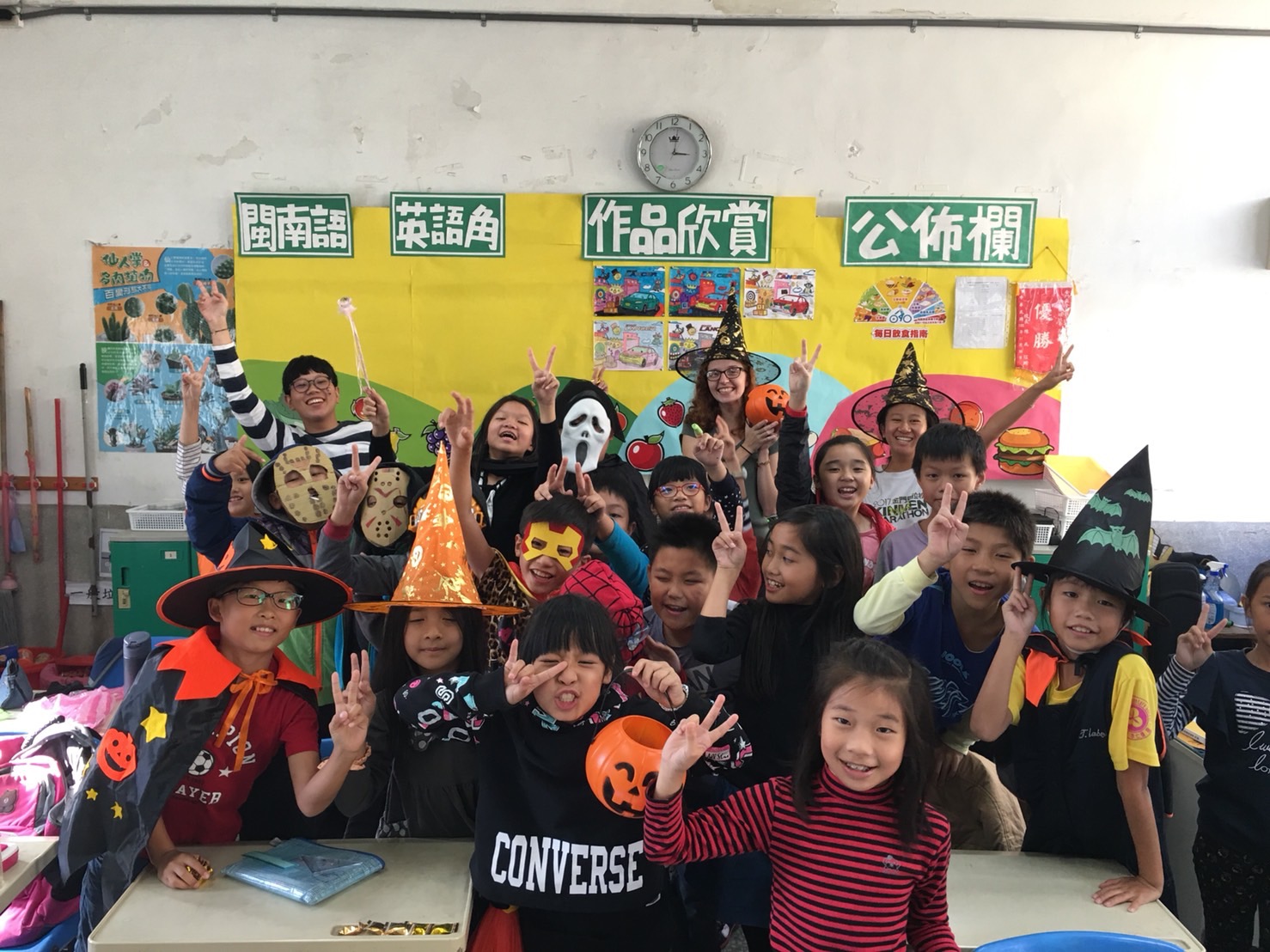
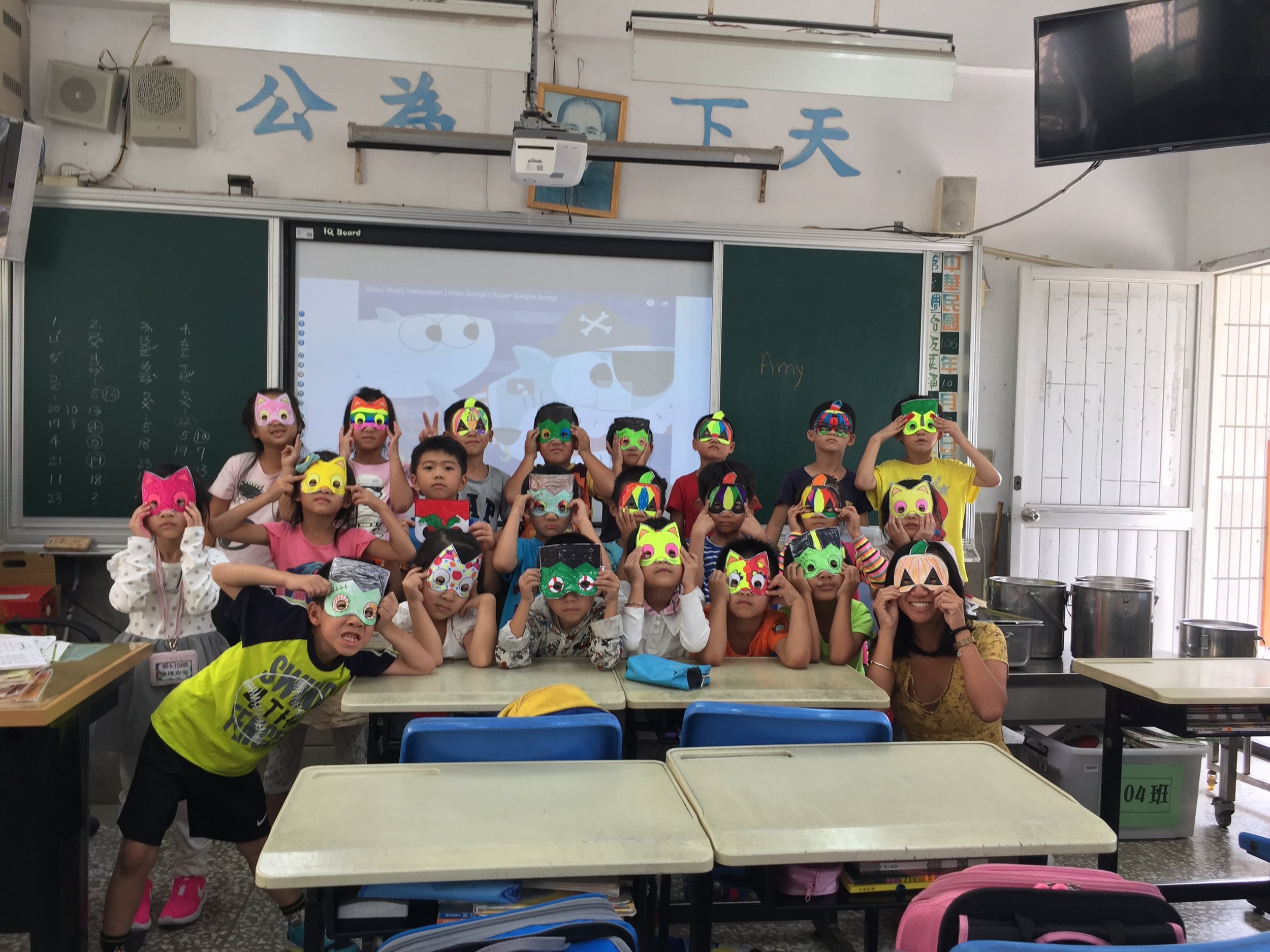
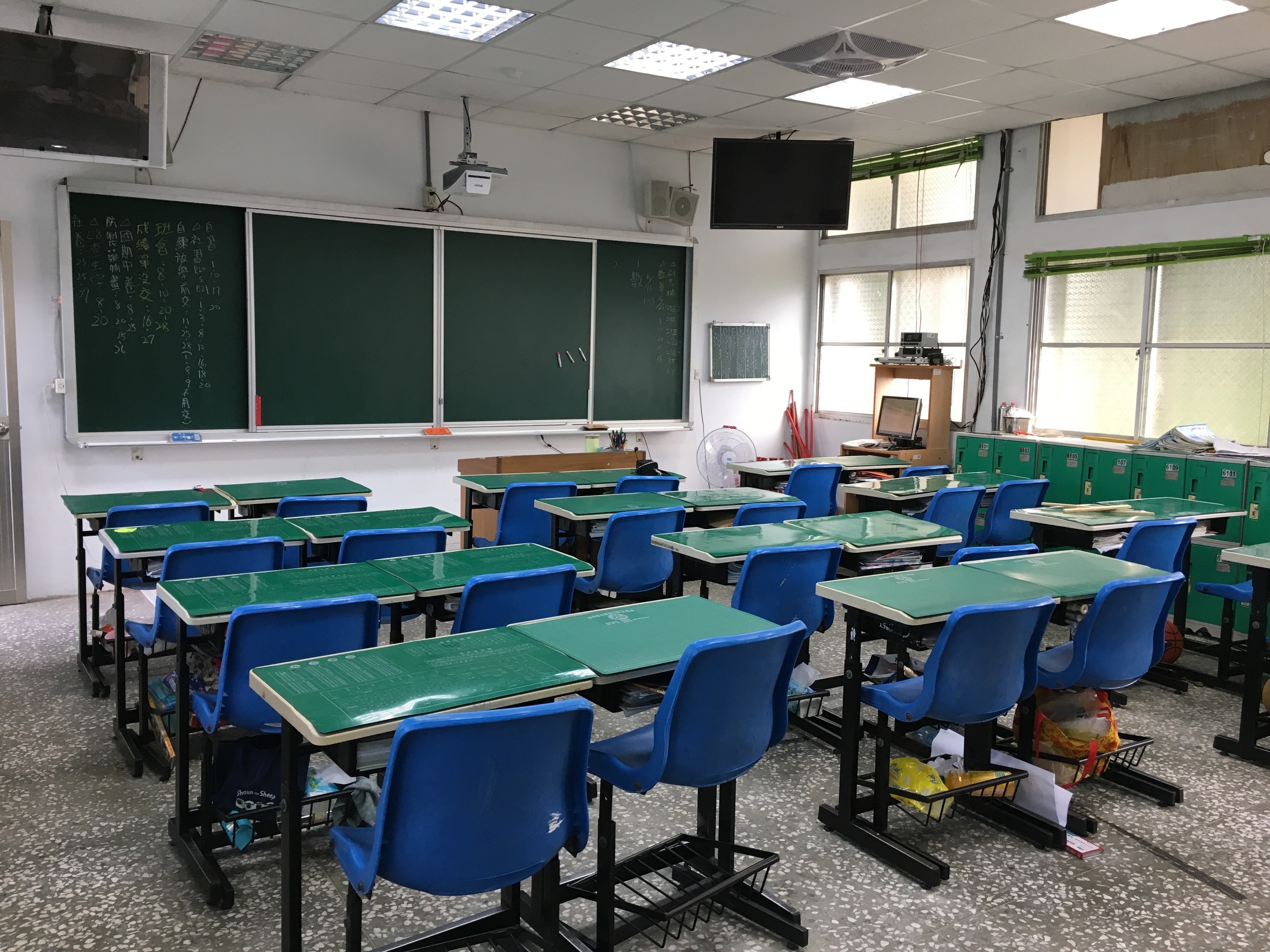


Jin Ning Elementary School
2019-2020 ETA: Teiana Nakano
Location:Jinning (金寧)Township near Anqi village, on the northwest side of Kinmen
Commute: Jin Ning is only a 7 minute scooter ride from downtown Jincheng (金城) and a 4 minute scooter ride from Dingbao. You can easily get there by scootering, biking, or even walking. Shanwai is around 15 minutes away by scooter.
Resources: Classrooms are equipped with computers and projectors. The office is also well equipped with a laminating machine, copier, color printer, and all sorts of classroom tools such as timers, spinners, and sticky balls. You can request special items for big holidays and culture lessons too. Some classrooms have smart boards but not all, and you can also use a wireless mouse clicker in most classrooms so that the computer slides can be turned without going back to the computer each time. In past years, ETAs were provided a personal computer and desk in the office.
Teaching: Co-teaching classes are structured around a textbook-based curriculum, whereas for solo teaching classes you are expected to make your own curriculum. Jin Ning's LET is really open to collaborative planning and incorporating lots of engaging activities into the lessons, so you will have lots of fun planning each lesson with her. In the Spring 2017 semester, third to fifth grade English classes were co-taught; second, sixth, and added remedial classes (for struggling learners) were solo taught. Solo teaching classes focused on culture and communication in English and remedial classes focused on phonics.
Average Class Size: Medium — 18 students
Co-teachers: One
Specialties: T-Ball, Taiwanese drumming, Track and Field, Badminton
Jin Ning Elementary is a really special school. In addition to academics, the administration also places heavy emphasis on extracurricular involvement. Students have a TON of energy, and many of them are involved in various athletic or musical pursuits, from badminton to Taiwanese drumming. Jin Ning students consistently place at the top in national competitions in Taiwanese drumming (Taigu), badminton, and T-Ball. In addition to sports and music, Jin Ning also shines academically; Jin Ning students always do well in English competitions such as Reader's Theatre and the Speech Competition. Jin Ning's administration is very open to ETA involvement in many, if not all, of their students' extracurriculars. ETAs in previous years have been able to join students' Taiwanese drumming practices, sing with students in Minanyu for musical concerts, play badminton with students, or join students for a casual game of T-Ball. Jin Ning's student body, love for sports and music, and friendly teaching environment make it a great place to work and grow.

Jin Sha Elementary School
2019-2020 ETA: Anna Dolliver
Location: Across from the Shamei Bus Station
Commute: Short – About a 5 minute walk from the Shamei apartment.
Resources: Classrooms are equipped with computers, projectors, and smart boards. The school provides two English specific classrooms: one with a computer on the 3rd floor and an English themed room in the basement. There are many movies, English books, and CDs, which can be used as material for individually designed classes. The school will reimburse you for any extra teaching materials you need (for ex. craft, baking and candy). Finally, each teacher has a desk and computer in the main office.
Teaching: The school’s curriculum is based off of the HelloKids book series. You have more freedom with curriculum design in individual classes, but it is recommended to plan lessons that . If you co-teach supplementary classes it’s a mixture of textbook and additional material that you decide on with your co-teacher.
Extracurricular Activities: Activities include lion dance with drums, traditional dance, guzheng (zither), calligraphy, and ping pong. Consult the school administrators for more information.

Shang Qi Elementary School
2019-2020 ETA: Sarah Leibson
Location: Outskirts of Little Kinmen island
Commute: Long – you must drive from Jincheng (金城) to take the inter-island ferry at the Shuitou port (水頭) to Little Kinmen’s port, and then scooter to school for a total of 30 to 40 minutes one way. To get from Shangchi to biweekly meetings in Shanwai (山外), it takes about an hour, and you may have to rush your lunch. Don't let the commute scare you - it can be a time to relax, reflect, and bond with other Little Kinmen ETAs!
Resources: Classrooms are equipped with computers, smartboards and projectors. The office is also well equipped with office supplies and what you do not have you can order. In past years. ETAs were provided a personal computer and desk in the office with 24-hour access.
Teaching: Teaching at Shang Qi is rewarding, fun, and inclusive, but requires a lot of independence. Prior teaching experience is not required, but extremely helpful when it comes to planning weekly classes. In 2016-17, the ETA co-taught 4 classes per week with an LET and solo-taught 12 classes per week with a tidayi, or school soldier. In past years, the ETA has been responsible for teaching grades 1-6.
Average Class Size: The 1st through 6th grade population in 2015-16 was 58. The biggest class was 2nd grade with 13 students and the smallest was 5th grade with 7 students. Classes usually have around 10 students each.
Co-teachers: There is only one LET, who also serves as zhuren, or academic director. Your LET has outstanding English, several years of experience with the ETA program, and is a wonderful teacher that is very supportive of the ETA. Co-teaching with her is a cooperative, collaborative, and fun partnership.
Specialties: Ukulele; T-Ball; Swimming; Drums
Shang Qi (上岐) Elementary School is the smallest of the three schools in Little Kinmen. Because of its size, the ETA experience is expected to be very involved, immersed, and committed to the school and its students, including in activities that do not fall inside the ETA’s direct job description. Shang Qi requires an ETA who is comfortable with solo teaching, taking independent initiatives, and doing whatever it takes to fully immerse him/herself in the community, even if it means staying late for extra bonding activities or working on an occasional weekend. For example, since the teaching staff is small, the ETA is often asked to accompany the kids to various competitions at different schools and be very hands-on with English-related activities like Reader’s Theater (ETAs have written the script and choreographed the performance the last three years). Shang Qi has had a positive experience with the ETA program for the last five years, so the staff and students are accustomed to the ETA’s expectations and role and are generally very supportive.
Strong community bond
Most students live in a rural area and have known each other since they were very young. There is a strong sense of camaraderie among the teachers and students, as most teachers live together in a dorm at school are also very involved in their students’ lives. After school, teachers often cook and eat together in the school cafeteria, while students hang around school to play outside until after dark. As one of the few teachers who does not live at school, the ETA’s extra effort to participate in the teachers’ mundane rituals is key to building relationships and is much appreciated. ETAs are usually welcomed to participate in non-English related activities. Just ask and jump in!
Small school team spirit
Because Shang Qi is so small, it often has to send younger kids to participate in competitions in order to meet the required number for team competitions. For example, at many schools the Reader’s Theater team is made up of mostly older students, whereas at Shang Qi, the team was made up of mostly 3rd and 4th graders this year. This allows younger students to participate in many different events, but it also means the same few older students are constantly preparing for a new competition or event, which can lead to burnout. Still, this has not stopped the teachers from participating in every county-wide contest, so the kids have become accustomed to constant training.
Creative and experiential learning
The teachers prioritize out-of-classroom experiences and take the students to birdwatch by the nearby lake, pick mulberries, cook desserts, and go on field trips. They will welcome your creative ideas both inside and outside the classroom. Cooking with students is fun and happens fairly regularly. The principal is an artist and specializes in making sculptures out of scraps from the junkyard. You will see these creations all over the school and may even have the opportunity to make one yourself! Several of the teachers are gifted musicians and artists, so there are constant music and art-related activities. The students also take ukulele classes, drum classes, and create sculptures and pottery in the school’s kiln.

Shu Mei Elementary School
2019-2020 ETA: Caroline Scown
Location: Northeastern Jinsha Township (near Shamei)
Commute: Short – 3 km. By scooter, it takes about 7 minutes. You can bike in less than 15 minutes. There is also a 7:00 am bus that leaves from the Shamei station.
Resources: ShuMei provides you with a desk and computer, and you have access to everything in the office including teaching supplies, wifi, printing (color and & black and white), a laminator, and tons of crafting material. The school is usually fine with purchasing additional materials or ingredients for any projects or recipes. The English curriculum is provided for your co-teaching classes, and there are various references available for your solo classes. The classrooms all have smart boards, projectors, etc. and the school has many iPads you can use with the students. ShuMei is very active and you are welcome to borrow any sports equipment. This includes items for camping, biking, kayaking, and other outdoor activities. The culture is very open and relaxed so you can do just about anything you want with the resources at the school, be it cook pizza, make piñatas, or organize a school-wide art project.
Teaching: About 50% solo teaching and 50% co-teaching (8 co/7 solo), grades 3 to 6. This year, I had two co-teaching classes per grade, per week. These are textbook curriculum classes. I also had one solo class per grade per week, in which I created my own curriculum or finished something we didn’t have time for in the textbook class. Finally, I had morning classes 3 times a week (3rd grade, 4th & 5th grade combined, and 6th grade) that were more relaxed and meant for games, cooking, crafts, or culture lessons in English. The students are active, enthusiastic, and generally well-behaved.
ShuMei is a school that underscores the importance of learning by doing, and they are always open to ideas. Don’t be surprised if your classes are canceled for a school-wide 3K run, a cookie making class with local culinary students, a bike ride, or a volunteer trip to help the elderly in nearby villages. Go outside, play music, cook, and have fun!
Average Class Size: Small. The largest class is 13 students. The smallest has 8. Since the classes are so small, you are able to develop a deeper relationship with the students and find their individual learning styles.
Co-teachers: 3 LETs: Victor, Sandy, and Violet. They are all great to work with in their own ways. They are very open to ideas and are willing to try new things, and also are extremely knowledgeable, experienced resources. They are used to the co-teaching system and will push you to establish your own teaching style and lesson plans.
Specialties: Shu Mei is pretty well-rounded, and the students are extremely active and musical. We have a choir as well as impressive cello, guitar, and piano programs. The students frequently go biking and hiking, and Friday afternoons are left open for outdoor activities. Some students have biked the entirety of the island.
ShuMei is one of the smallest schools on Kinmen in the beautiful Northeastern corner of the island. The students have a great work ethic and are respectful. You will get to know their families, their villages, and their lives through teaching and interacting with them in and out of the classroom. This is a place where adventure happens daily. It’s a place to always say “yes,” be it to biking across the island or taking an afternoon stroll to the beach.

Xi Kou Elementary School
2019-2020 ETA: Ethan Libby Pelletier
Location: Xi Fang Village, near Shuangkou Beach
Commute: Long- you must drive from Jin Cheng to Shuitou Port, take the ferry, and drive from Jiugong Port to Xi Kou (30 mins). The commute from Xi Kou to Shanwai for the bi weekly meetings takes about one hour.
Resources: All classrooms are equipped with computers and projectors. Some classrooms are equipped with Smart-boards. The school also has an AV Room equipped with 20 tablets, a touch-screen TV, and Apple TV. Your office is equipped with a personal desktop computer and several teaching resources left by previous ETAs.
Teaching: Co-teaching classes generally follow the textbook. Self-taught classes cover review, games, crafts, and/or cultural lessons. The ETA is also expected to co-teach an English Club on Wednesdays. You will have two to three co-teachers, each with differing experiences and expectations for the co-teaching dynamic.
Average Class Size: Small, 3-18 students
Co-teachers: 2-3
Specialties: Ping-Pong, T-Ball, Technology, Taiwanese, Recorder
Xi Kou Elementary is located on the west side of Small Kinmen between Zhuo Huan and Shang Qi. The school and classes are small, allowing the ETA the opportunity to get to know each and every student. The teachers at Xi Kou are generally younger, very open and quite creative. In regards to the ETA, they are very inclusive and open to new ideas and projects. Though English is not Xi Kou's strong suit, they more than make up for it in personality, enthusiasm, and spunk. Best for teachers who are energetic, a little sarcastic, and can think on their feet.

Zheng Yi Elementary School
2019-2020 ETA: Emily Rauch
Location: In Cheng Gong (成功), next to Cheng Gong Beach
Commute: Cheng Gong is about a 10 minute scooter ride from Shanwai. The town also has a bus stop about a two minute walk away from the school.
Resources: All of the classrooms are equipped with a computer and projector (some classrooms have smartboards). There is a laminator available for use to make flashcards and other visual aids. Teachers and school soldiers are willing to help you find any materials you may need for class if you tell them ahead of time. The school provides a nice selection of English books that you will likely be familiar with from elementary school in the U.S. You should provide your own project supplies such as poster board, construction paper, etc. The school is willing to compensate you for materials you purchase for class. The office has a black and white copier and scanner that is connected to your desktop computer. A color printer is also available to use sparingly.
Teaching: Eight hours a week are co-taught with your LET (3rd-6th grade). For these classes, you will collaborate with the ELT on activities that center around Super Wow English textbooks. The remaining ten classes are independently taught (a school soldier or homeroom teacher will sit in on the class). For your solo classes, you have freedom to design and develop your own curriculum. The administration values reading skills, so expect to teach phonics, writing, and reading comprehension.
Class Size: Smallest is 8 students, largest is 16 students
Co-Teachers: One
The school is situated in an old military fort and has the largest campus in Kinmen. The former principal converted old military buildings into a beautiful garden. You will get to know your fellow teachers, students and their families very well, as Cheng Gong is a small town and the school community is very close.

Kinmen's Events and Festivals
Below you will find more information on the various celebrations that happen throughout the year in Kinmen. Expect food, kaoliang, and of course, quality time with friends, staff, and neighbors!
- Ghost Month (August): All of Taiwan observes Ghost Month during August. During Ghost Month, the doors to Heaven and Hell open to the world of the living. You will see stores full to the brim with stacks of yellow paper money, which are burned in small metal furnaces outside homes and shops all day long. Food and drink offerings are also offered up to the ghosts. Many Kinmenese are superstitious and adhere to certain rules to avoid getting on the bad side of the ghost. For example, during this month, some people believe that hanging laundry outside to dry will cause a ghost to inhabit the clothes and then possess the wearer.
- Teacher's Day (September 28): Every school celebrates Teacher's Day differently, but in Kinmen, one thing is for sure: you will receive a beautiful ceramic bottle of Kaoliang Liquor (or two or three) from the Kinmen government to thank you for your work. Your school will likely hold an assembly, give gifts to the teachers, or have the students prepare small gifts or cards.
- Mid-Autumn Festival/Moon Festival (September): The Mid-Autumn Festival is an important tradition in China and Taiwan. It celebrates the harvest, and is a time for family members to get together and express gratitude and ask for future blessings. There are several myths and stories associated with the festival that can offer insight into Taiwanese culture. You will likely receive moon cakes from your school, your neighbors and your friends, and get invited to an outdoor barbecue!
- Zhaishan Tunnel Concert (October): Every October, a crew of highly-regarded classical musicians hold a weekend of concerts at Zhaishan Tunnel near Shuitou Port. The musicians float up and down the water channel on a raft while audience members sit or stand along the walkways and benefit from the tunnel's amazing natural acoustics. Tickets must be purchased online in advance--look out for flyers leading up to October and act quickly! They tickets usually sell out.
- Taro Festival (October): Big Kinmen residents flow to Little Kinmen to celebrate its most treasured agricultural product: taro! Little Kinmen is known for its taro and multitude of delicious dishes that can be made using this versatile purple root. You can dig taro, taste various taro dishes, and take pictures with the taro mascot. Make sure you get on the boat early, as it will be very crowded.
- Double Ten (October 10): This holiday celebrates the Wuchang Uprising of October 10, 1911, which led to the end of the Qing Dynasty and the formation of the R.O.C. A few ETAs are selected from each site to attend the national 10/10 celebration in Taipei, but it is not widely celebrated on Kinmen.
- New Year's Eve (December 31): On the day of, there is a concert and fireworks at the Jincheng gym, as well as smaller family and neighborhood gatherings.
- Kinmen Marathon (Usually January/February): Kinmen's annual marathon attracts runners from all over China, Taiwan, and other countries. You must register for the full marathon, half marathon, or 10K online at a date announced in advance. Keep your eye out for the announcement and get ready to sign up right at the 8 AM registration opening, as it has been known to fill up in a matter of minutes. This is a highly-anticipated event for Kinmen residents, and the whole island comes out to cheer on the runners and participate in the fanfare. There is also a 5K Fun Run that you may register for on the day of. All races start from National Quemoy University.
- Chinese New Year (Usually around February): Chinese New Year is arguably the most important holiday in Taiwanese culture. School gets out for several weeks, so many ETAs take it as an opportunity to travel. The entire island gets decorated in red and lit with lanterns.
- Lantern Festival (February): Leading up to the Lantern Festival, you will start seeing beautiful and creative lanterns go up all over the island. The Confucius Temple in the Jincheng Old Street hosts a lantern contest with submissions from every elementary school on the island, as well as other intricate lantern displays. There is also a big lantern lighting ceremony, performances, and festivities in front of the temple.
- Oyster Festival (April): Kinmen residents celebrate one of its main culinary products through a low-key event every spring. Last year, it was held in Guningtou.
- Children's Day (April 4): Schools and county/township governments usually provide small gifts or red envelops (紅包) for students. Your school may have an assembly or hold a special event, such as an outdoor barbecue.
- Tomb Sweeping Day (April 5): On Tomb Sweeping Day (清明節), families gather together and visit their ancestral graves to tidy up, remember, pray, and offer food and drink to the spirits.
- Mother's Day (May): Taiwan observes Mother's Day the same day as it is celebrate in the U.S. Many schools host Mother's Day assemblies and activities and invite students' mothers to participate. Your students will likely make cards or crafts to give their mothers as well.
- Kinmen Cheng Huang Island God Parade (May): The entire island explodes in color and sound for the annual procession and festival to honor the god of the island, Cheng Huang. Children dress in bright, intricate costumes and paint their faces, and many people dress up in elaborate costumes and masks while banging drums and cymbals.
- Dragon Boat Festival (June): Dragon Boat Festival, or 端午節, is celebrated in China and Taiwan. It commemorates the life and death of Chinese scholar Qu Yuan and falls on the 5th day of the 5th month of the lunar calendar. Two major customs associated with the festival are the consumption of zongzi (粽子) and dragon boat racing. ETAs in the past have formed dragon boat teams and participated in racing events.

Sian An Elementary School
2019-2020 ETA: Emily Liu
Location: Anqian, which is south of Jincheng
Commute: Short- no more than a 3-10 minutes commute by motorbike from Jincheng apartments.
Resources: All classrooms, including the English classroom, are equipped with computers, projectors, and SmartBoards. There are 30 iPads that filled with great educational apps like Osmo, Kahoot, and PaGamO. Apple AirPlay is also available. Your office desk is equipped with a personal desktop computer, individual-sized white boards, and the textbook resources.
Teaching: In 2016-2017, the ETA taught 3 solo classes and 4 co-teaching classes. The ETA teaches grades 1-6. The 1st-2nd graders have English class once a week and since there is no textbook, the curriculum is flexible. The 3rd-6th graders have a textbook and English class twice a week so completing the textbook is a priority. The ETA will have three co-teachers, each with different expectations for co-teaching, but all very supportive of incorporating cultural lessons and activities into the classroom. Friday afternoons are club time for 3rd-6th grade, English club is one of these clubs. It is not mandatory for the ETA to participate in English club however, the ETA can collaborate with the LET that leads the class to do projects or teach cultural activities.
Average Class Size: Medium to large-- 16 to 26 students
Co-teachers: 3
Sian An is one of the larger schools in Kinmen. Since the ETA teaches grades 1-6, the ETA will interact with all of the school’s students. This is a joy but also a challenge because the curriculum is different for each grade.
The Friday afternoon club time exposes students to a variety of activities, including Chinese calligraphy, AutoCad, ScratchPad, pottery, and outdoor adventure. The ETA is welcome to join any of these clubs. Sian An teachers encourage the students to enjoy learning and to try new things which has led to the students having a positive attitude toward English learning and cultural exchange.
Sian An students come from 17 villages so it is very likely you will bump into your students whenever you are walking around Jingcheng and they will be excited to see you!

Lieyu Junior High School
2019-2020 ETA: Kai DeBus
Location: Houing, Little Kinmen
Commute: Long- you must drive from Jincheng to Shuitou Port, take the ferry, and drive from Jiugong Port to Lieyu (30 mins). The commute to Shanwai for the bi weekly meetings takes about one hour.
Resources: Classrooms are equipped with computers and projectors. The ETA is provided with a computer. There is a computer lab. The office is equipped with office supplies and is willing to help you buy what is need for class.
Teaching: An ETA has only been at this school for one year. 7th grade reading classes are taught with an English tidaiyi. Other than that, all classes will be taught with an LET. In half of the classes the ETA serves as an assistant to the LET, helping with pronunciation and fluency as needed. The other half of the classes the ETA leads classes focusing on oral practice and culture with the help of an LET. In 2016-2017, in the second semester, the ETA was also given three extra conversation classes to give students more opportunities to talk with a native speaker. Although there is very much a focus on the textbook and testing, the ETA has a lot of freedom in the classroom and does not have to follow the textbook at all.
Average class size: 15-26. Each grade (7-9) has two classes. In 2016-2017 the 7th and 9th grades had about 15 students each, while the 8th grade had about 25 students each.
Co-teachers: There are 2 LETs. The students love both and they are very supportive of the ETA. June has been at the school for two years. Yoli is new to the school, having come after the Chinese New Year break.
Specialties: Lion Dance
Lieyu Junior High School is the only junior high school in Little Kinmen, getting students from all three of the elementary schools and is the smallest junior high school in Kinmen. The ETA is one of the few teachers who teaches all of the students. The students are very involved in all activities, from practicing for the English speech competition to Chinese competitions to sports competitions. They appreciate seeing the ETA at other events outside of school and being able to teach the ETA something, like playing table tennis.

Living in Kinmen is unlike any other location. Because of the small population you can expect to be fully integrated into the community in Kinmen. Think of a small town. Everyone will know everyone, there are no secrets, and all the stores are owned by a student’s family. But you can easily and affordably travel from Kinmen to Xiamen (30-minute ferry ride), Taipei, Taichung, Kaohsiung, Tainan, or Penghu (all 1-hour plane rides).
10 Things You Need to Know About Living in Kinmen
10. Kinmen provides a supportive language environment.
Many ETAs arrived with little to no Chinese, and they have all made progress. People are not afraid to try to speak English or Chinese with you, regardless of level. Charades, Google Translate, and Pleco will be your best friends. If you take the time to study Chinese each week, you will see great improvements. Here are some of the common ways ETAs have learned Chinese in Kinmen:
Work with a language partner from National Quemoy University (the program is set up by the university and ETAs are asked to join)
Take Chinese class at your elementary/middle school (must ask school first)
Watch Chinese TV with English subtitles (Netflix in Taiwan has MANY options)
Listen to Mandopop
Meet with local friends--people want to help you.
9. Everything is either cheap or free.
Kinmen is a very affordable place to live. With your Kinmen bus pass (not MRT card), you can use all public transportation for free. The Kinmen gym is essentially free. Lifetime membership costs 200 NTD (6 USD) and a 1000 NTD (30 USD) deposit, but you can return membership at the end of your grant year and get your money back! At small, local restaurants, you can easily find a bowl of noodles for 60 NTD (2 USD) and bubble tea for 30 NTD (1 USD). With the National Health Insurance and affordable healthcare in Kinmen, you can get most basic check-ups for free. Kinmen’s most famous product, kaoliang liquor, is a common gift for teachers. You will receive many bottles over the course of the year.
8. You can pursue new personal interests.
For many ETAs, Kinmen has been a great place to try out new hobbies. The community college offers classes for only 800 NTD (30 USD) a semester in topics such as yoga, knitting, pottery, dancing, ukelele, tai chi, painting, etc. Often these classes are a good place to meet local people. The beaches, farms, forests, and mountains in Kinmen provide a good backdrop for outdoor activities.
7. It’s not hard to be a foreigner in Kinmen.
Every school in Kinmen has a foreign English teacher, although they are not necessarily ETAs. This is unique to Kinmen. You will find that local people and students are comfortable speaking with foreigners and that your presence is expected. School staff are experienced in working with foreign teachers, so communication barriers are minimal.
6. Kinmen is a labyrinth of local shops.
While you will find very few American chains in Kinmen, the island is full of local stores that sell everything you need. For example, an ETA who loves to bake found a small bakery that sells everything from food coloring to chocolate chips to cookie cutters. ETAs have bought backpacking packs, fancy attire, Nike shoes, laptops, electric blankets, blow-up mattresses, and more in Kinmen. Always ask around to find these shops, as they are sometimes hard to find. In terms of food, you could eat at a new restaurant everyday, but ETAs often find their favorite noodle places, coffee shops, and bubble tea stores. The best part: they will probably be owned by your student’s family.
5. Firework celebrations are not just for the Fourth of July. In Kinmen, they are a weekly occurrence.
Kinmen is rich with its own local history, traditions, and culture. Kinmen residents has a special relationship to spirituality. They have many festivals to honor local gods and ancestors that are not celebrated in the rest of Taiwan. In addition, each country has a festival for their famous products, such as taro, wheat, and oysters. Expect these festivals to bring musicians from all over Taiwan and fair-like atmosphere. Kinmen has many races you can participate in, including the Kinmen Marathon (a must-do!) and the cross-strait swimming race to Xiamen. Find time to visit older villages in Kinmen, as people continue to live in traditional Fujian houses—some are centuries old. There are few places in China and Taiwan where these local traditions and cultures have preserved so vibrantly.
4. Scooters are great. The buses suck.
While there is a bus system in Kinmen, they do not run very frequently. Places in Kinmen are also spread out, making it inconvenient to rely on public transportation. We highly recommend renting a scooter while here. During orientation, you will study for the scooter test and practice for the driving test. With a scooter, getting to school and recreational activities is fast and safe. While learning to drive might seem overwhelming at times, you will fall in love with your scooter. (Gas is also super cheap.)
3. There are no secrets.
Think of Kinmen as a small town. Everyone knows everyone, everyone is related, and people talk. It’s a small community, so always be respectful of your colleagues and fellow ETAs. Generally, Kinmen is very safe and people will look out for you. People have built relationships with restaurant owners, neighbors, and more. You will feel integrated into your school because you will often see your students’ and their families out.
2. Good luck trying to eat dinner after 7pm.
Kinmen runs on a clock—but a slow clock. People eat at normal meal hours—not college hours. Restaurants often close in the middle of the day to “休息” (rest), if it’s not a peak eating hour. There’s a different clock for coffee shops here. Instead of mornings, they are usually open for afternoon tea or late nights. Streets are quiet by 10:00 pm, but in Jincheng, you can find places to get a midnight snack. 7-Eleven (your new best friend) is open 24/7. Even in your schools, things will move slower but time is still of the essence. For instance, meetings and conversations are relaxed but you are still expected to show up on time.
1. Be FLEXIBLE.
The #1 way to be successful in Kinmen is to be flexible. You will never fully understand what is going on. And that’s okay. Embrace the ambiguity and work with what you know. Your lifestyle will probably change, but you will find new things you enjoy. Many things that you think you can’t live without (i.e. dryers, microwaves, ovens, stoves, central heating and A/C, etc.) become things you realize you don’t need. Keep a positive attitude and embrace how living in Kinmen is special. Don’t think of your year as a vacation but as an invitation to learn about a different way to live.
Top 10 Things to Do in Kinmen
10. Tunnels and Mine museum
Kinmen was the battlefield during the Cross-Strait Conflict between China and Taiwan. Underneath the the island is a maze of tunnels that kept people safe during the war. Many are still open to the public. Our favorites include Jhaishan which holds a concert every October where the musicians perform on a raft and the Mine Museum in Little Kinmen where tourists can see old military barracks.
9. Guningtou/Shuitou
The Battle of Guningtou was the decisive victory for the Chinese Civil War, leading to Taiwan’s independence. The battle site has now been created into a Peace Park. The area surrounding Guningtou is beautiful and a great place for bird watching.
8. Juguang Tower
Built in a traditional Chinese style, Juguang Tower is a structure honoring Kinmen’s military history. Inside, you’ll find a great introduction to Kinmen’s traditions and history. Once you get to the top, you can see great views of both Kinmen and Xiamen.
7. Wind Lion Cinema
This is easily the best movie theater in Kinmen. Recently built, it has state-of-the-art facilities, including the largest movie theater screen in the world and a theater with reclining chairs and blankets. The theater will play all major American movie releases and movies from around Asia. It’s very affordable too. For about 300 NTD (10 USD), you can get a ticket, pop, and popcorn.
6. Dragon Boat Race
Dragon Boat Festival is a major holiday in late May, celebrated in Kinmen by racing boats across Lake Ci. For the previous several years Fulbright has put together a “Fulboat” team. This be an incredibly fun team building event.
5. Maestro Wu
During the Cross-Strait Conflict, Chinese forces shelled Kinmen everyday for years. Crafty blacksmiths started melding the shells to create damascus steel knives. Now world renowned, Maestru Wu is the most famous Kinmen knifemaker. One of his factories is open to the public, where you can watch a knife be made before your eyes.
4. Taiwu Mountain
Taiwu is Kinmen’s tallest mountain, although it only takes about half an hour to walk up. The scenery is beautiful and provides views of the entire island. You’ll also find a famous stone carving by Chiang Kai-shek and a beautiful Buddhist temple at the top.
3. City God Parade
Around May, you’ll see a parade through Kinmen every weekend. They are to welcome the local city gods. Each township will have its own parade, but there will be one major one lasting hours in Jincheng. This is a great way to witness spirituality and community in Kinmen.
2. Oysterman Island
1. Kinmen Marathon.
Kinmen Marathon is the biggest event the year on the island. Literally people from all over the world come to run. It’s a 5K, 10K, half marathon, and full marathon. The 5K is a VERY early morning “walk” with every family on Kinmen. Free Kaoliang and a T-shirt is awarded to all participants. In addition, each township has an annual race. You can literally run a half marathon every two months in Kinmen.



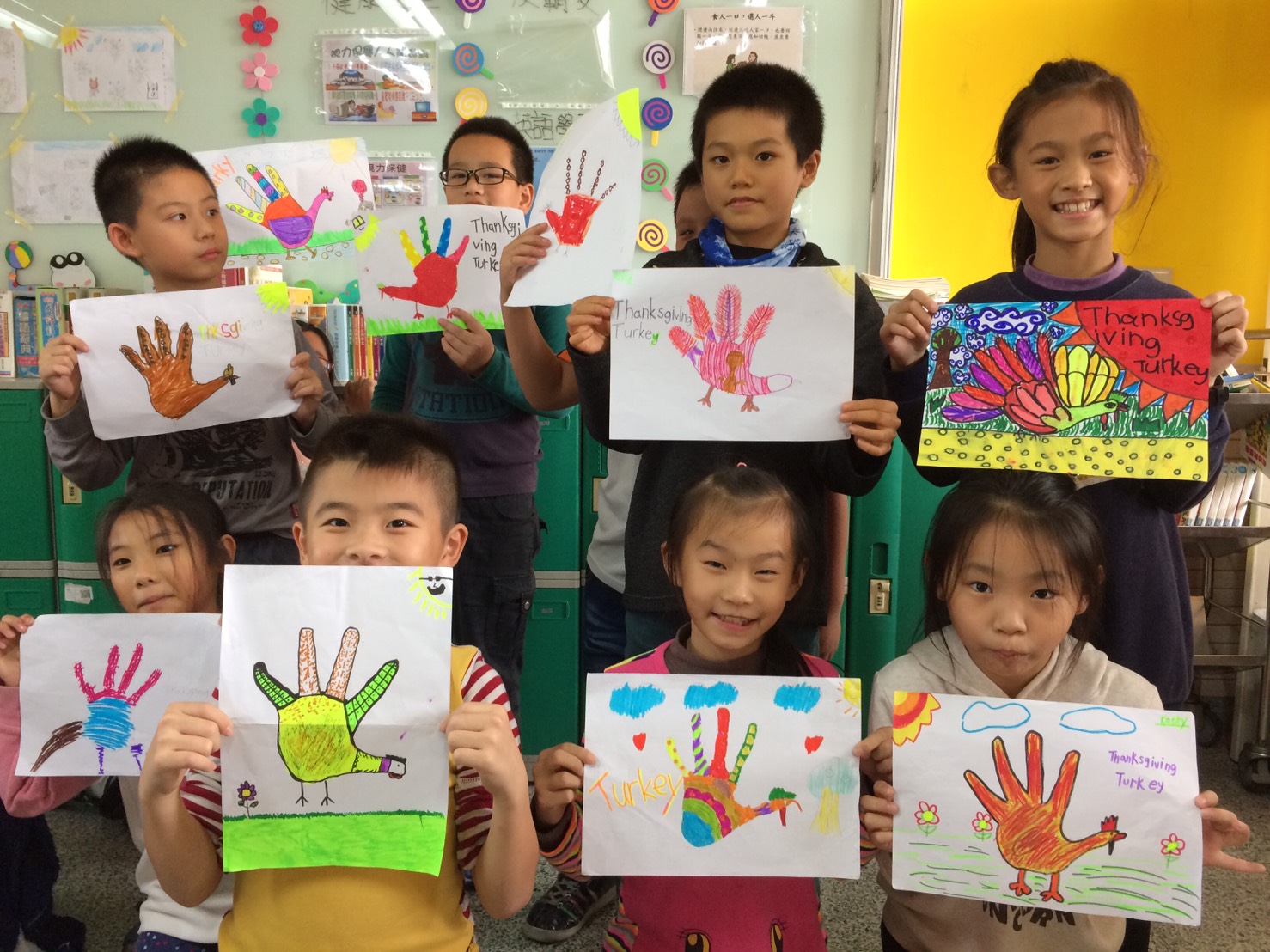
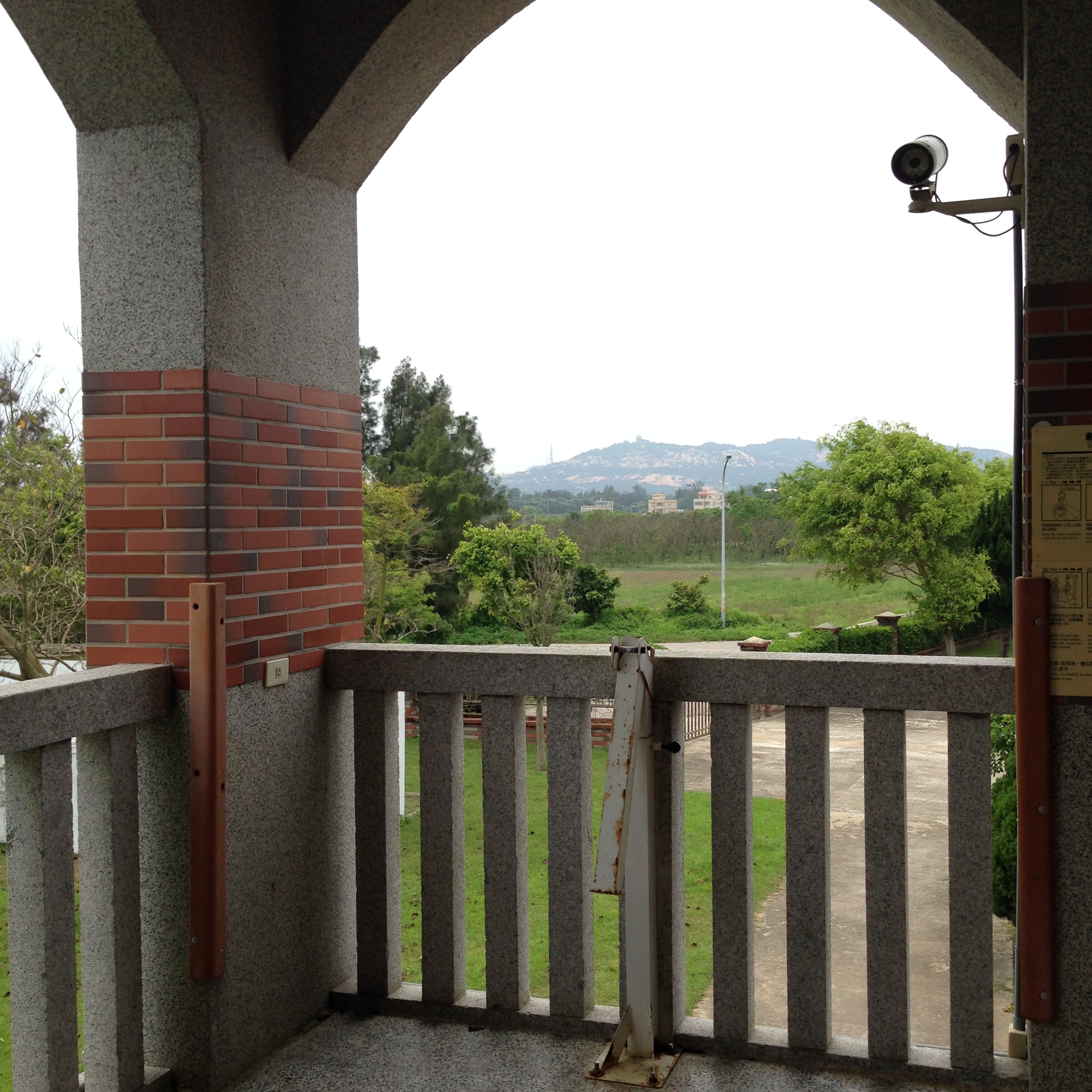
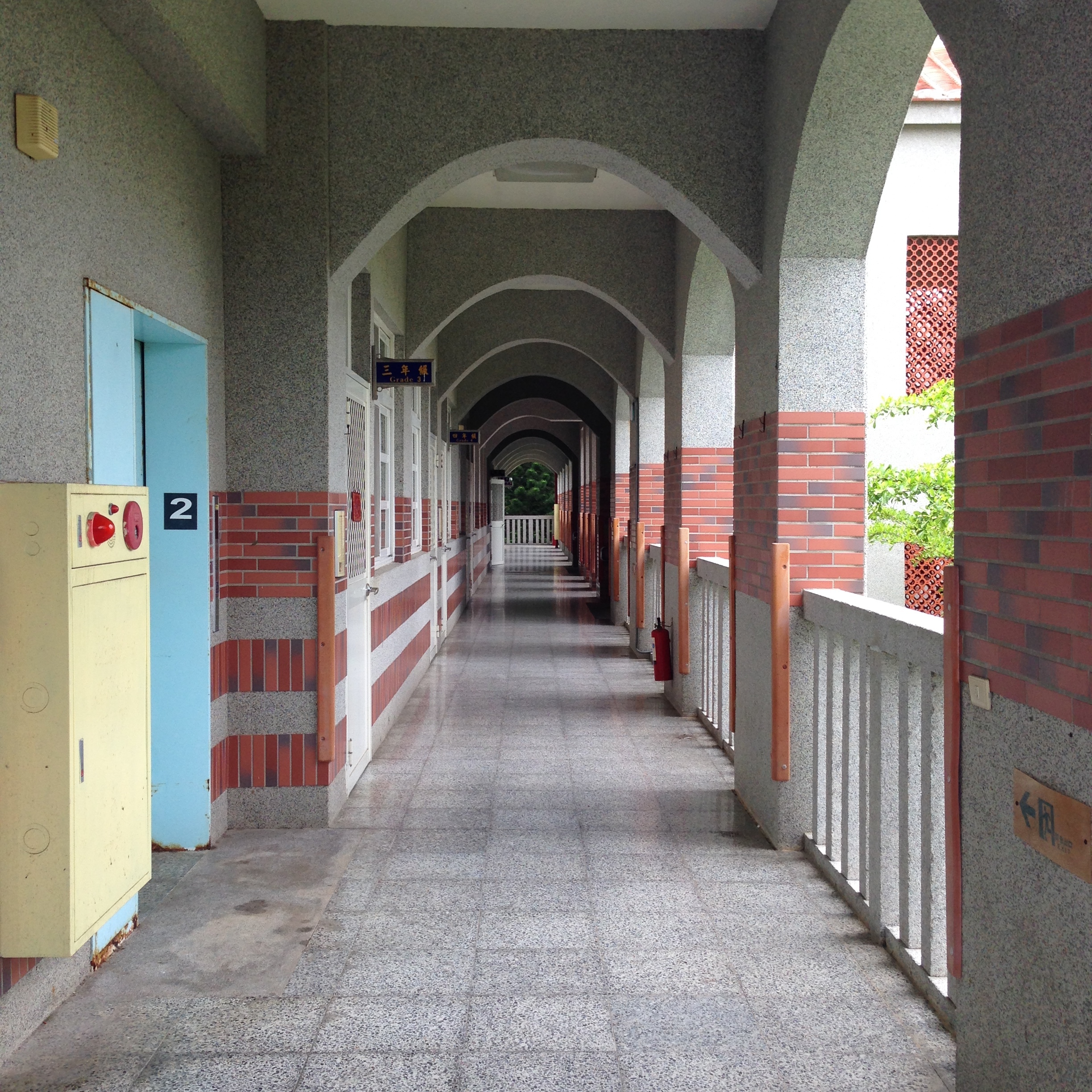

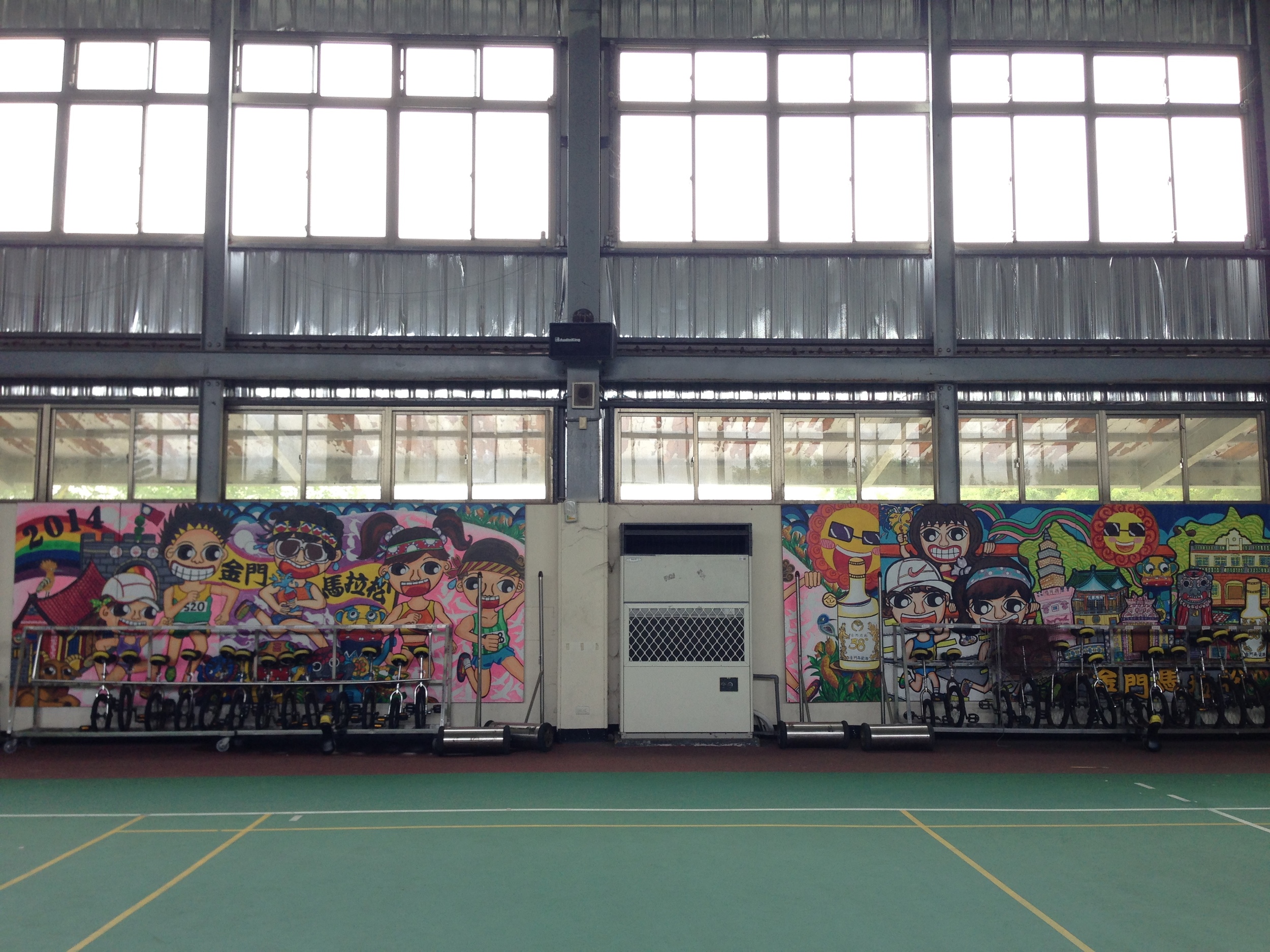


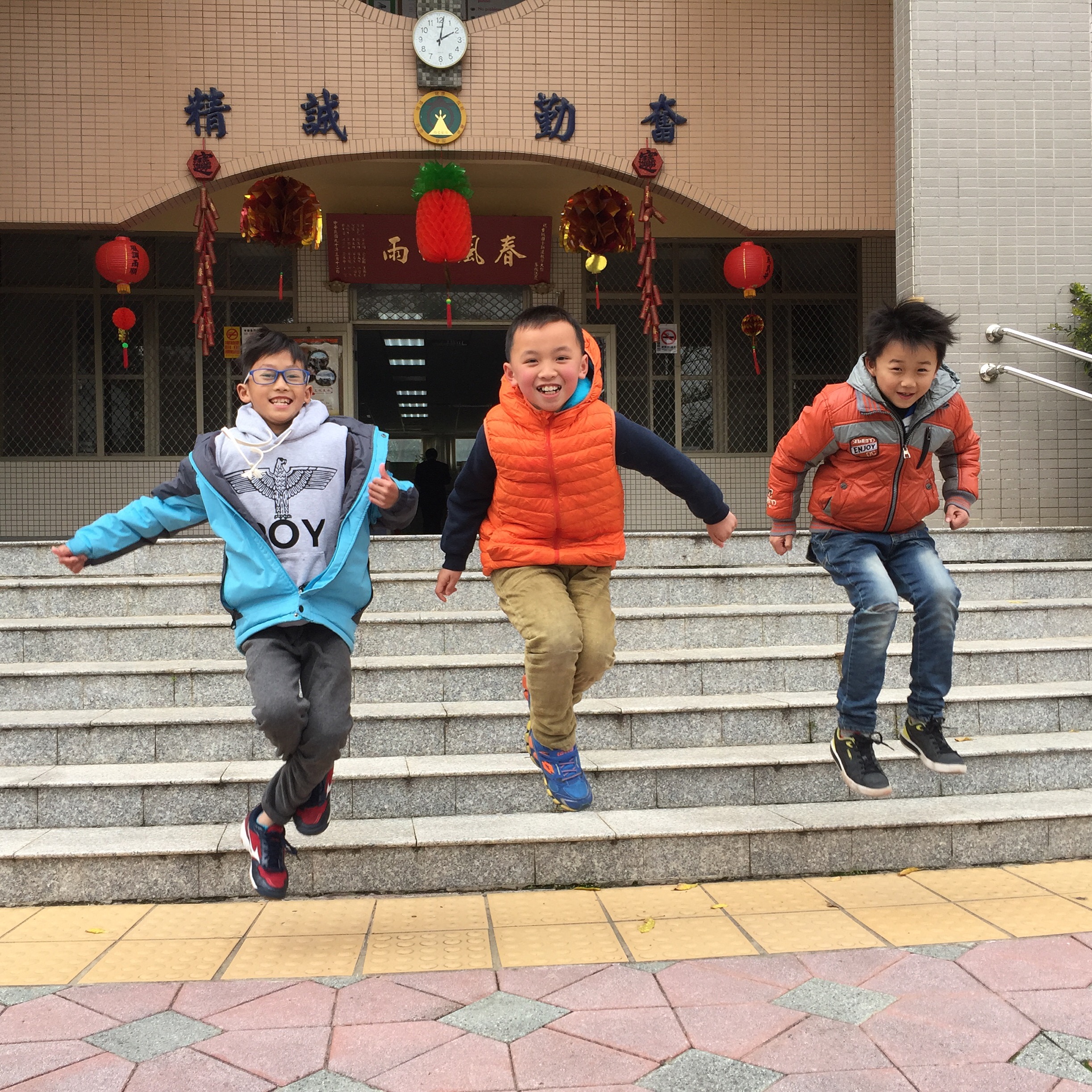
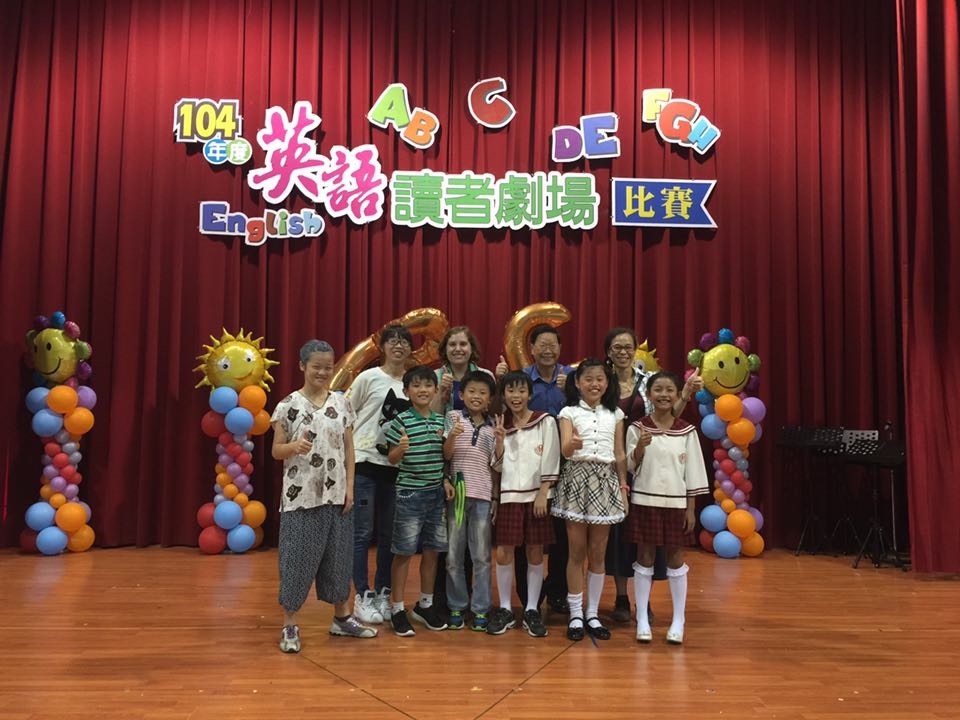
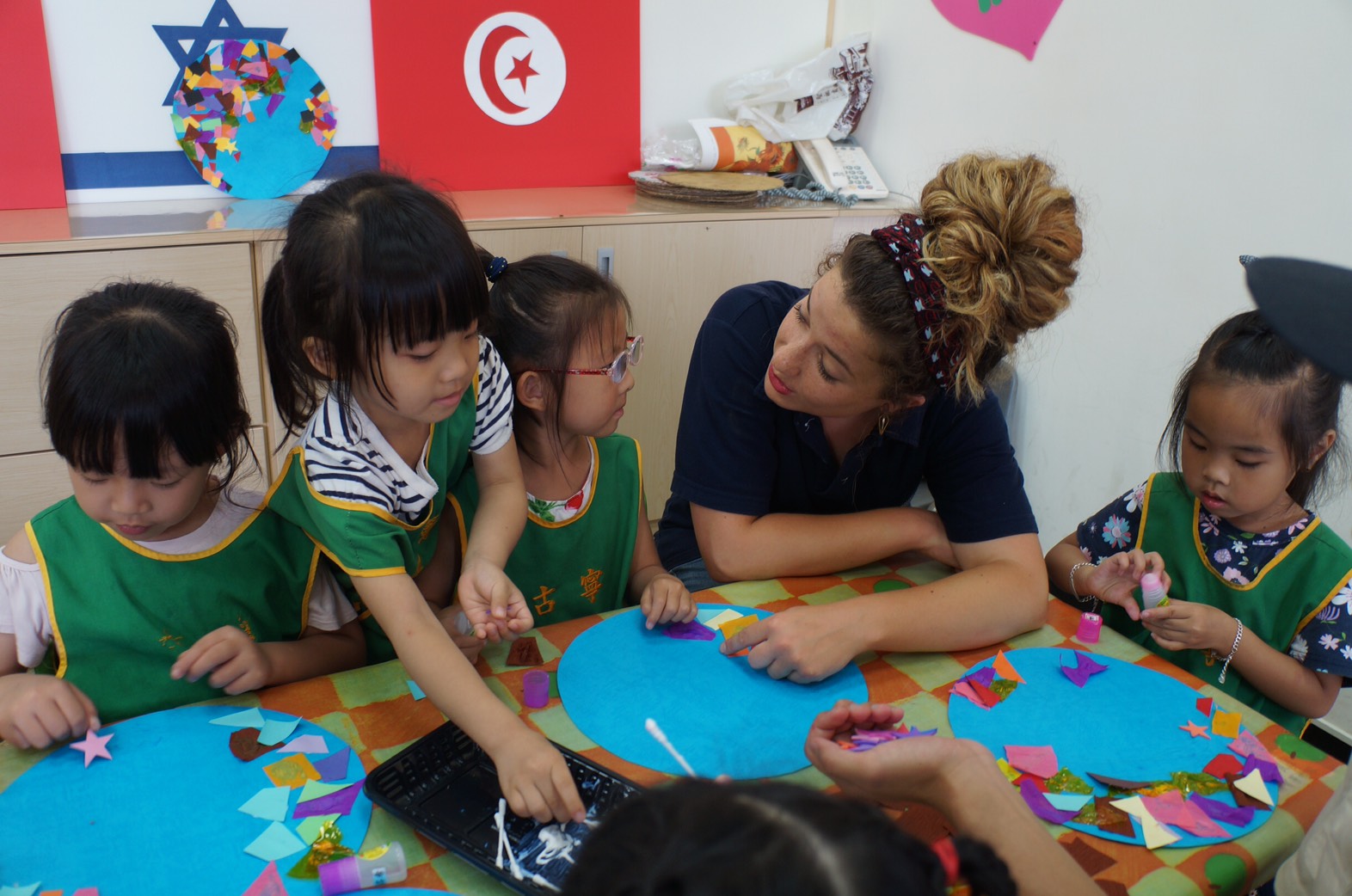

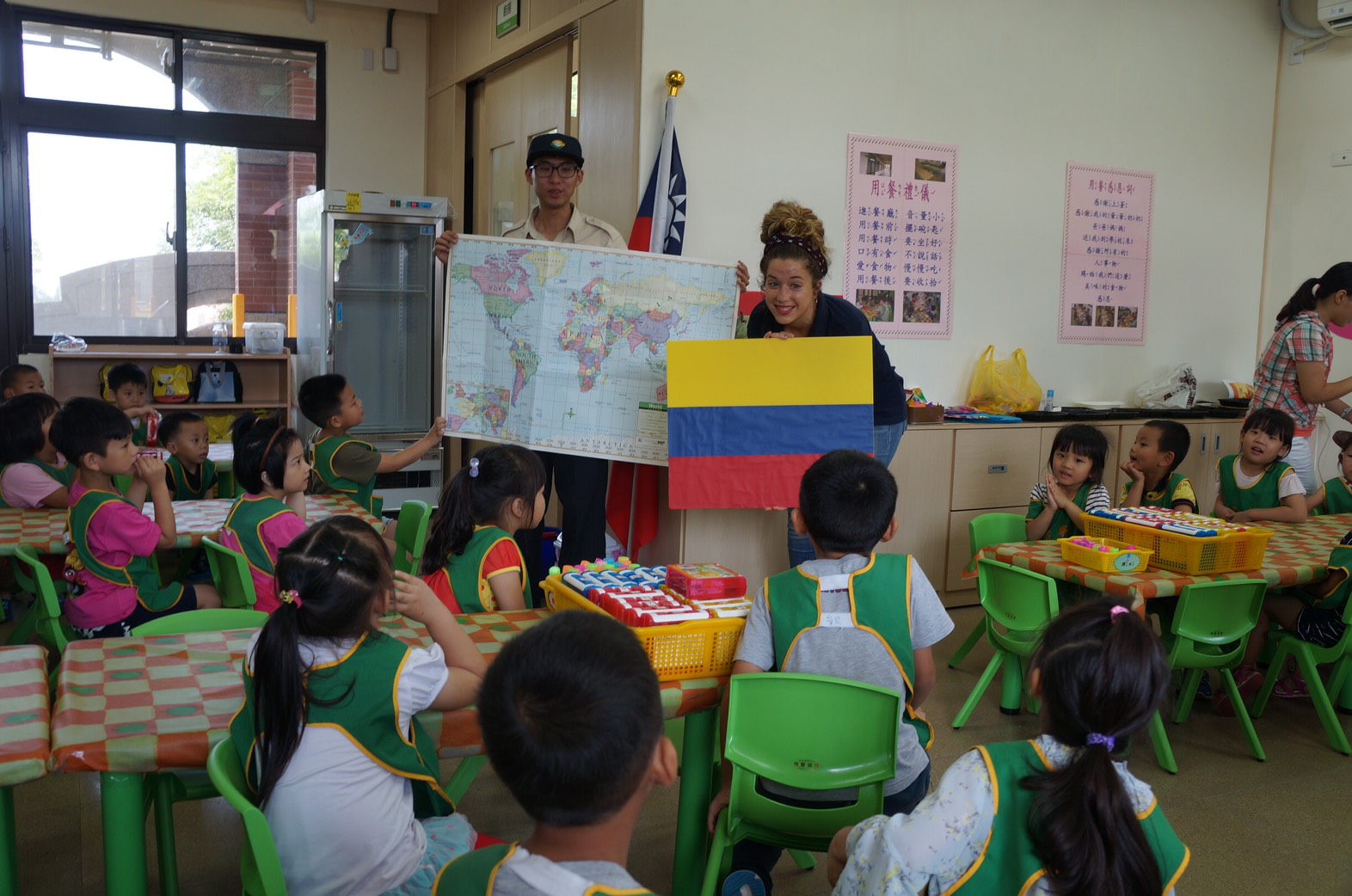
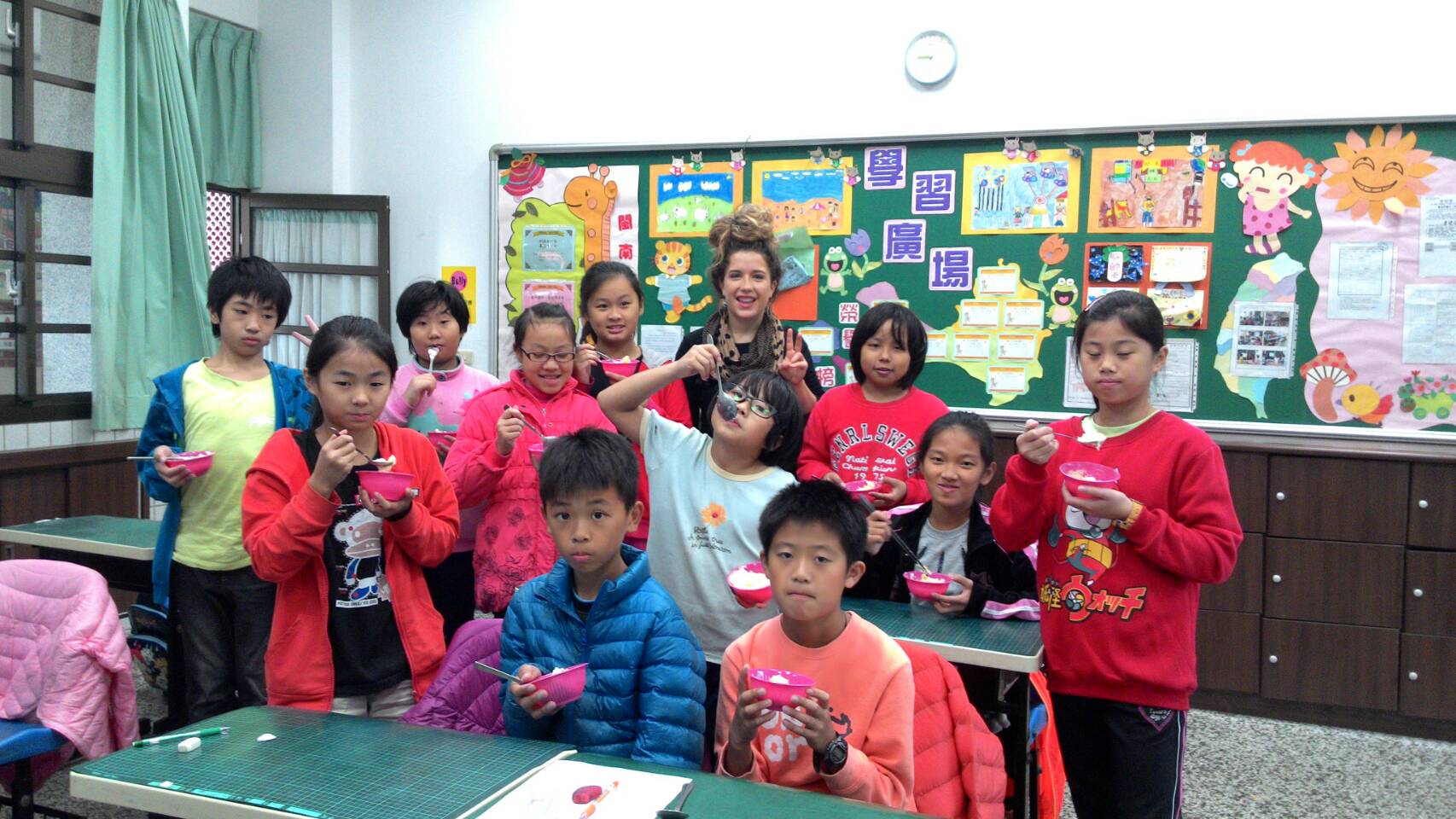





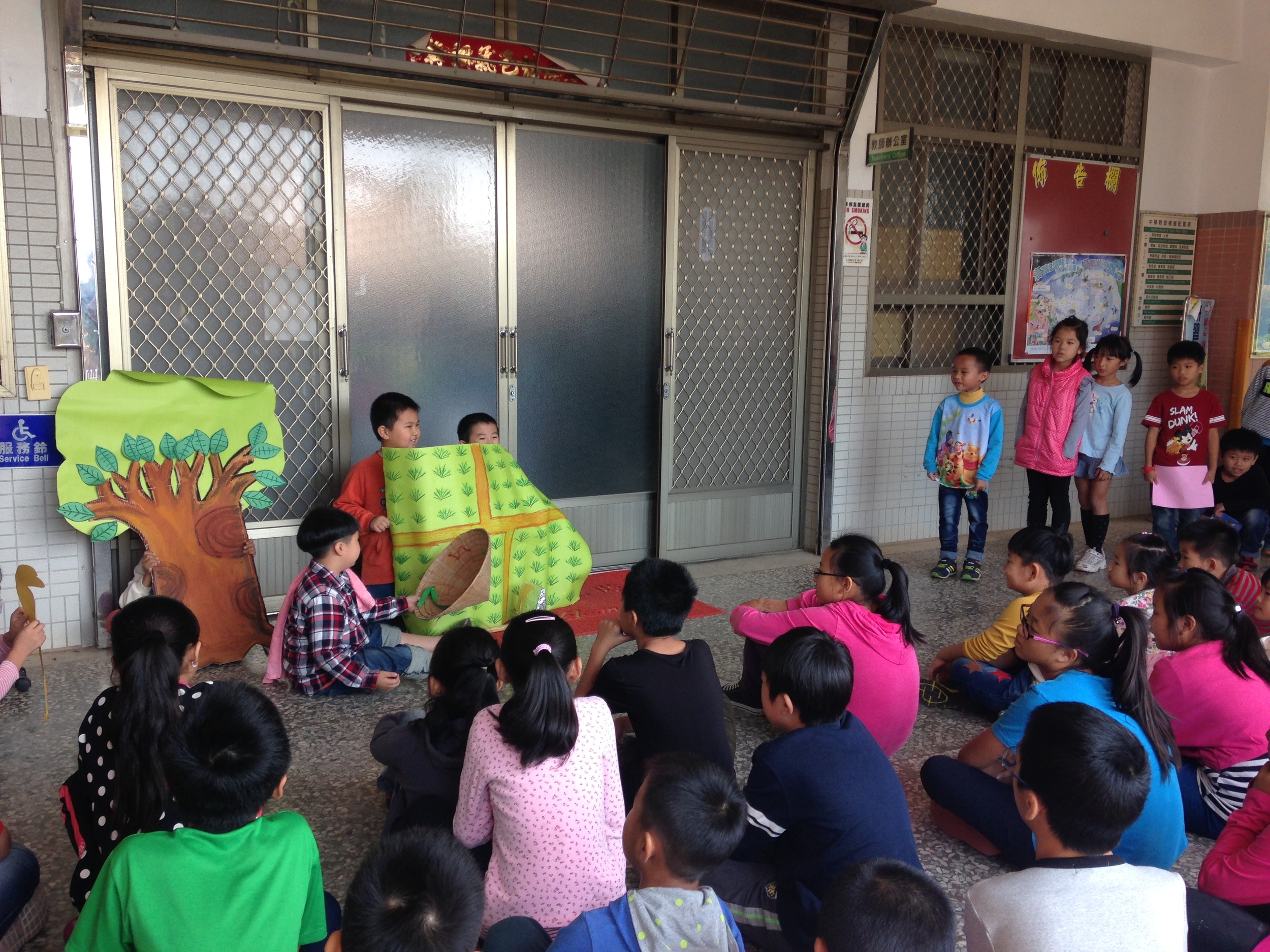
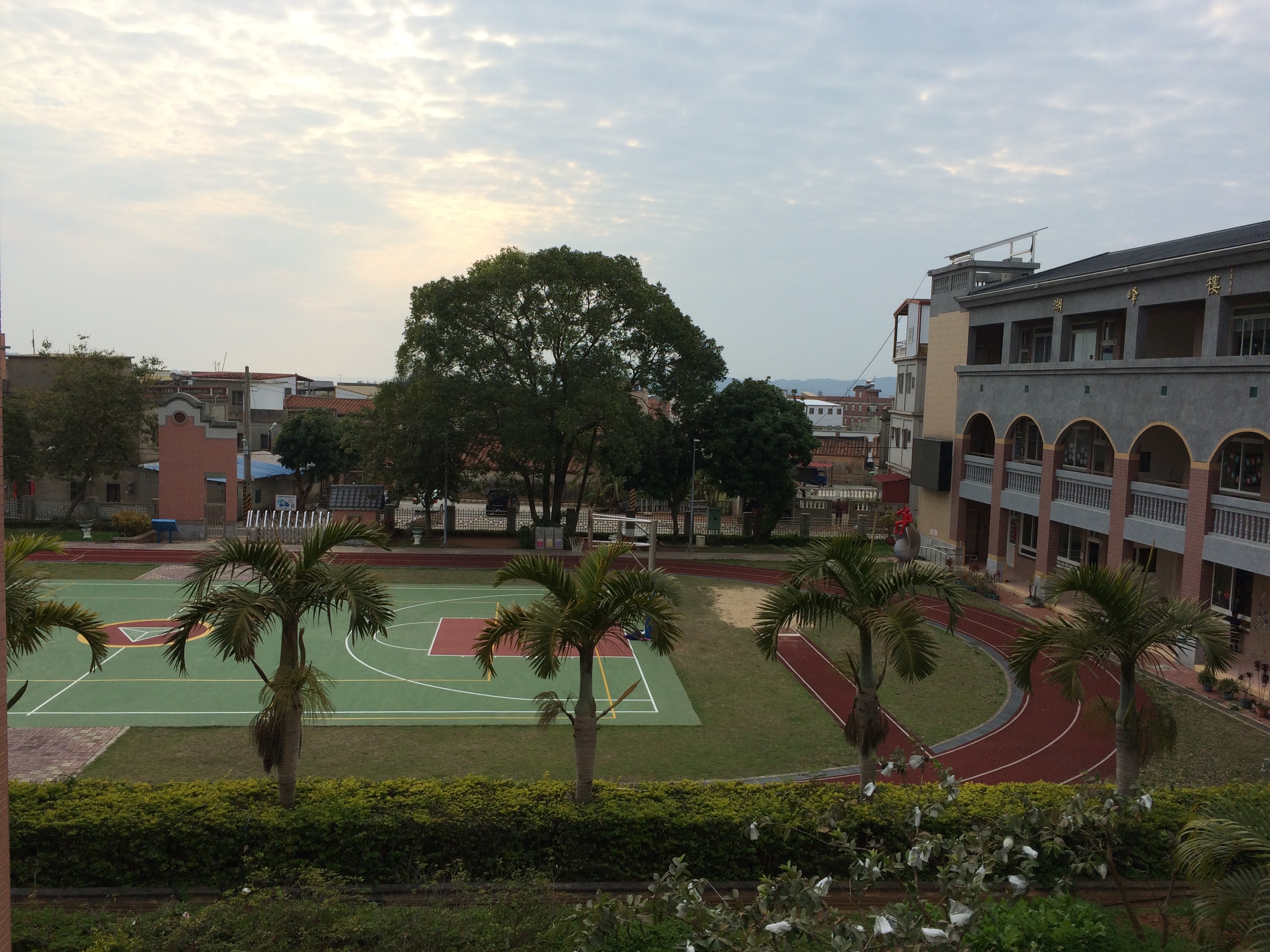
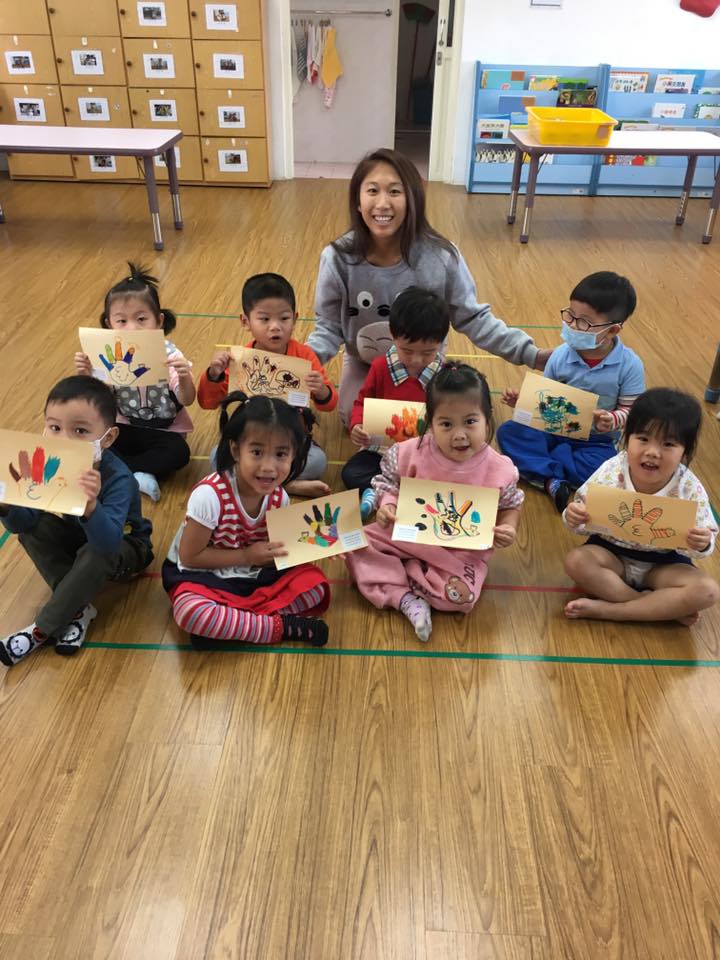
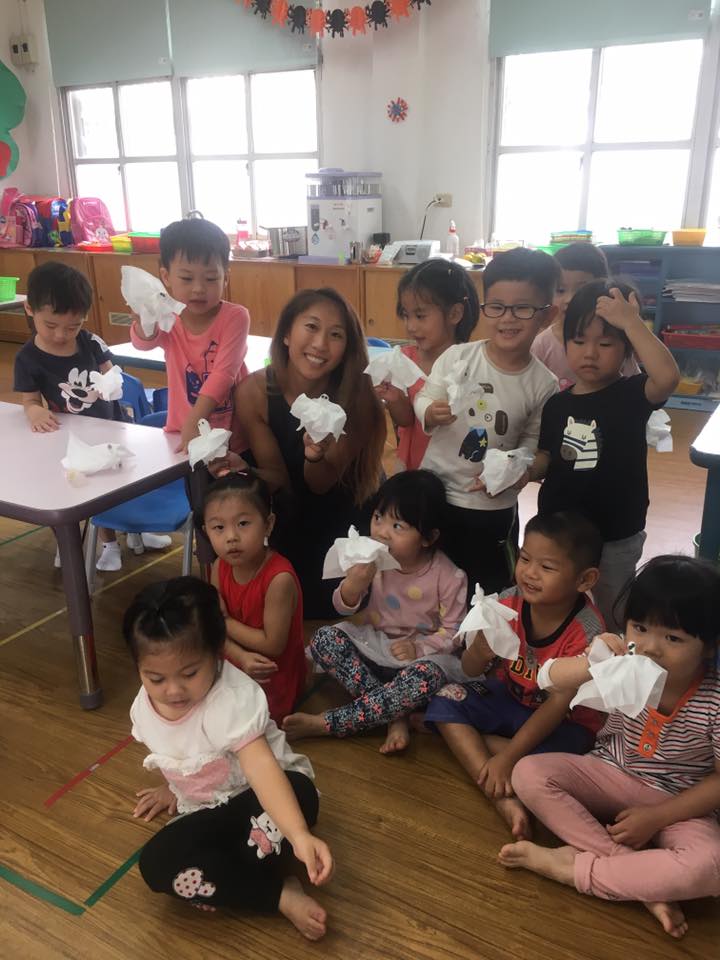
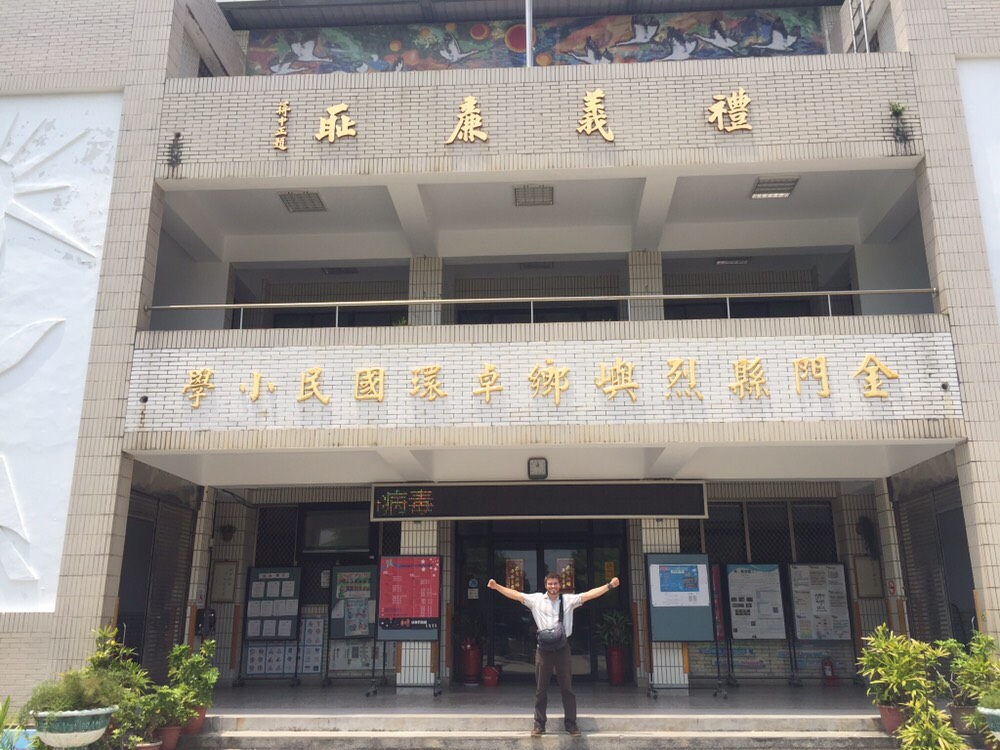
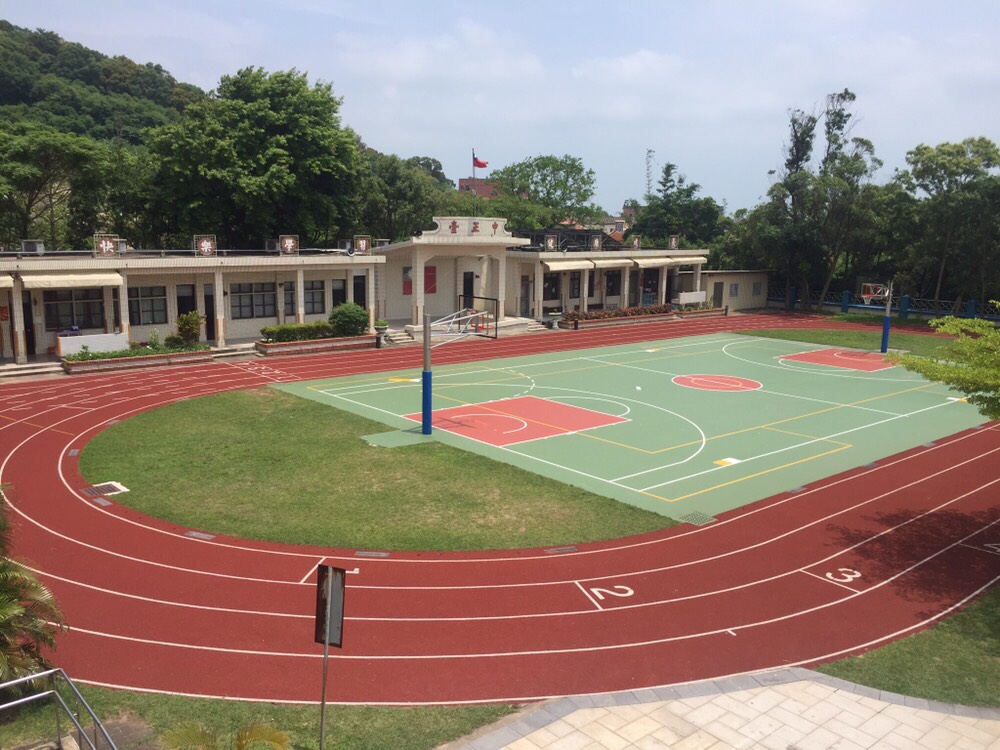


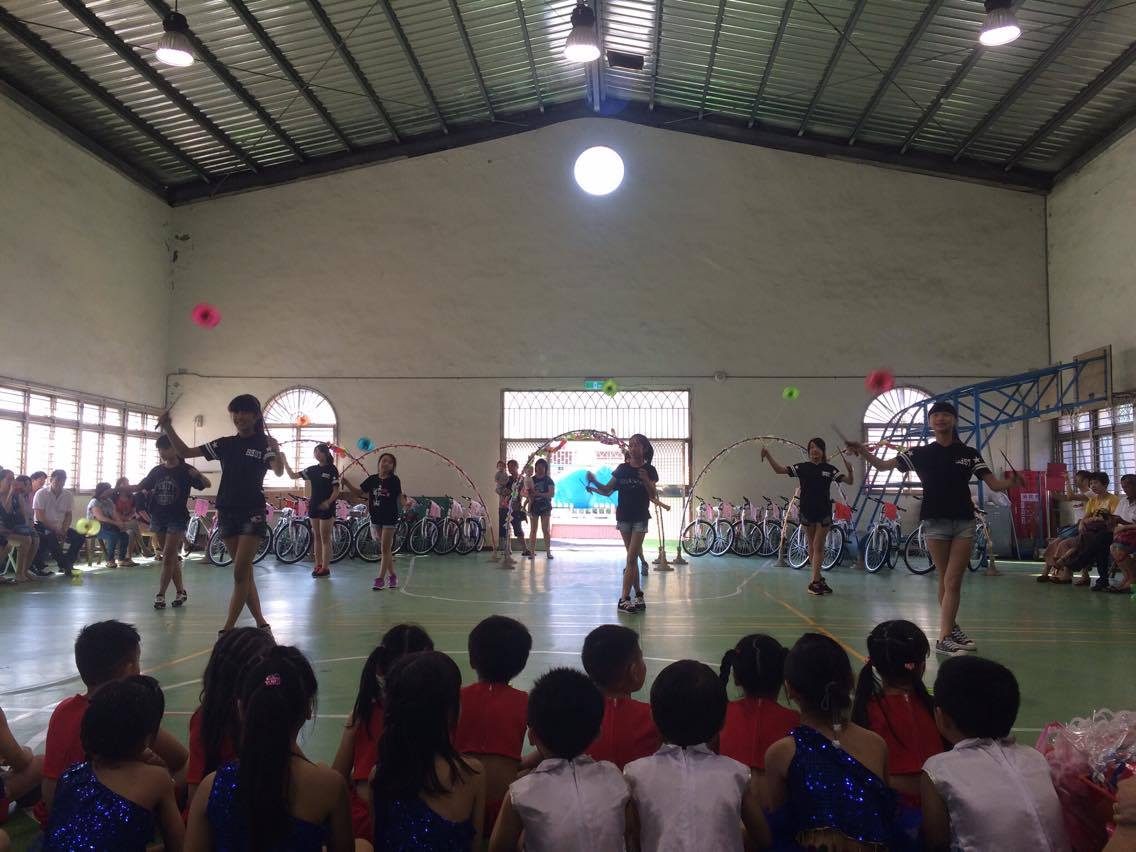
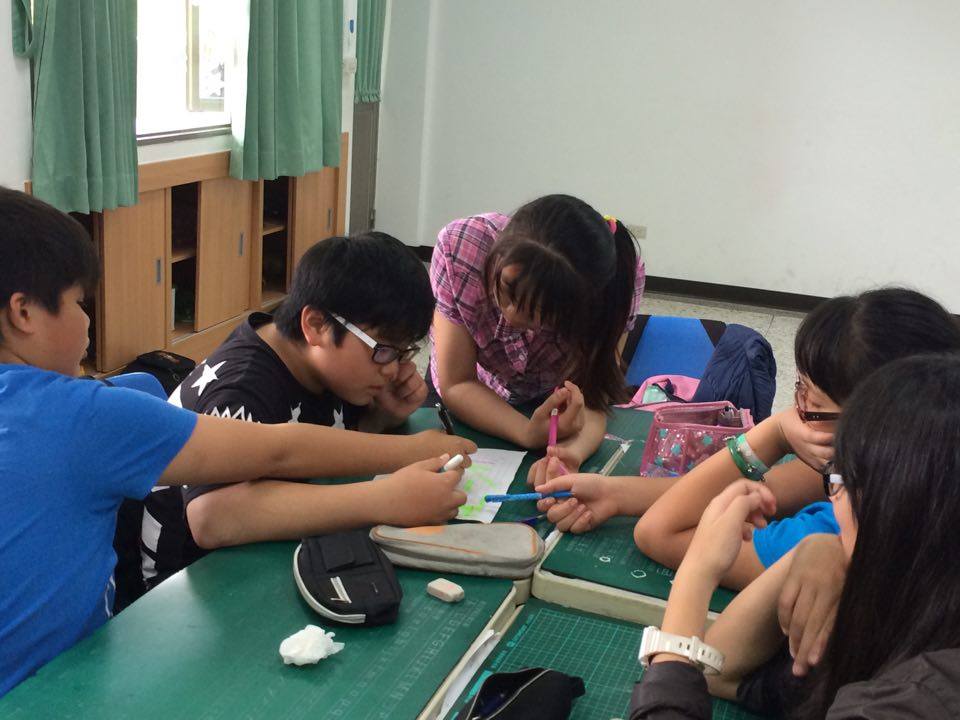

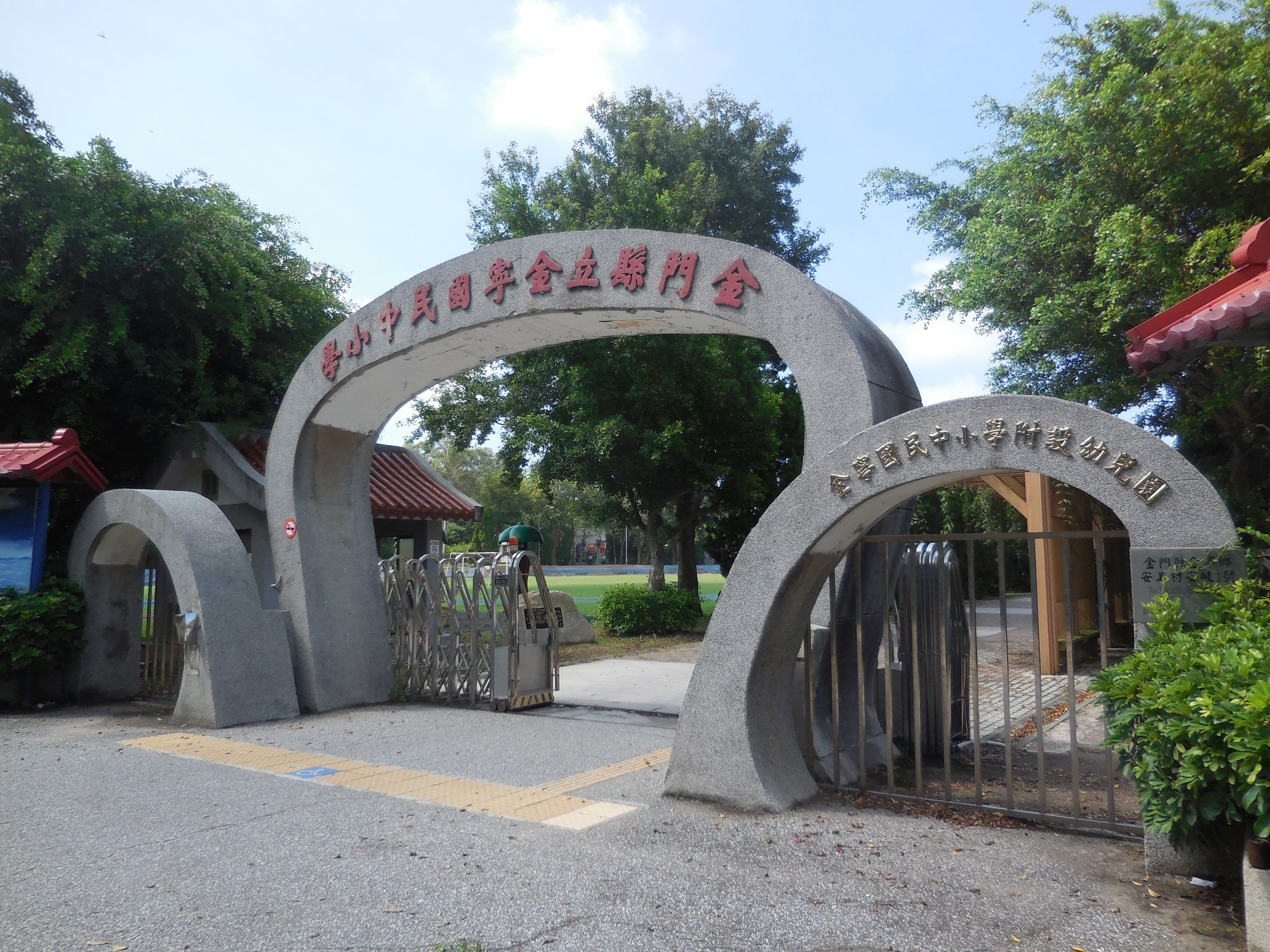
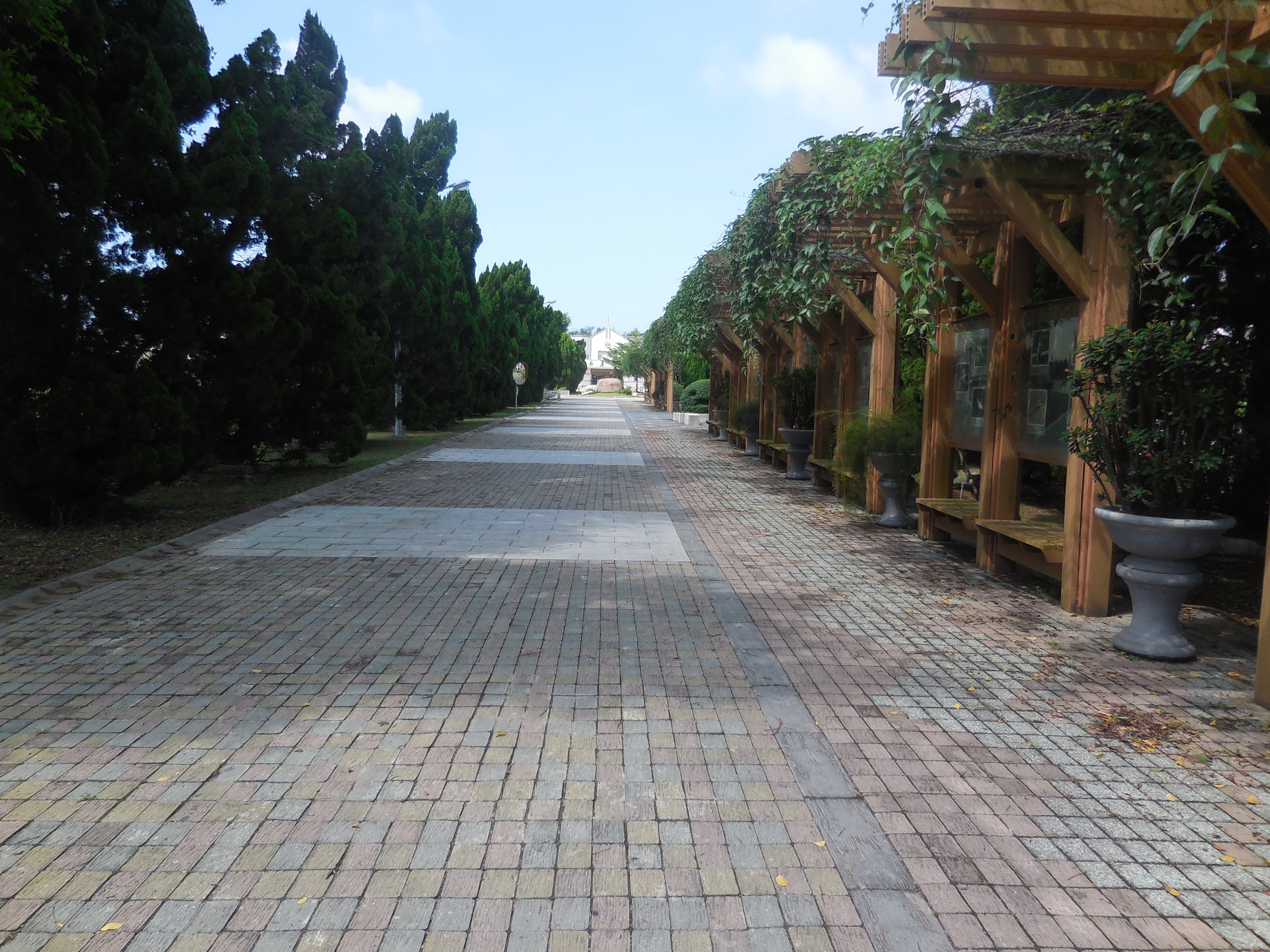
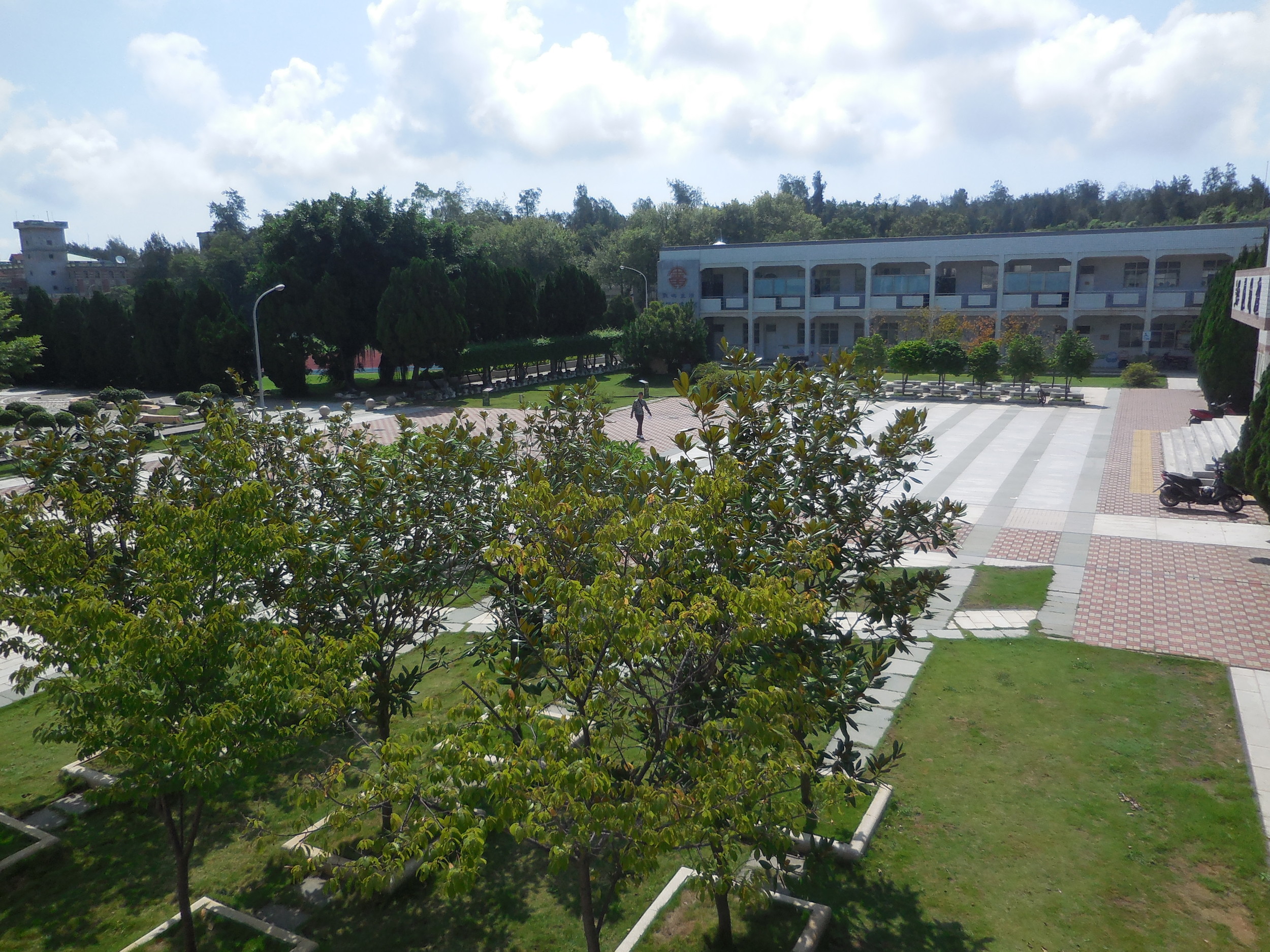

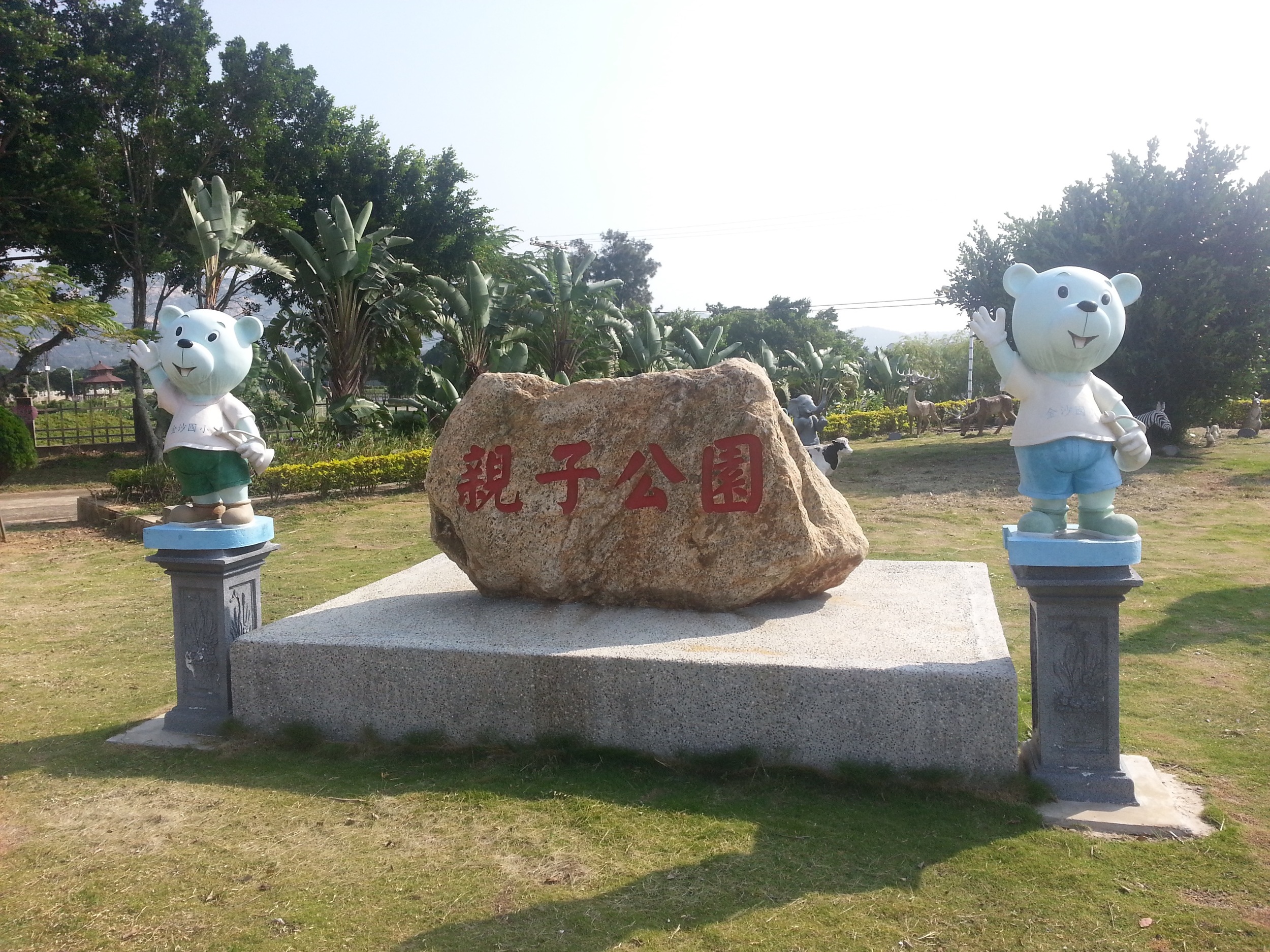


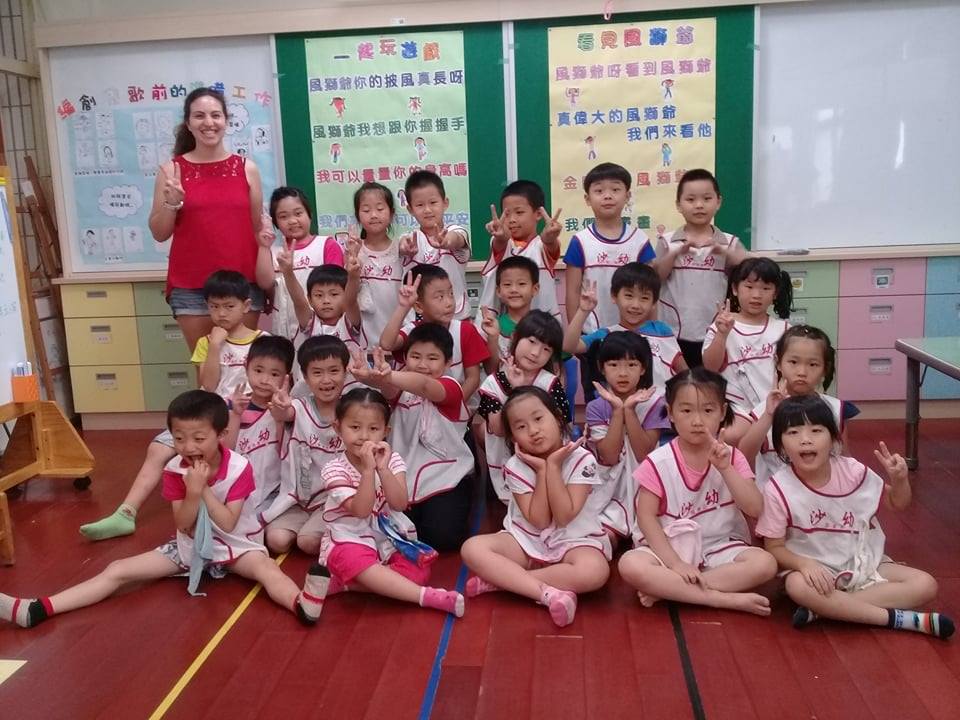
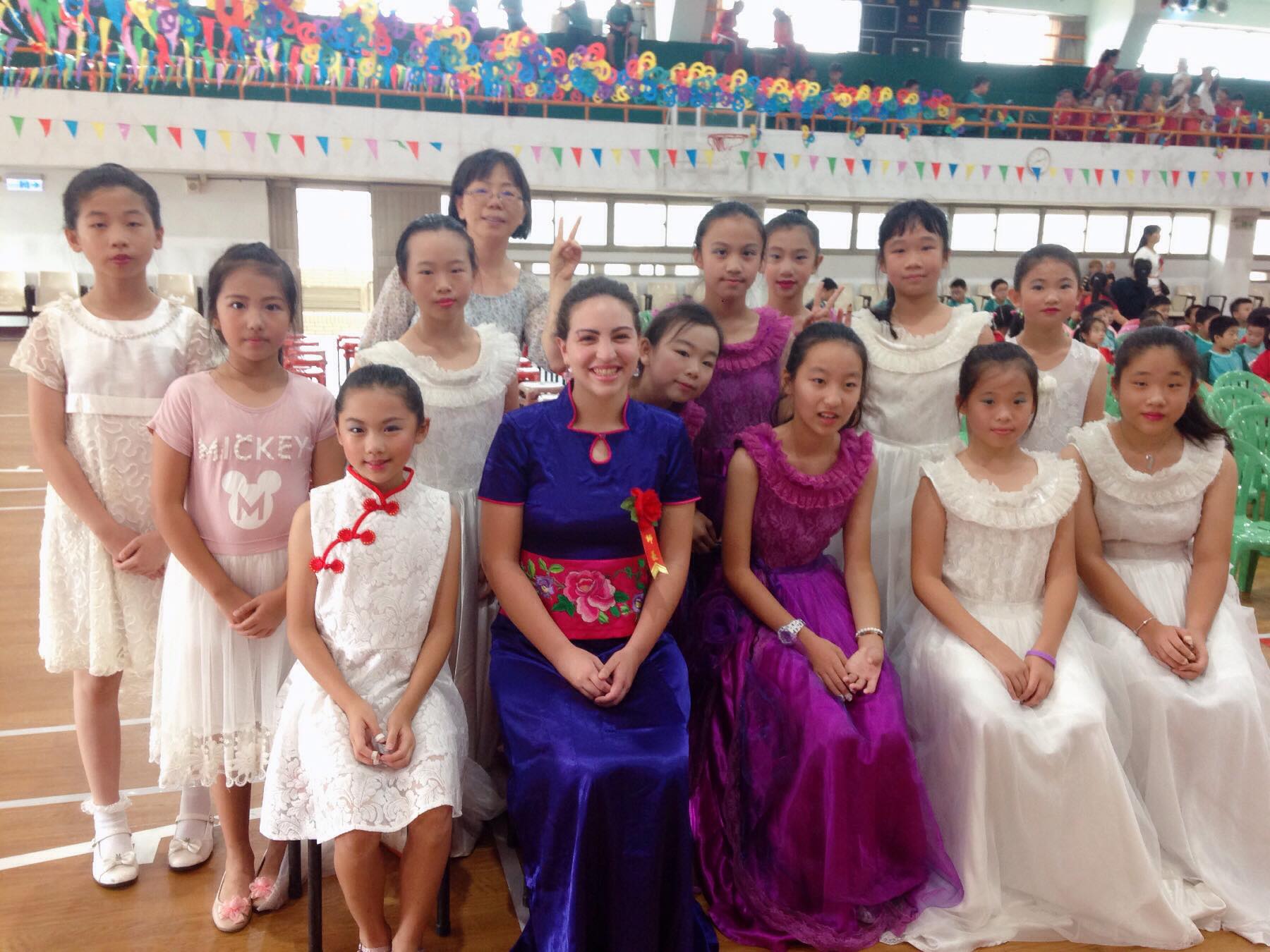
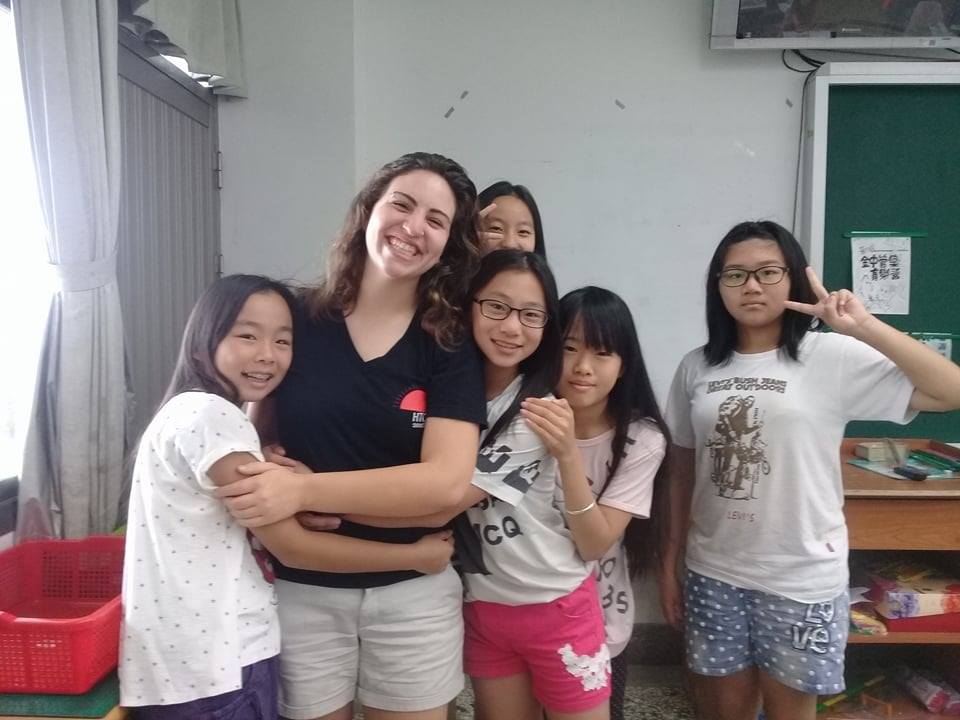

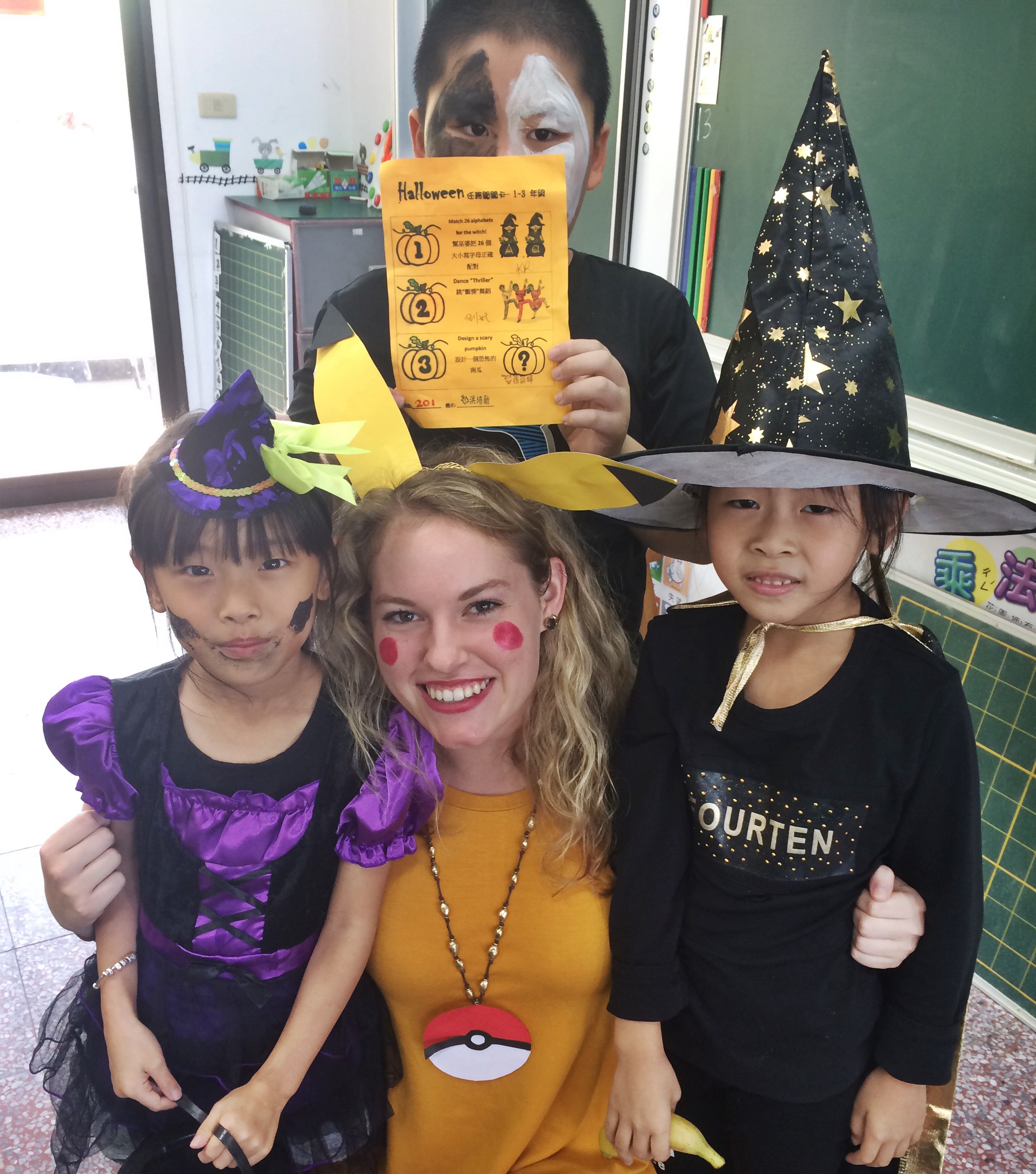
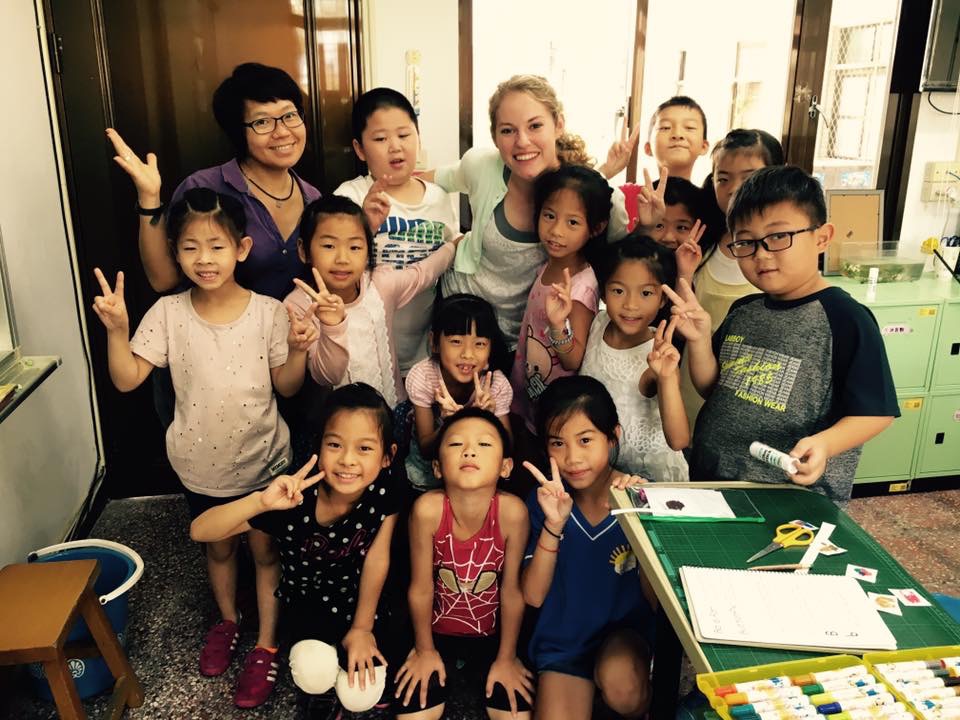


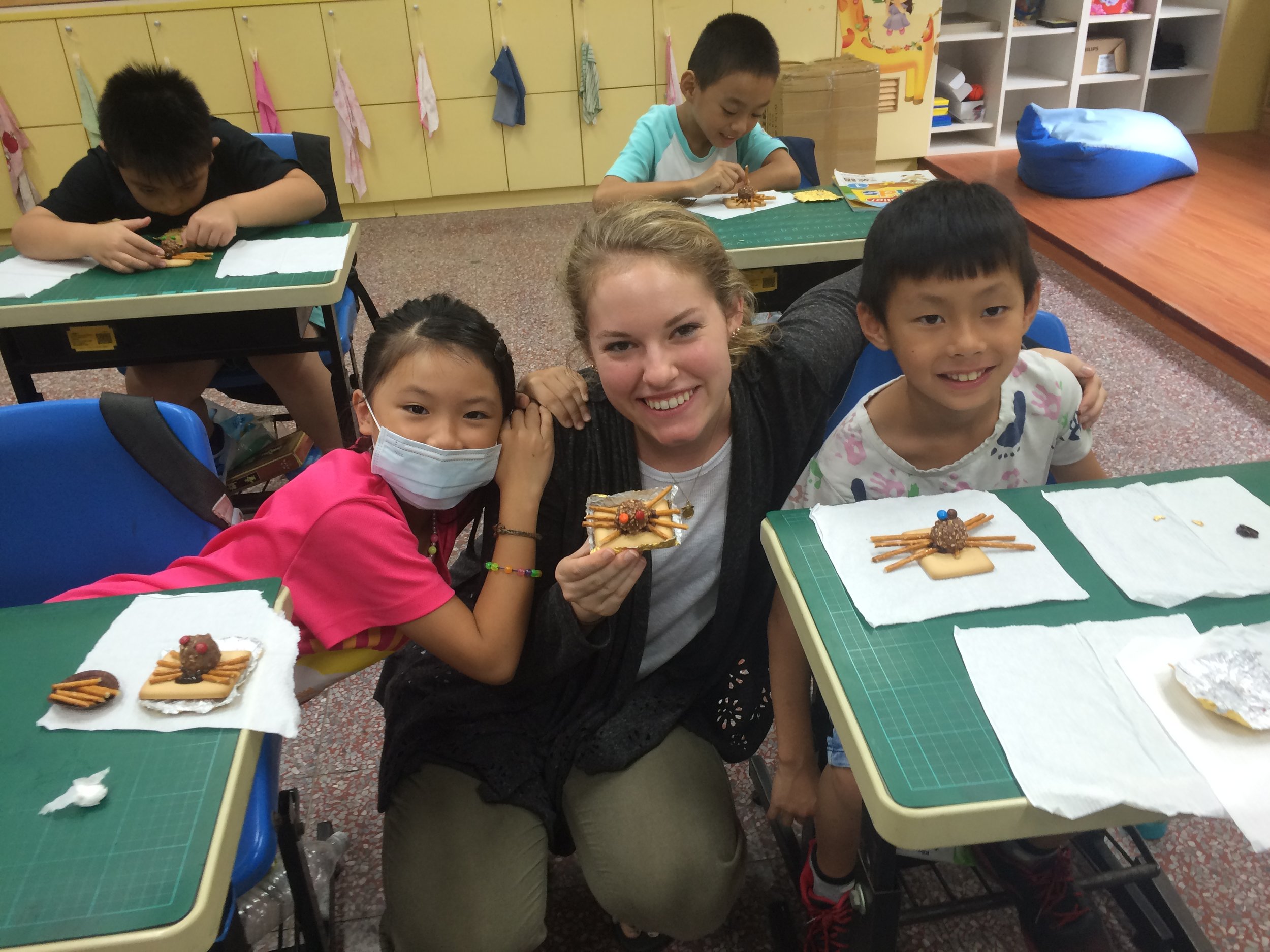


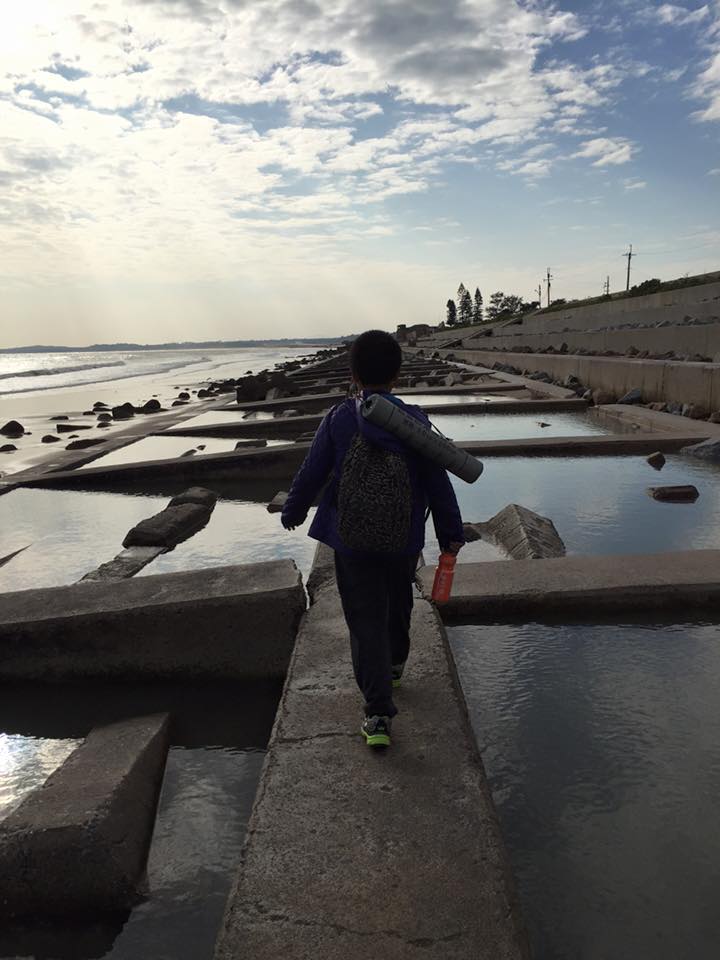

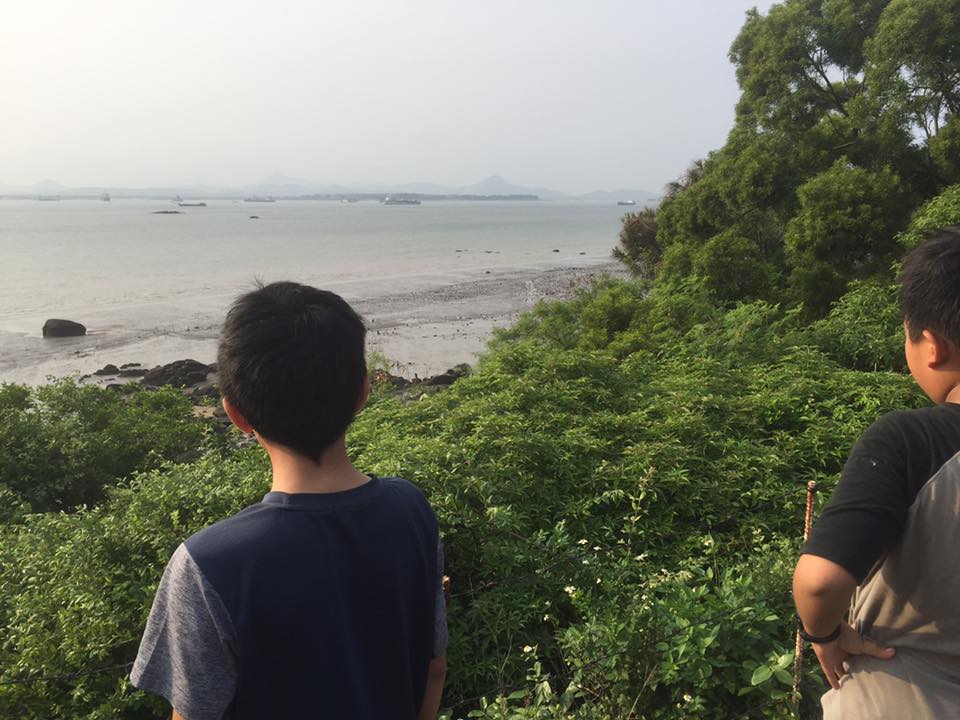
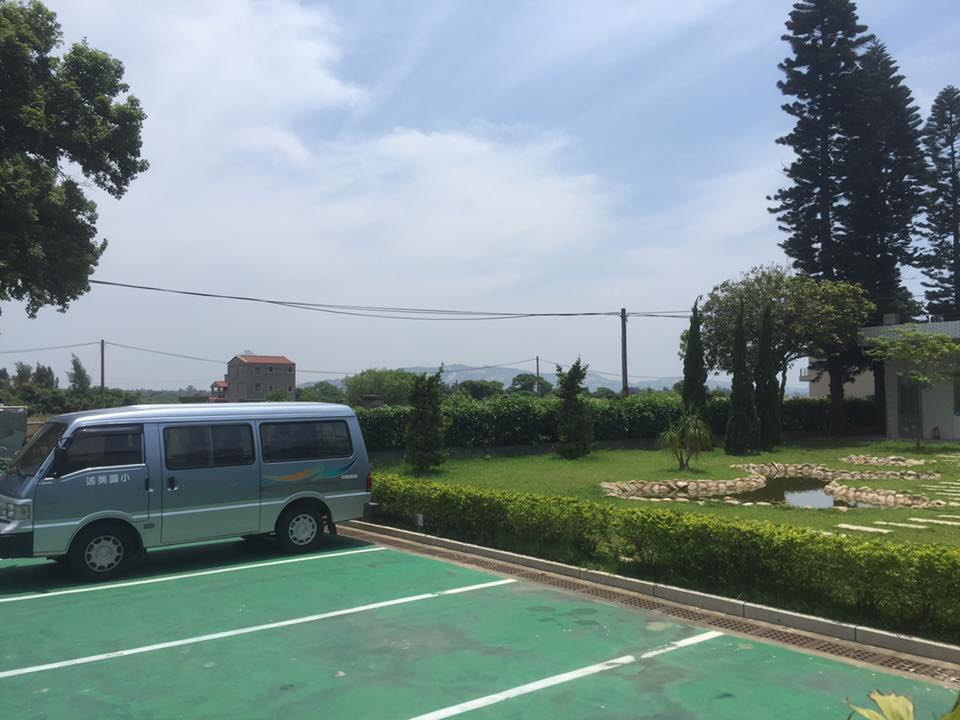
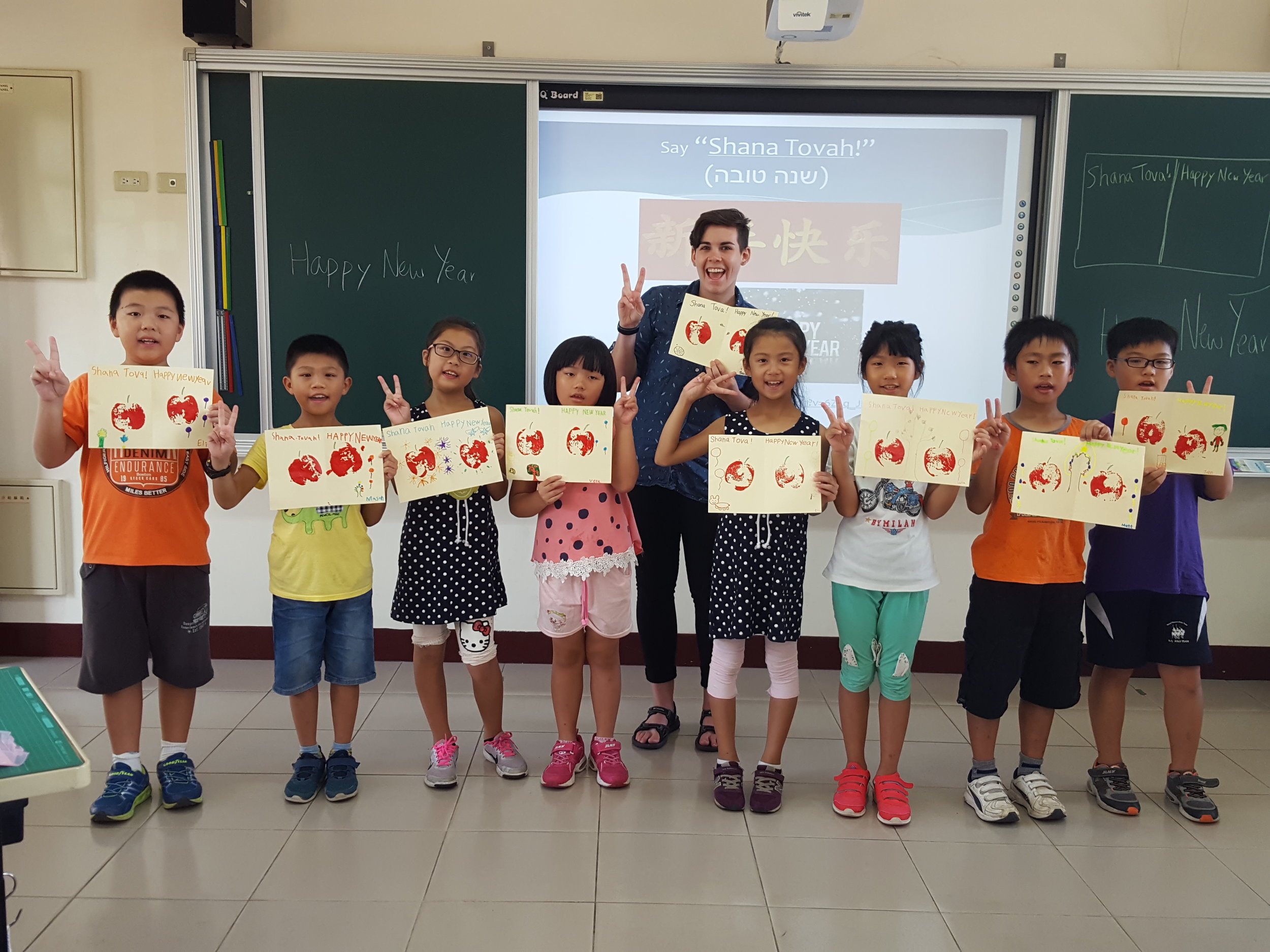




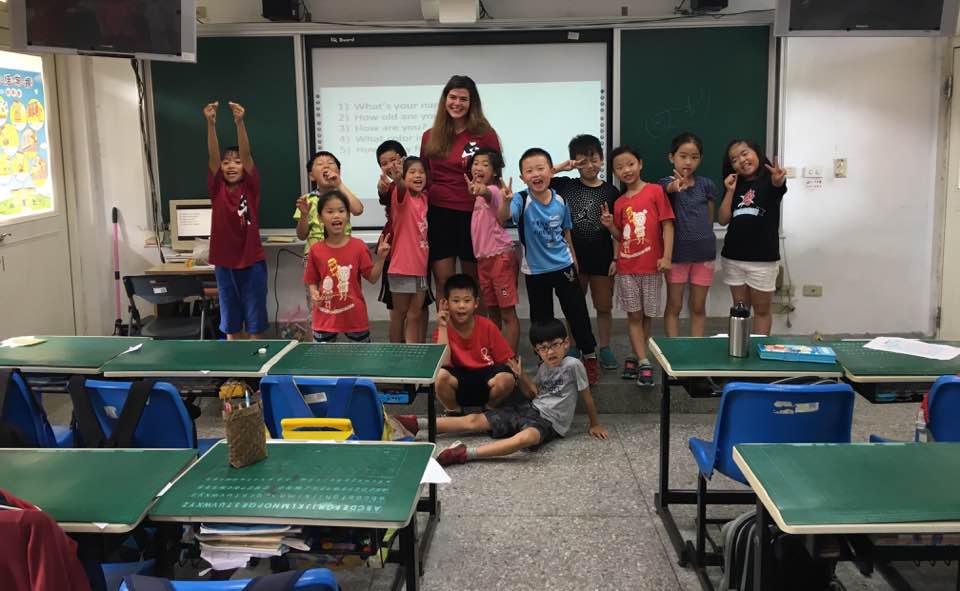
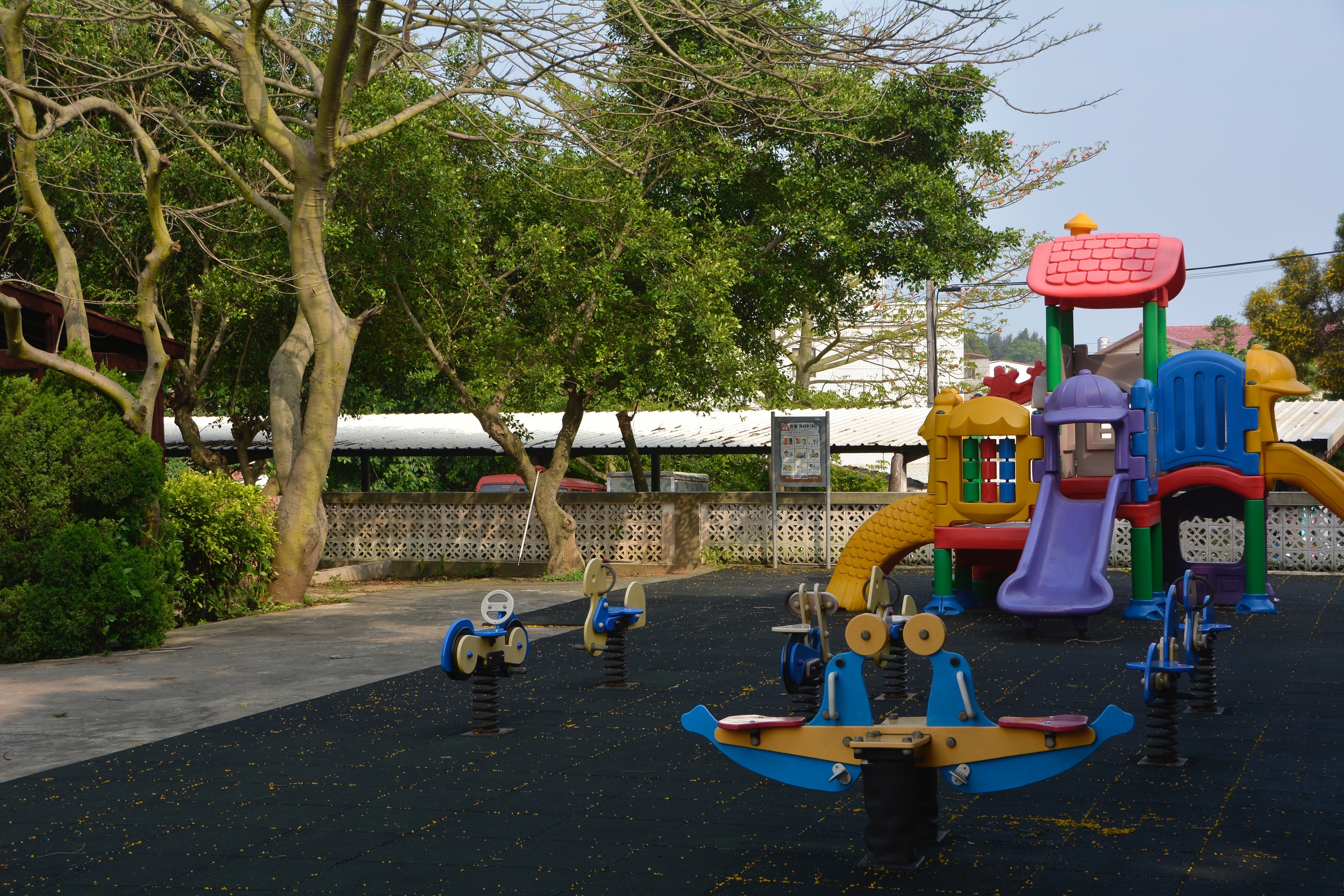
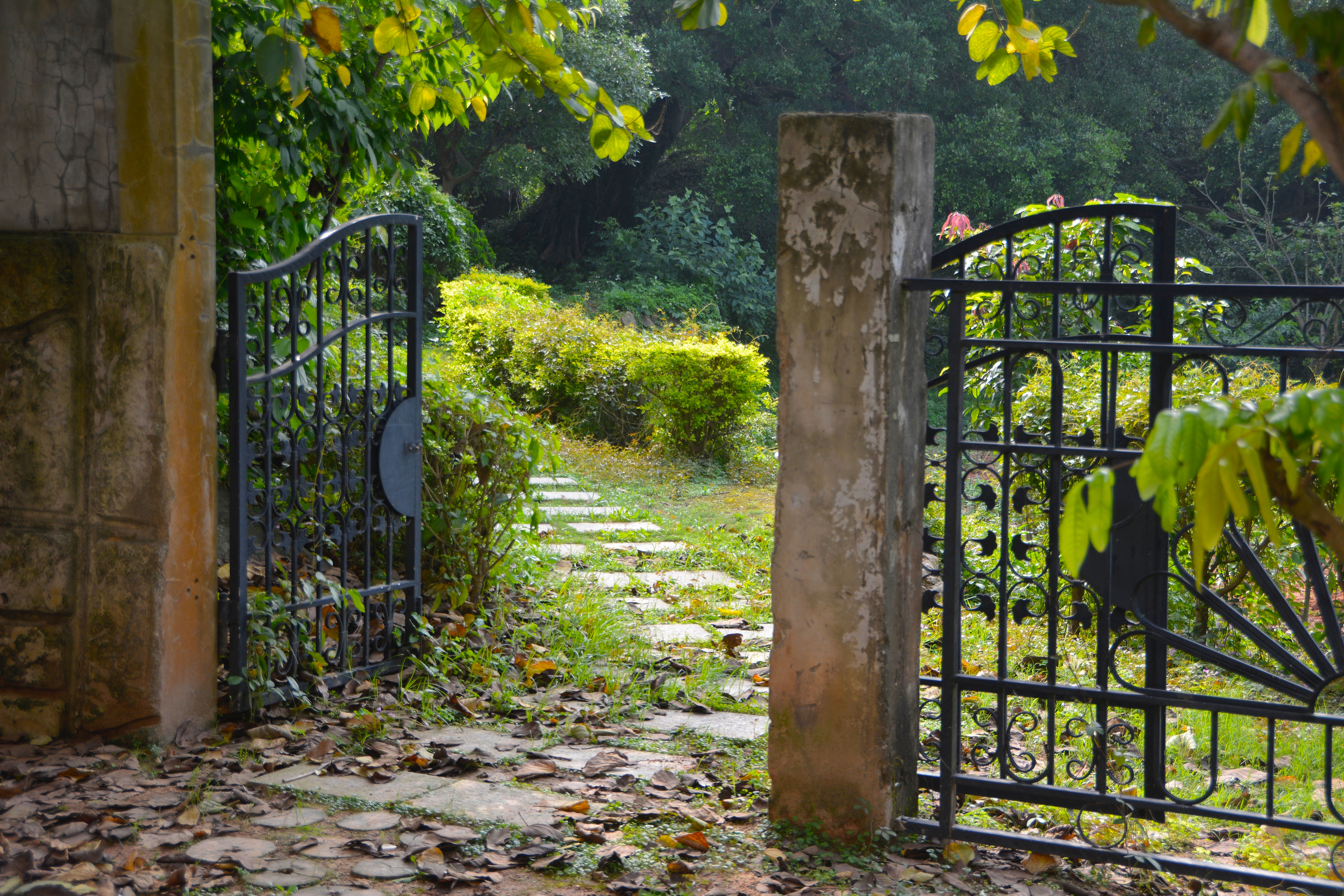
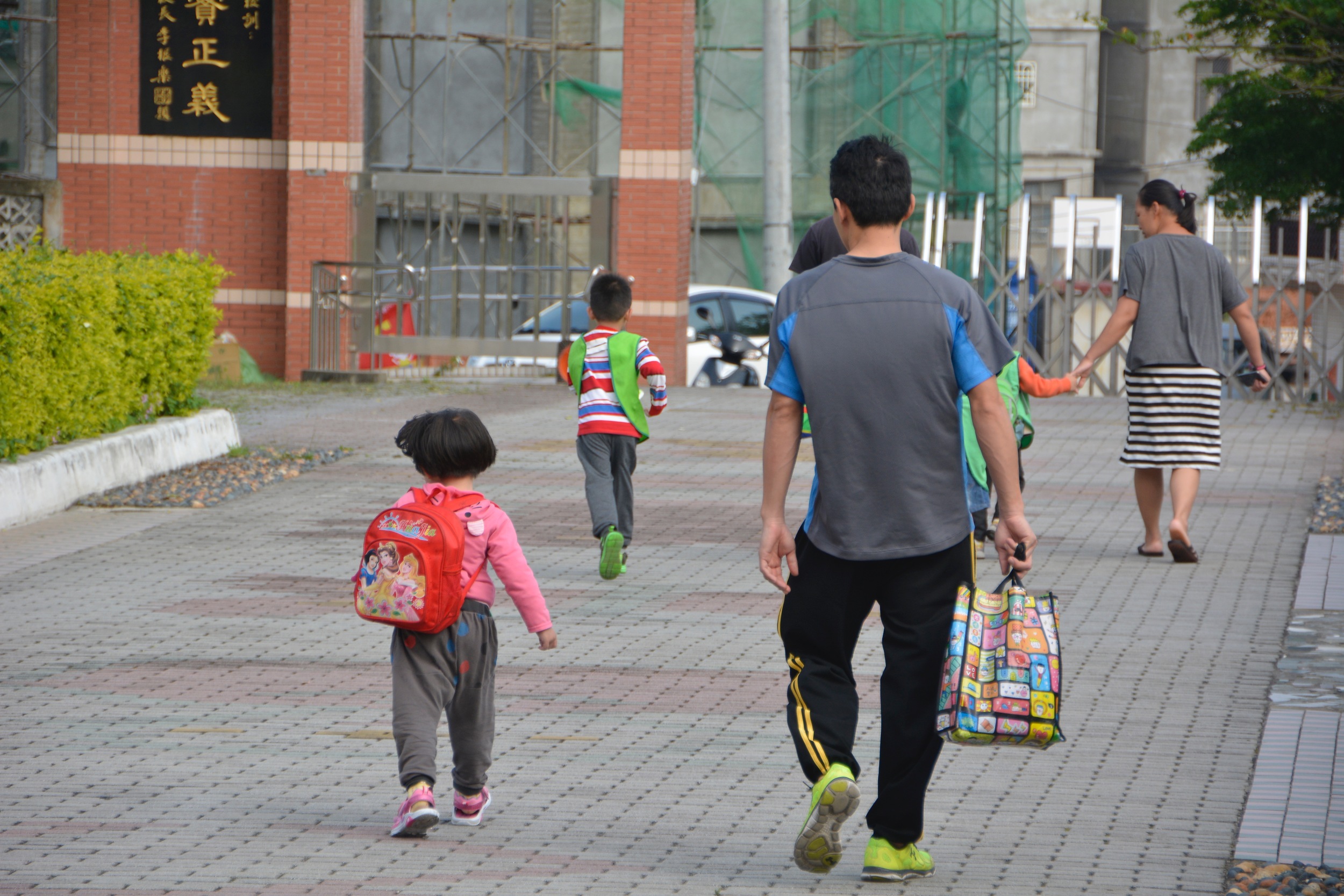
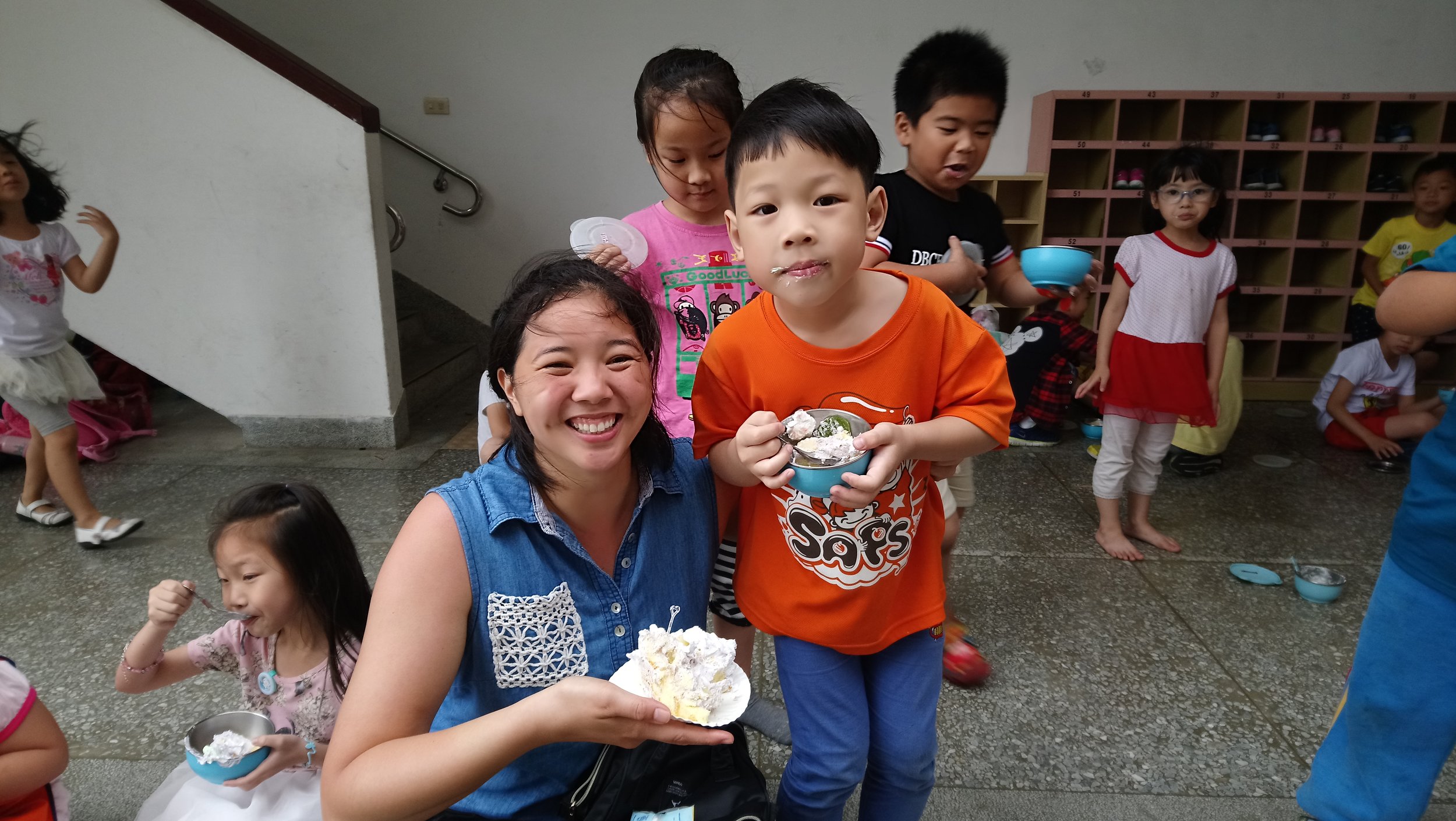
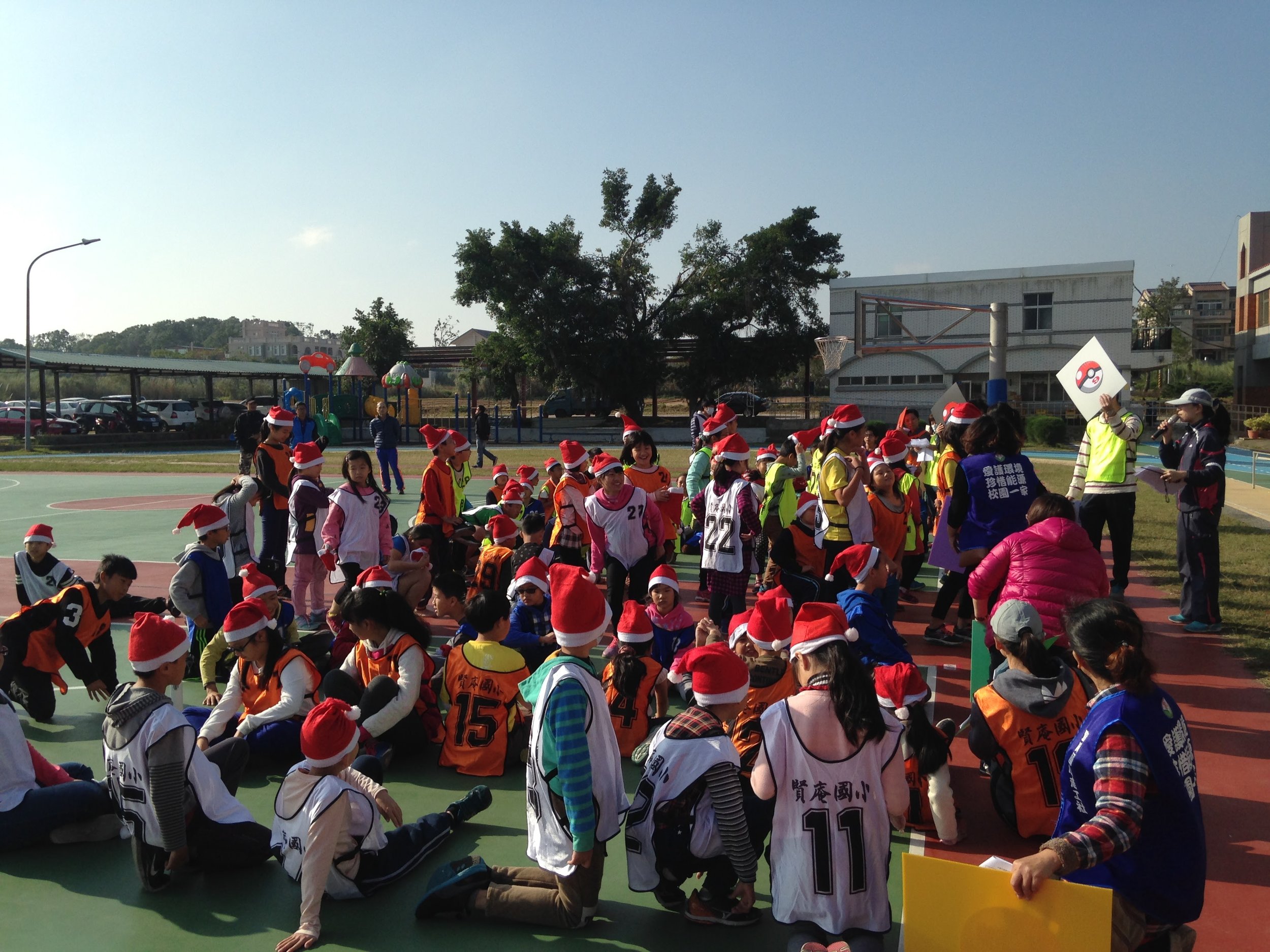
![20170619_144623[1].jpg](https://images.squarespace-cdn.com/content/v1/56381eaae4b00f40082214a6/1503026112410-F3A56E3SKYNZ8FT0DZ57/20170619_144623%5B1%5D.jpg)
